Better for climate does not mean sacrificing quality
With farmers and the Government embroiled in an at times heated debate over the primary sectors input into climate change mitigation there’s some good news, with long-running research suggesting farmed animals bred for less impact on the climate are as healthy and produce meat quality just as good, if not better.
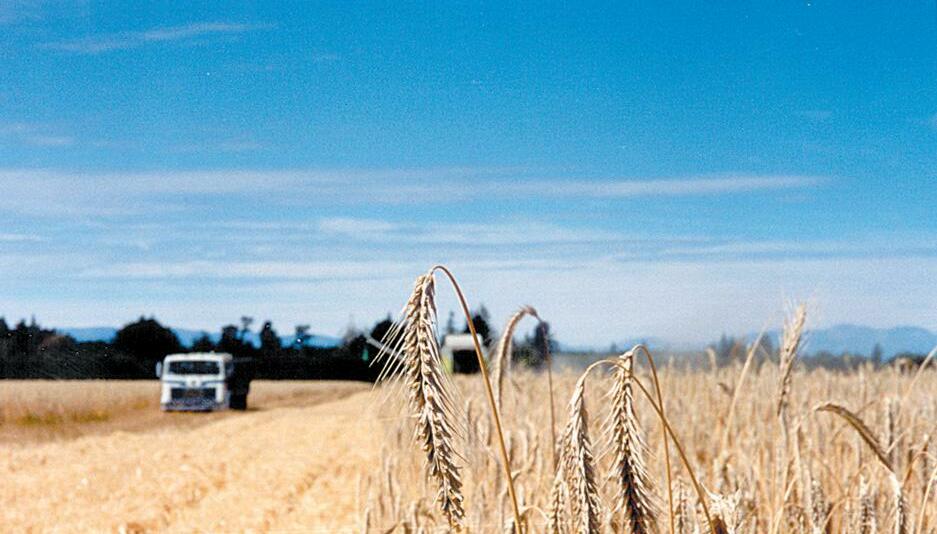 ] by Kent Caddick
] by Kent Caddick

New Zealand has been a world leader in the recent development of breeding sheep that belch out less methane, a relatively shortlived but potent greenhouse gas that contributes to climate change.
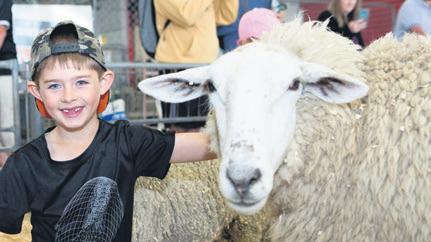
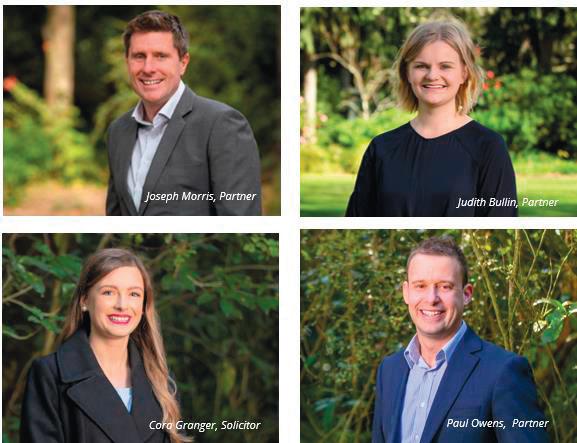
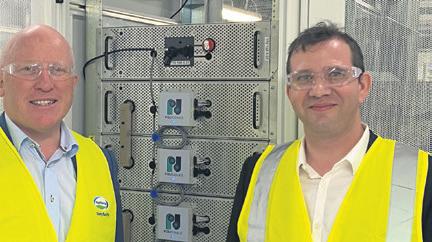


The progress stems from more than a decade of research by AgResearch scientists proving that some sheep naturally emit less
methane as a product of their digestion, and that this trait can be bred for and passed down through generations.
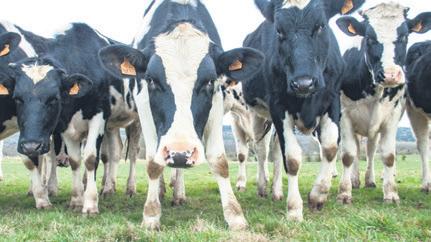
After three generations of breeding, the lowest emitting sheep in a research flock produced close to 13 per cent less methane than the highest emitters, per kilogram of feed eaten.

However, questions have remained about whether this low methane trait means sacri-














fices for the health or quality of the animals, including quality of the meat that is derived for export around the world.
AgResearch senior scientist Suzanne Rowe said research now published in a series of papers provides a valuable insight into what the implications for breeding for lower methane are.

Getting the right advice early makes a difference.
30,287 copies distributed monthly – to every rural mailbox in Canterbury and the West Coast INSIDE THIS EDITION November 2022 Edition TO PAGE 2
CALL NOW TO SEE HOW WE CAN HELP: SELWYN 03 348 8480 WEST COAST 03 755 8673 CITY 03 348 8480 PARRYFIELD.COM Judith Bullin, Partner, Parry Field Lawyers Let our team worry for you about the fine print. At Parry Field Lawyers, the trust of our clients is at the heart of our values based practice. Located in what is one of New Zealand's fastest growing communities, at the centre of the country's agricultural heartland, we are proud to offer clients a personal touch and to be based in Selwyn and Hokitika, as well as our city offices. Our partners and team have a strong focus on farming with a particular emphasis on the next generation and succession planning. We can help with private client work including residential property conveyancing, trust formation and administration, wills and Enduring Powers of Attorney. In a commercially thriving community, small business support is a vital part of Parry Field’s expertise. This covers both start ups as well as established small to medium enterprise business who need support with contracts, fundraising and leases. LOCAL LEGAL SPECIALISTS
Good signs: research into breeding sheep which produce less methane suggests that low-emitting animals may in fact have even greater economic value through decreased fat and increased meat yields.
Vending machines p5 The Show is back p18 Battery innovation p32 Changes disappoint p39
Breeding for low methane a forward step


FROM PAGE 1



“Once we knew we could breed for less methane, we set about determining what the impact on the animal might be from birth through to parenthood,” Dr Rowe said.
“The work was carried out in flocks across New Zealand using thousands of measures over several years to demonstrate that low methane emissions can be included into breeding goals without sacrificing other key health and performance traits.




“What we have found is that breeding for lower methane, and the physiological changes we see in these lower emitting animals, do not negatively affect meat quality or those things meat producers are looking for in the animal carcass.”
Rowe said the story had some complex biology behind it as they saw that low-emitting animals had different eating behaviours, tending to be grazers rather than gorgers, eating more feed than their high-emitting counterparts, even though the high emitters had bigger stomachs.
“This ‘little and often’ approach seems to favour laying down muscle instead of fat un-













der the skin, whilst keeping the healthy fats that provide flavour, so meat quality is retained along with the reduced emissions.”
She said they think the low-emitting animals may in fact have even greater economic value through decreased fat and increased meat yields.
“This is critical because farmers need to know that if they are committing to breeding their animals for lower methane, that they are not going to go backwards in their productivity and earnings.
This knowledge provides greater incentive to make changes on farms that contribute to New Zealand’s methane reduction goals, and to climate change globally.”
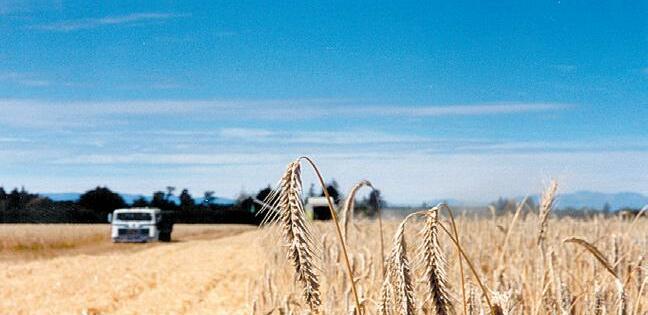
Research relating to the health of the sheep also suggests that breeding for low methane is unlikely to affect issues such as internal parasites (as demonstrated by faecal egg counts), the fertility of adult ewes and the survival of lamb litters.

When it comes to wool, low methane breeding was favourable to fleece weight, while it was also favourable to the weight achieved by the animal before slaughter and
its body condition. The science is now enabling sheep breeders in New Zealand to breed for this low methane trait.







Similar research is also now underway in New Zealand to achieve something similar in cattle, building on what has been
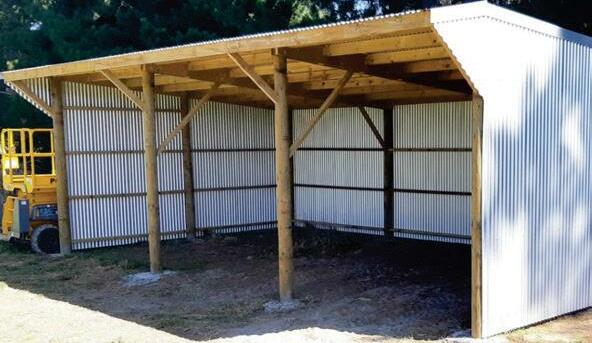


achieved in sheep.
Rowe said more research in this area is needed, but these just-published findings are important for the ongoing science effort, for sharing with the industries, and for decisionmaking around climate change mitigations.
2 November 2022 CANTERBURY FARMING FARMING NEWS Corner Main South Road and Epsom Road, Sockburn, Christchurch Ph: 03 348 4129 or 0800 655 551 Rangiora Service Centre, 78 Ivory St, Ph: 03 313 7059 www.avoncityford.com We are currently looking to o buy good quality NZ new cars If you are thinking of selling your car please get in touch with our Buyer... Forbes Gourlay | PH: 027 222 5000 WE ARE BUYING! • Driveways • Earthquake Repairs • New Home Specialists • Patios & Paths
‘Farmers need to know that that they are not going to go backwards in their productivity and earnings.
Suzanne Rowe AgResearch senior scientist
Boost to organic wine exports
by Kent Caddick
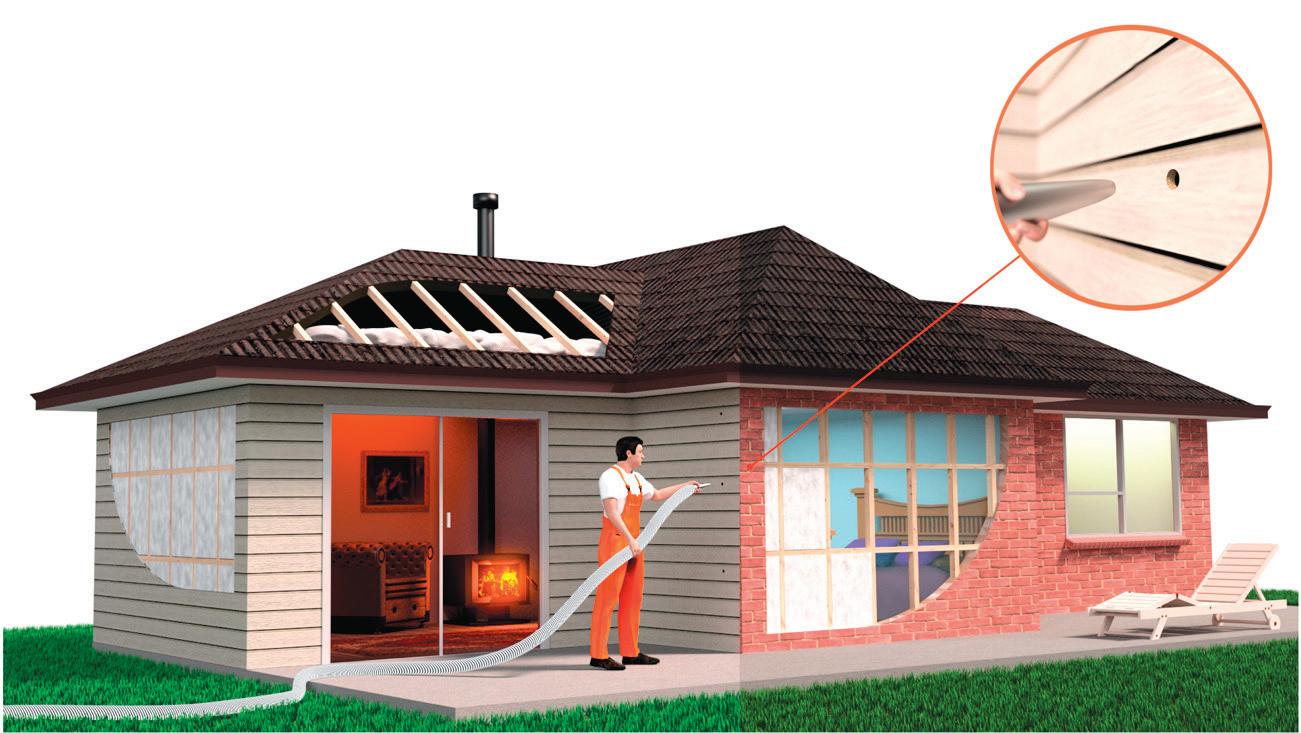
Bordeaux based Edmond de Rothschild Heritage Wines has been granted consent to acquire a 52 hectares estate with 34.5ha of vines in Central Otago’s Bannockburn, along with the Akarua Estate vineyard, which was founded in 1996 by former Dunedin mayor Sir Clifford Skeggs.
Edmond de Rothschild Heritage is a unique, family-owned lifestyle brand, combining luxury hotels and restaurants, wines and farming expertise.

When fully converted and organically certified over the coming decade, the Central Otago vineyard will produce over 60,000 bottles of organic wines annually for the international and domestic markets.
The nine vineyards owned by Edmond de Rothschild Heritage across France, Spain, South Africa, Argentina and New Zealand produce 3.5 million bottles of wine every year, however the Central Otago vineyard will mark the group’s first entry into the organic market.
Edmond de Rothschild Heritage’s premium estates wine offering is distributed across 80 countries and is set to increase access for New Zealand’s organic wine exports into new international market segments.
The company aims to extend their range with a super-premium Pinot Noir produced from the exceptional terroir found in Central Otago.
The wines will continue to be produced under the Akarua brand with new labelling for their 2023 vintage in the domestic market integrating distinctive elements of the Edmond de Rothschild family crest into its design.
Ariane de Rothschild, president of the Ed-

mond de Rothschild Group, said the South Island site was handpicked as the location for the production of their new Pinot Noir.
She said the mineral complexity of Central Otago’s soil is world-renowned for providing exceptional growing conditions for this varietal and the terroir at Bannockburn is on par with the Burgundy region in Eastern France –with the potential to produce the world’s finest Pinot Noir.
“The addition of our second New Zealand winery is part of our wider strategy to develop a portfolio of premium international wines from exceptional terroirs.
“Central Otago’s international reputation for Pinot Noir provides a unique opportunity for us to complete our range and move into the production of organic wines – one of the fastest growing categories,” Ariane de Rothschild said.
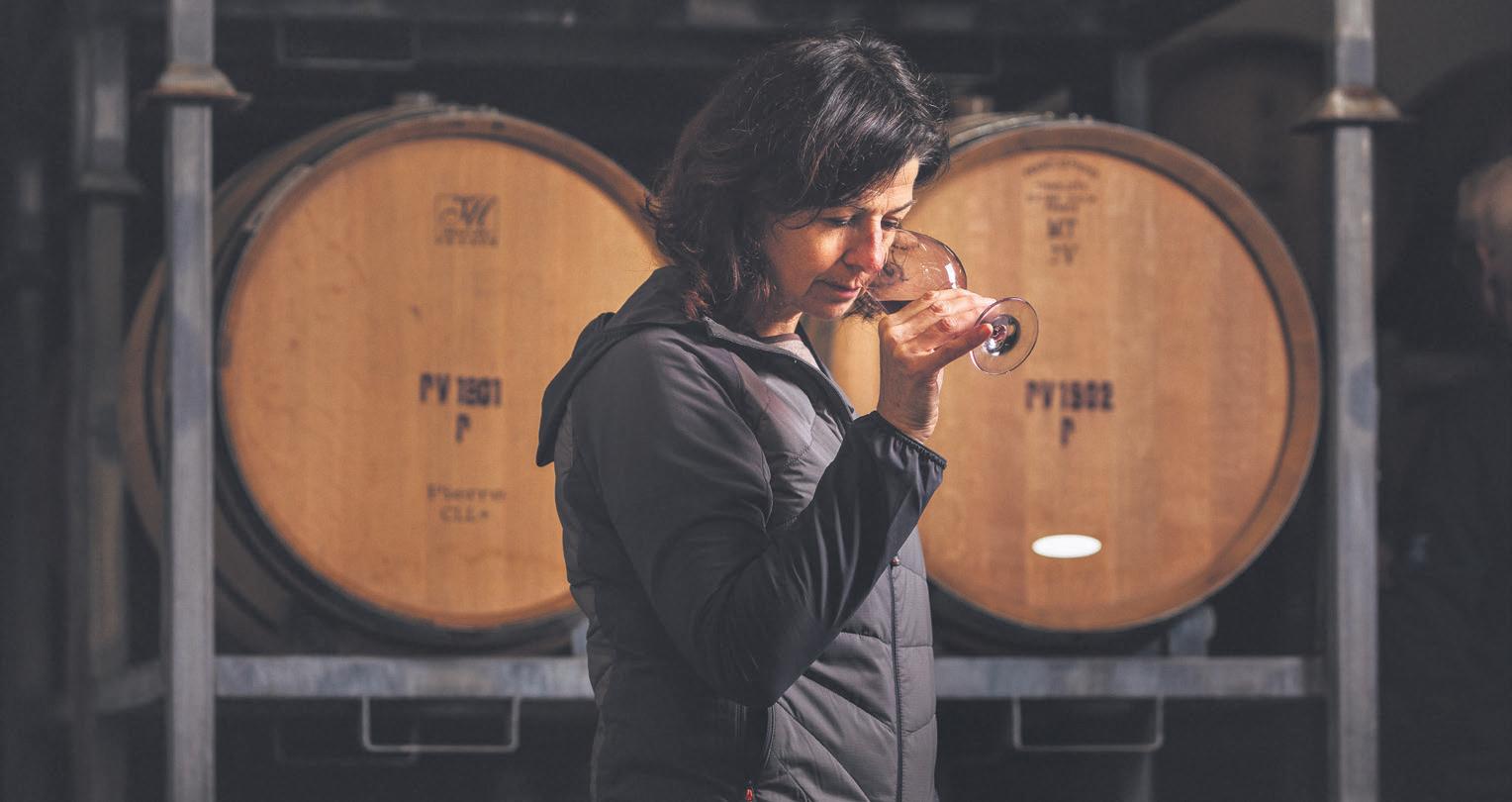
Edmond de Rothschild Heritage first purchase in New Zealand was in 2012 when it acquired the Rimapere vineyard located in the prestigious Rapaura district, in the heart of the Marlborough region.

The 24-hectare vineyard is managed according to sustainable agriculture principles.
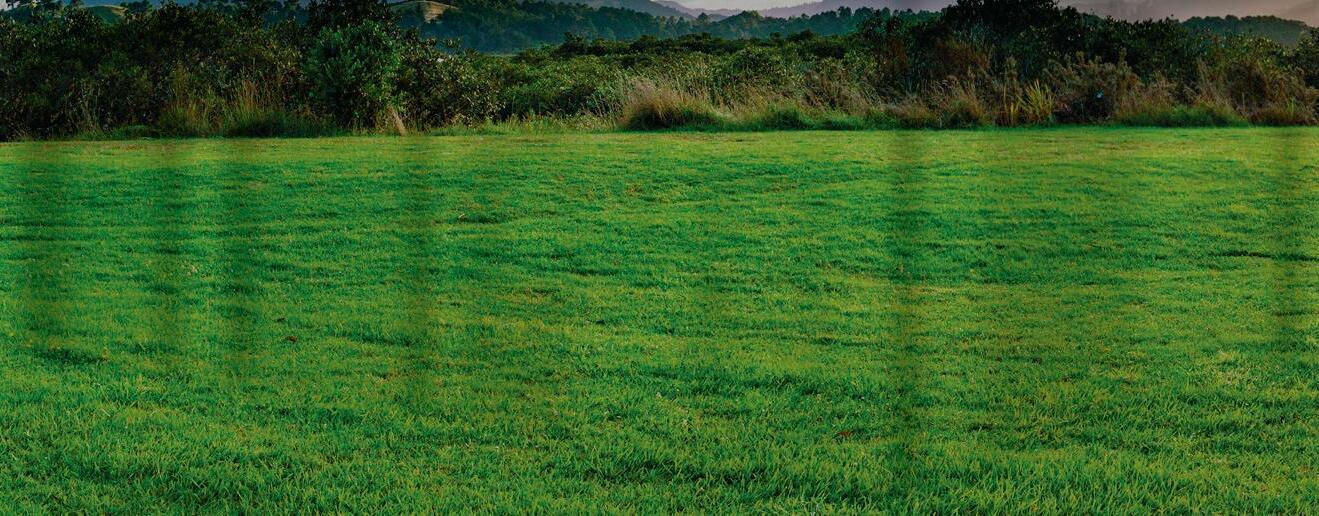
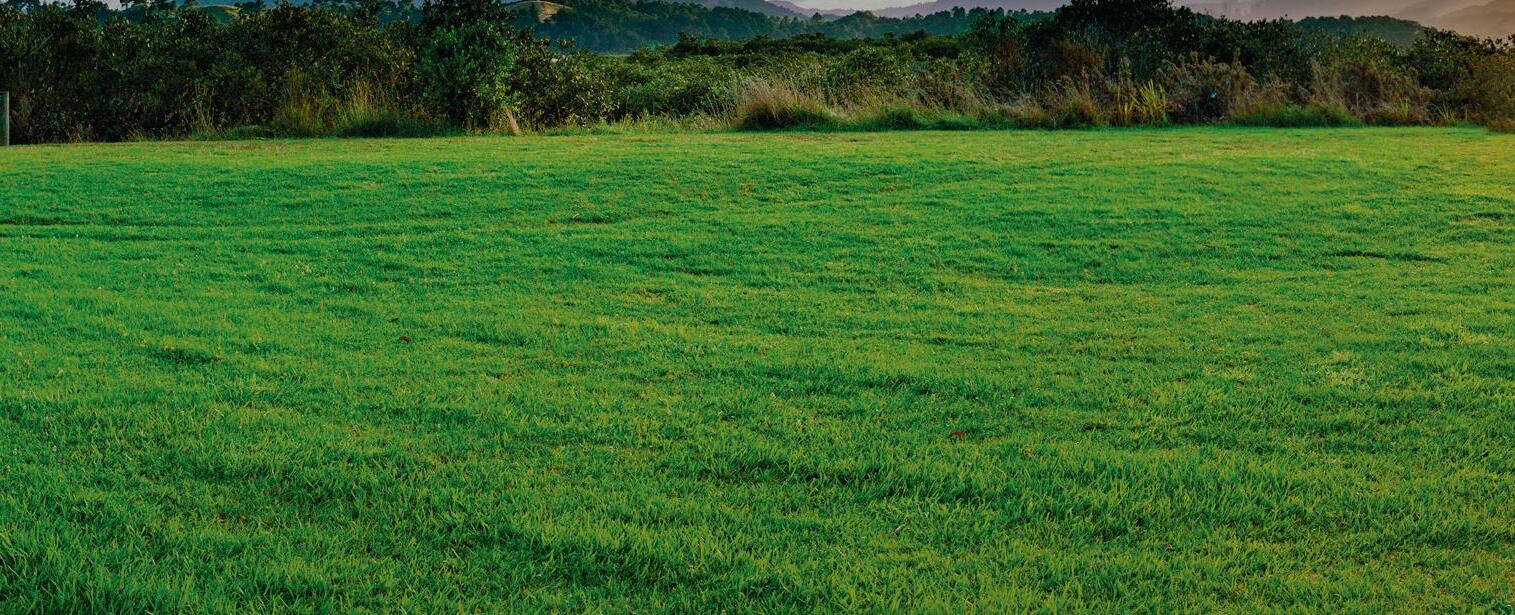


Two wines are produced here: Rimapere Sauvignon Blanc (22,000 cases), Rimapere Sauvignon Blanc Plot 101 (1,500 cases).

CANTERBURY FARMING November 2022 3FARMING NEWS Warm homes have warm walls Would you like your home to have the warm-wall feel of a new home? Water resistant Non-combustible Safe and inert Wall insulation without renovation Insulmax wall insulation is a soft white blown mineral fibre manufactured specifically for thermal and acoustic insulation of wall cavities with or without building paper, and is installed without removing wall linings. Insulmax is CodeMark certified and council approved.. Insulmax is installed via small access holes made in the interior OR exterior wall lining. We use the latest infrared camera technology to ensure that all cavities are completely filled. At installed densities, Insulmax will not settle shrink or slump. Formaldehyde free High R values Fast installation Call Jenny today on 022 678 0746 to book your free home assessment | insulmax.co.nz Pole Sheds & Hybrid Pole Sheds! Hybrid sheds mix timber and steel components. 9.0 wide bays no problems! Clear span no issues! Selw yn 15 Station Street, Leeston 7632 Phone: 03 324 3385 Email:info@buildlinkselwyn.co.nz 133A King Street, Kensington 7910 Phone: 03 688 4944 Selw yn Timaru Email:timaru@buildlink.co.nz www.buildlinkselwyn.co.nz www.buildlinktimaru.co.nz ]
The creation of a new organic vineyard in the South Island by a prominent French wine producer is set to boost New Zealand’s exports and international profile.
Tasting: Edmond de Rosthschild wine expert Anne Escalle is now based in Otago to help oversee the production of the company’s first entry into the organic wine market.
Working together to get it right
A couple of years ago when the Zero Carbon Act was put in place, the Government made a major commitment to our primary industries. We agreed to not automatically put them into the ETS, along with the rest of the economy.
with Damien o’Connor
Minister for Agriculture, Biosecurity,


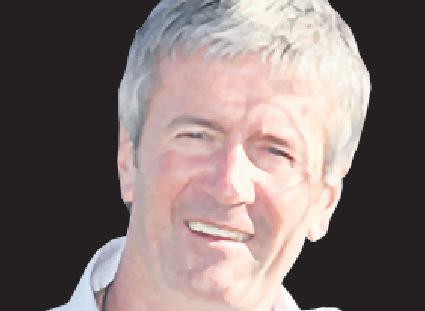




Food Safety and Rural Communities









Farmers and growers said at the time there needed to be a better way for them to pull their weight in reducing greenhouse gases. We agreed with you.
The hard work done by the He Waka Eke Noa partnership since then to put together their proposed system has gone a long way to providing that solution.
We have accepted nearly all of their recommendations: a farm-level levy, methane and nitrous oxide as split gases, re-investing the levy into the sector, remaining out of the ETS, and recognising on-farm sequestration.
We found outstanding issues in only two aspects of the proposal: who will set the price for split gases, and how sequestration is accounted for and managed.
Like any levy system, price setting needs independence – hence Ministers taking on this responsibility, based on advice from the Climate Change Commission.
On sequestration, both proposals recognise its complexity and we too believe more work is needed on it.
To be clear, we’ve not ruled out recognising additional on-farm sequestration. I’m committed to doing more work so there’s a fair system for farmers to claim the important
work they’re doing to reduce the impacts of greenhouse gases.
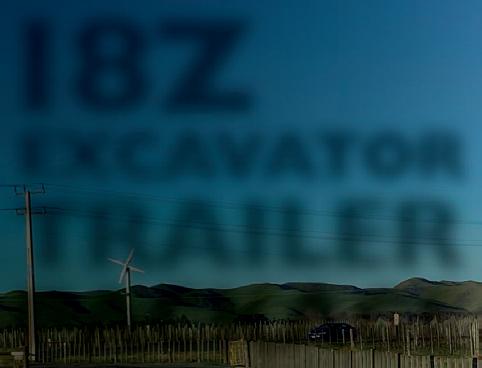
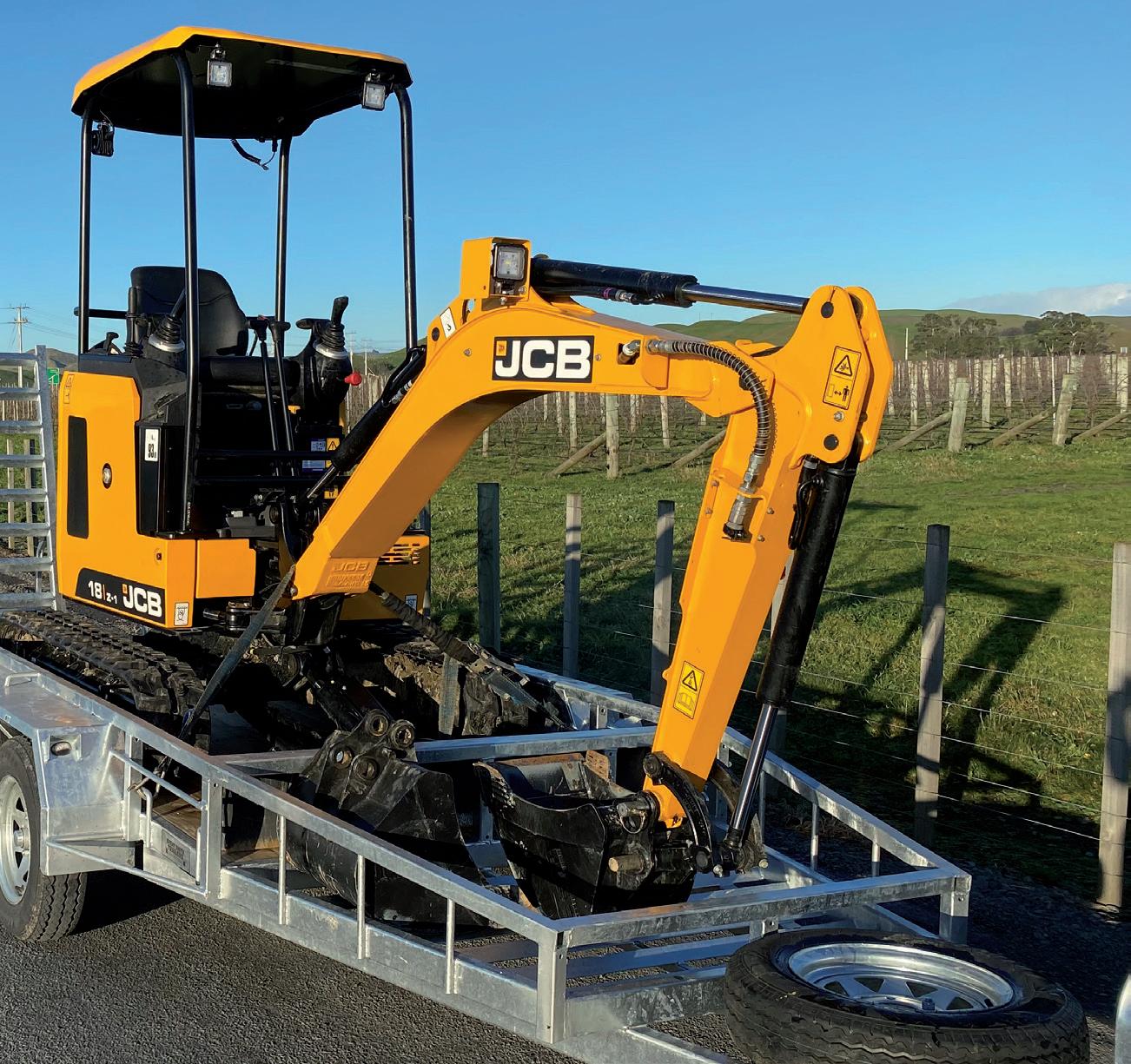
It just needs to be done in a way that is efficient, verifiable, and does not create an unworkable burden on farmers.
Those are the challenges that I want to hear people’s thoughts about via the consultation that is happening. We want a system that has equity and fairness. This is our goal.
Like the Partnership’s modelling before it, our response shows the red meat sector will be affected more than others. I do not however, believe for one second that is where things will end up.
That’s because alongside the sector the Government is investing hundreds of millions of dollars in climate research through a joint venture with key sector businesses to deliver emissions reductions tools into farmers’ hands sooner.

Climate change isn’t coming… it is happening now. For the past five years, MPI’s adverse event fund has been blown out of the water by 900% due to floods and drought.
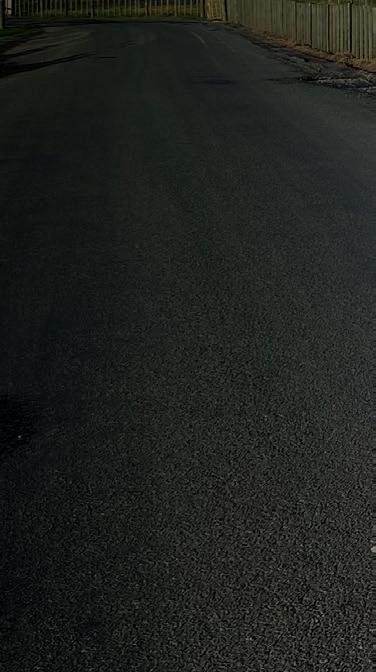
For instance, we practically had a nationwide drought spanning 2019 to 2021 and we are also seeing tropical storms sweeping further south.
Talk of emissions leakage, which is production falling in New Zealand and rising in another country , or risking food security are things I simply don’t subscribe to. The counter factual is this: doing nothing will create
greater food insecurity and price volatility.
The macro economic factors are there. The insurance and finance systems are already factoring in climate change. The trade environment is already moving. Our customers overseas are moving.
I’ve steadily assessed the technology coming on stream, the positivity with which exporters are approaching their markets, and the huge investment of $339 million we’re making, which includes the 50:50 joint venture with business that I referred to earlier.
















I am confident that our sector will beat others to reach our 10 per cent methane re-




duction target by 2030, not because of the pricing of gases, but because of the reductions we will achieve through new technology and practices. Through this we will maintain our productivity and create value.
Why do consumers overseas seek out New Zealand products? It’s because they have a perception that “if it comes from New Zealand, it must be good for you”. That is brand value.
In the future they will say “because it comes from New Zealand it must be good for me and the planet”.

We can do this by continuing to work together.

4 November 2022 CANTERBURY FARMING FARMING NEWS EXCAVATOR TRAILER PACKAGE 18Z • 1.8t mini excavator • Standard dig bucket • 900mm wide tilt bucket • 4 post ROPS/FOPS frame • 500 hour service and greasing intervals • 3 year, 3000 hour premium warranty • Mounted on tandem trailer ready to go PER MONTH* 1.99% FINANCE$955 Rolleston 1 George Holmes Rd 03 349 5975 Vaughan Wright Sales 027 215 4894 Power Farming Canterbury * Standard lending criteria, fees, terms and conditions apply. For a limited time only. While stocks last. ]
]
]
Meal vending machines for China
Beef + Lamb New Zealand has joined forces with leading red meat exporters Alliance Group and Silver Fern Farms to launch innovative beef and lamb meal vending machines in China.
] by Kent Caddick
The two Pure Box vending machines in Shang hai will serve convenient and nutritious readyto-eat meals featuring New Zealand premium grass-fed beef and lamb for busy Chinese consumers.
The meals, co-developed by B+LNZ and well-known Shanghai chef Jamie Pea, fuse traditional Chinese ingredients and flavours with Western food trends.
Each of the six recipes have been designed to highlight the unrivalled natural flavour and nutritional benefits of Pure South lamb from Alliance and beef from Silver Fern Farms.
The vending machines, which are market ed under B+LNZ’s Taste Pure Nature country of origin brand, will be located in Shanghai’s top business districts where time-poor con sumers are known to seek out convenient and healthy food options.

Michael Wan, B+LNZ’s Global Manager New Zealand Red Meat Story, said the pi lot is just one of the organisation’s strategic marketing initiatives designed to build aware ness and aspiration for New Zealand grassfed beef and lamb in China.
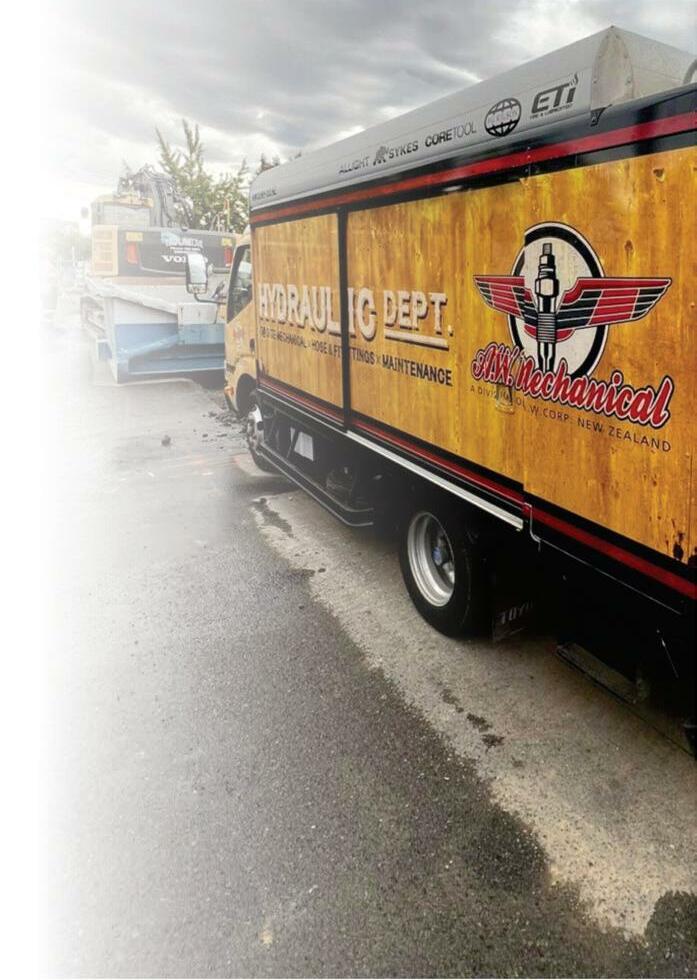
“The Chinese market is strategically im portant for New Zealand’s red meat sector,” Wan said.

“Our research shows a growing number of Chinese consumers are seeking nutritious and healthy food. The unique attributes of New Zealand grass-fed beef and lamb can meet this need.
“We must also offer these consumers a range of eating options such as Pure Box, which are convenient to access and con sume, in addition to supermarkets and din ing in restaurants.
“We want more and more consumers in China to get to know and recognise the benefits of New Zealand grass-fed beef and lamb through this Pure Box initiative and choose our grass-fed beef and lamb in the future.”
Shane Kingston, General Manager Sales at Alliance Group, said the pilot aims to help generate interest in New Zealand beef and lamb.
“This is another great example of dis rupting consumer purchasing activity to cre ate both consideration and conversion to our high-quality New Zealand beef and lamb prod ucts.”





Nicola Johnston, General Manager Growth at Silver Fern Farms, said taking part in the trial was an important way of establishing the opportunities for red meat in growing conven ience trends such as ready-to-eat.
Convenient: Pure box vending machines in Shanghai will serve convenient and nutritious ready-to-eat meals featuring New Zealand premium grassfed beef and lamb for Chinese consumers.
“We know that Chinese consumers love the core attributes of our red meat, but there’s more we can do to challenge the way our products are delivered and consumed that better suit our consumers’ varied life styles,” Johnston said.
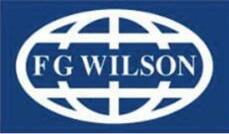
“By trialling initiatives such as the Pure Box, we can also glean insights that apply across our growing branded offering in Chi na.”

CANTERBURY FARMING November 2022 5FARMING NEWS
Listening to the farmers
It is no doubt a troubling time for farmers as they grapple with the Government’s proposed agriculture emissions plan announced last month.
] with Todd muller
] National Party Spokesperson for Agriculture
The proposal has left the sector in a state of unrest, with concerns mounting as more becomes known about what the plan would mean for farmers and their livelihoods.
Individual farmers and farming communities feel betrayed, and rightly so. For three years, representatives of the primary sector and other stakeholders have worked through the He Waka Eke Noa (All in this Together) Partnership, to build a consensus approach to devise a new system.
The partnership sent its recommendations to the Government in May, but when the Government reported back its proposals, to apply from 2025, it had made some significant changes.


What’s particularly unsettling is the Government’s modelling, which shows that under its proposals, sheep and beef farming could reduce by up to 20 per cent between the introduction of the system in 2025, and 2030.
That lost production would most likely go overseas to less carbon efficient farms than New Zealand’s, raising global emissions.
Consequently, New Zealand could suffer a loss in net revenue for sheep and beef farm-







ing of 24 per cent, meaning a potential $2.9 billion loss to export earnings, only for global emissions to increase. It’s an own goal. Losing up to a fifth of beef and sheep farming is too high a price for both farmers and the New Zealand economy.
The Government has a huge amount to answer for with its proposal. However so far, any criticism about the plan has been met with disregard, especially from Agriculture Minister Damien O’Connor.
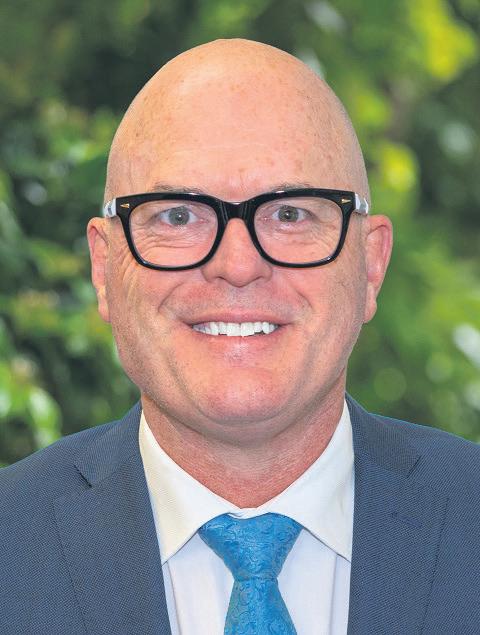
Instead of recognising and raising the red flags that would come with a 20 per cent reduction in sheep and beef farming, he has barged ahead, claiming he “doesn’t buy into” his own officials’ modelling. This arrogance, at a time when farmers are already hurting from the cost of living and staffing shortages, is unacceptable.
National will introduce carbon pricing for agriculture, but not like this. We will aim for a proposal that gets broad support from the sector, as this is critical for a successful and enduring system.
Our starting point will be the He Waka Eke Noa proposal that is already broadly agreed, and we will support technology, not bankruptcy, as the way to lower emissions.

New Zealand is the first country in the world to propose carbon pricing for farmers. New Zealand also already has the world’s most carbon-efficient farmers.
National wants farmers to build on that advantage, not have it thrown away by a Labour government that seems prepared to let
global demand for food be met by overseas farmers.
You will not see National supporting this proposal. What you will see is a strong engagement from us with the sector. We are already listening to farmers’ feedback, and will try to ensure that the Government does too.
Winter grazing in 2023?
New intensive winter grazing rules are now operative.
aneed plan



The key to good intensive winter grazing is to make and follow a management plan. Visit our website to find out if you need an intensive winter grazing resource consent. If you need consent, submit your application by 1st May 2023 to be good to go for the upcoming season.
For full details visit ecan.govt.nz/winter-grazing, contact us on 0800 324 636 or talk to your land management advisor or rural professional.
6 November 2022 CANTERBURY FARMING FARMING NEWS
You
Government partners with industry to reduce emissions

Agriculture Minister Damien O’Connor says New Zealand’s effort to reduce agricultural emissions has taken a step forward with the signing of a memorandum of understanding by Government with agribusiness leaders, in a joint venture as part of the new Centre for Climate Action on Agricultural Emissions.
by Kent Caddick
The Ministry for Primary Industries signed the agreement alongside representatives from ANZCO Foods, Fonterra, Ngai Tahu Holdings, Ravensdown, Silver Fern Farms and Synlait.

“We are committed to reducing agricultural emissions and for this we need to get new tools and technology into the hands of farmers as soon as possible.
“This joint venture will be a combined effort by government and industry to achieve this,” O’Connor said.

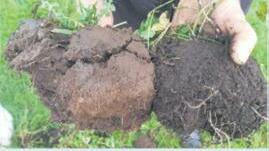

“It will be a long-term partnership with industry funding being matched by the Government.




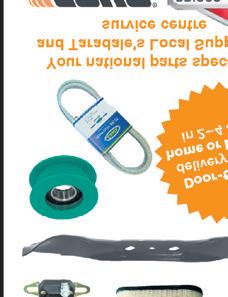
“Initial indicative commitments would see around $172 million invested over the next four years by industry and government to develop and commercialise practical tools and technologies for farmers. That includes $7.75 million by industry this financial year alone.”
O’Connor said the MOU represents a new and exciting way of working.


“By working together, we can help farmers shift the dial sooner. New Zealand can be, and should be, a leader in developing innovative new tools and technologies to reduce emissions on-farm, and be the one other countries can look to.”

He said the joint venture is a key component of the Centre for Climate Action on Agricultural Emissions.
The Centre was announced as part of the $338.7 million in funding allocated over the next four years to strengthen the role of research and development for new tools and technologies to reduce on-farm emissions which was announced in Budget 2022. This includes the Government’s funding component of the joint venture.

National’s Agriculture spokesperson Barbara Kuriger said the new memorandum of understanding was a step in the right direction.
“The $172 million over four years committed to tools and technology, including $7.75 million in this financial year, is a constructive spend of committed Budget funds.”
Kuriger said National supports the Government’s current emissions targets and budgets.
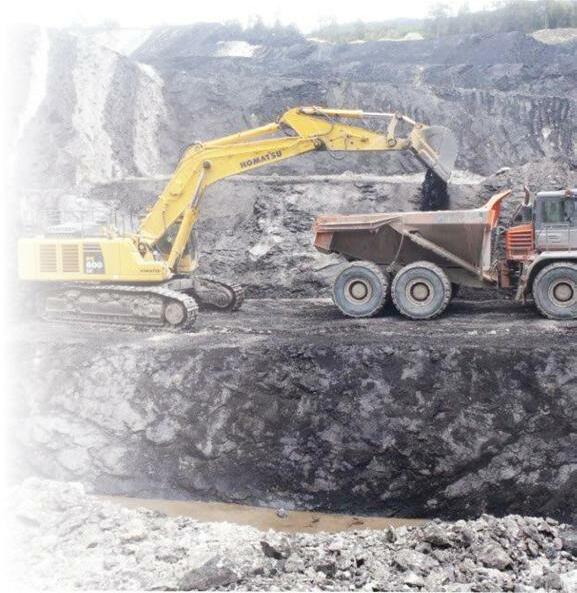

“Our agricultural sector is currently worth $52 billion to New Zealand, and our farmers are already the world’s lowest emitters.
“The Government needs to work constructively with our farmers to enable them to continue to lead the world in lowering agricultural emissions.
“Science and technology will play a big part in that, so government funding should be directed towards progressing innovative developments in this space,” Kuriger said.
The Government has committed to a netzero target for 2050 and reducing biogenic methane emissions by 10 per cent by 2030,


relative to 2017 levels, and 24 to 47 per cent lower by 2050.
Good understanding: Joining Agriculture minister Damien o’Connor at the signing of the memorandum of understanding were, from lreft: Simon Limmer (Silver Fern Farms), Joel Gabites (ANZCo Foods), ray Smith (ministry for Primary Industries), miles Hurrell (Fonterra) and on screen Dean Fraser (Ngai Tahu) and Garry Diack (ravensdown).
Damien O’Connor Agriculture Minister
CANTERBURY FARMING November 2022 7FARMING NEWS PGG Wrightson Real Estate Limited, licensed under the REAA 2008. Just list your residential, lifestyle or rural property with us before 31 October 2022 and be in the draw to win an action packed weekend to Kaikoura for two valued at $3,118*T&Cs apply . For further details don’t hesitate to give us a call! Mark Terry Residential Lifestyle & Rural Salesperson M 027 572 2559 Karen Hennessy Residential Lifestyle & Rural Salesperson M 027 967 0186 pggwre.co.nz ]
‘
The moU represents a new and exciting way of working.
Tackling the climate crisis




In many ways we can think about solving the climate crisis like playing a game of rugby. It’s important that just like in rugby we play the ball, not the man.
] with Teanau Tuiono

] Agriculture spokesperson







] for the Green Party


The ball, in this case, is science. Whatever we do, science has to line up and it has to line up now - because we are out of time.
Science has told us we cannot plant our way out of the climate crisis. Relying on offsets to reduce agriculture’s impact on the climate will not work.
A new report by the Parliamentary Parliamentary Commissioner for the Environment (PCE) showed it would take a massive 6,000 square metres of pine forest to offset the methane emissions from a single dairy cow, and another 4,000 square metres of pine forest to offset the emissions from a single
beef animal. That’s the equivalent of a rugby field of pine trees for just two animals.
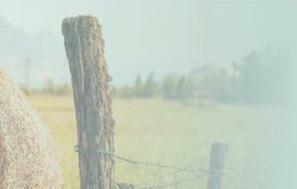
It’s been a while since I did 7th form maths but that’s a lot of rugby fields. You could line them all up from Auckland’s Eden Park, to Wellington’s Cake Tin right down to the Dunedin Glasshouse and it still wouldn’t cut it.




The message is clear: there is no realistic amount of trees that can absorb enough methane and nitrous oxide emissions from agriculture. Relying on forest offsets won’t work for farmers, rural communities, our climate, or our economy.
Which is why it is so important that the Government step up other responses, like boosting support for regenerative farming, and phasing down synthetic nitrogen ferti-


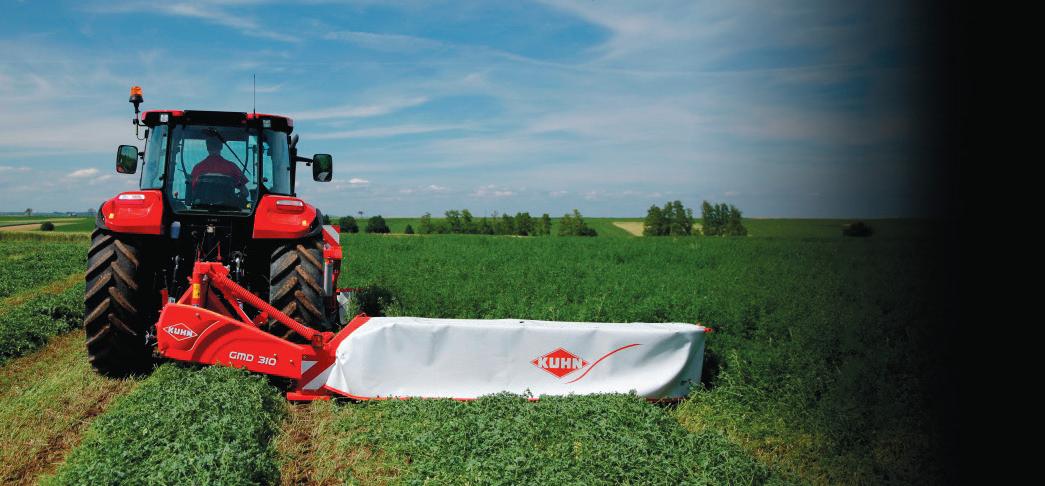
liser and imported supplementary feeds like Palm Kernel Expeller (PKE).

Both PKE and nitrogen fertiliser provide cheap feed for intensive high-emission farming in Aotearoa, especially in the dairy sector.
This drives up climate pollution right at the time it should be decreasing. And it is a far cry from the grass-fed, sustainable products people here and overseas expect from New Zealand farmers.
The Green Party has always been clear that by making the right decisions now we can build a thriving and sustainable farming sector that is good for farmers, good for communities, and good for the planet. The PCE’s analysis brought these decisions into sharp focus.
Government reports have shown the potential for regenerative agriculture to contribute to our response to the climate crisis. The funding in Budget 2022 to provide guidance for farmers was a good nod in the right direction.
It is time to step up, learn from the reports and science and boost the support available to farmers to take up regenerative techniques on their farms. This can be done while increasing profitability.
Regenerative farming practices enhance water and soil quality, enable food production at levels that don’t push agriculture beyond the limits of our ecosystems and safeguard the climate.
Rugby is a game of two halves – and we are well behind in the first half.
A&P shows are back





with rob Cope-Williams

Proof that A&P shows are still a major part of our farming world is shown by the excitement that has been generated now the Covid blanket has been lifted and the shows are back.
When you think about why the shows were first set up, and how long ago that was, it is amazing that the same things continue.
The social aspect certainly was a major part, and still is despite cars parked around the ring with lunches shared from boots has become less likely, however the buzz of friends meeting again certainly still exists.
The togetherness of the committees and volunteers still as strong as ever, and the fact that everything happens without any instructions remains as amazing as ever.
I love the way people climb the show ladder and after years of working, they become the President for a year. Apart from the honour of being named such, all that means is you pay goodness knows how much on entertaining others. The competitive aspect is still as strong as ever as well.
Ask any beef exhibiter whether they are wanting to win the Meat and Wool Cup at the Christchurch show, despite few knowing the Meat and Wool cup was originally a sponsorship by a magazine well forgotten.


The preparation of stock, the presentation, the work needed to get them to the show and then packing them all up and getting them home again.
I understand that some who travel some distance take containers of water so the stock are not exposed to any more changes than necessary.
The swirl of the pipe band leading the Grand Parade, and the pride written all over the faces of those with the most ribbons.
The magnificent horses who seem to take on the whole atmosphere and seem to lift the hooves even more stately than nor-
Winners are grinners: The pride in winning ribbons at A&P shows is undiminished despite the hiatus due to the Covid pandemic.
mal, the children with their pet lambs having their first taste of grandeur as they also embark on their lifetime passion that is their A&P show.
The machinery that has been trucked in, tents erected, and sales teams primed to talk deals, chat warmly with clients and prospective clients, while keeping an eye on candy floss spreading youngsters clambering all over the tractors.
We may have to face many stresses our forebears would never have thought possible but thank the good Lord that the wonderful way of life they enjoyed can still be enjoyed by our generations.
A part of our past that will, hopefully, always be an island of sanity amidst a sea of serious challenges.
8 November 2022 CANTERBURY FARMING ]
20COC003 Contact us today www.cochranes.net.nz Ashburton 03 307 8027Amberley 03 314 9055Leeston 03 324 3791 Timaru 03 688 2179 BAR MOWERS • PROTECTADRIVE cutter bar safety system • Fast-Fit blades as standard • Hydraulic headland lift FROM 2.4M TO 3.5M GMD 240 GMD 280 GMD 310 GMD 315 GMD 355
FARMING NEWS
The Government’s proposal on agricultural emissions
As many will be acutely aware, the government has announced that they will be implementing a levy on emissions arising from agricultural activities, starting in 2025.
] with Tyler burgess
] Helmore Stewart Lawyers








More particularly, under the Climate Change Response Act 2002 (the Act), agricultural emissions in New Zealand are scheduled to be brought under the Emissions Trading Scheme (the ETS) by 1 January 2025.



That is, unless, an alternative scheme, (the Scheme) to agricultural emissions is implemented prior to then.
In the meantime (and as a first step in this process) the Minster of Climate Change and the Minister of Agriculture are required (under the Act) to prepare an initial report that outlines a system to put a price on emissions arising from agriculture, as an alternative to the ETS.
On 11 October 2022, the Government, through the Ministry for the Environment (MfE) released an initial report for public consultation and submissions. Submissions close on 18 November 2022. Following this, the Government will prepare a final report (taking into account their findings), and then
introduce a Bill to Parliament in 2023 to implement that final report in time for the 20242025 calendar year.
In essence, members of the public, and in particular members of the farming community, have until 18 November 2022 to have their say on how the cost of agricultural emissions should be administered in New Zealand. Making a submission on the Report can be done at MfE’s website.
The initial report proposes the following “farm-level, split gas levy to price agricultural greenhouse gas emissions” scheme:
All farmers and growers that are GST registered and meet certain livestock and/or fertiliser use criteria must be registered and pay a (yet to be determined) levy.
Separate levy prices to be set for longlived gases and biogenic methane.
Farmers and growers would provide specific details, such as farm area, stock number and fertiliser use, to a centralised ‘calculator’ to determine their emissions bill.
Revenue from the Scheme would be used for mitigation incentive and vegetation se-
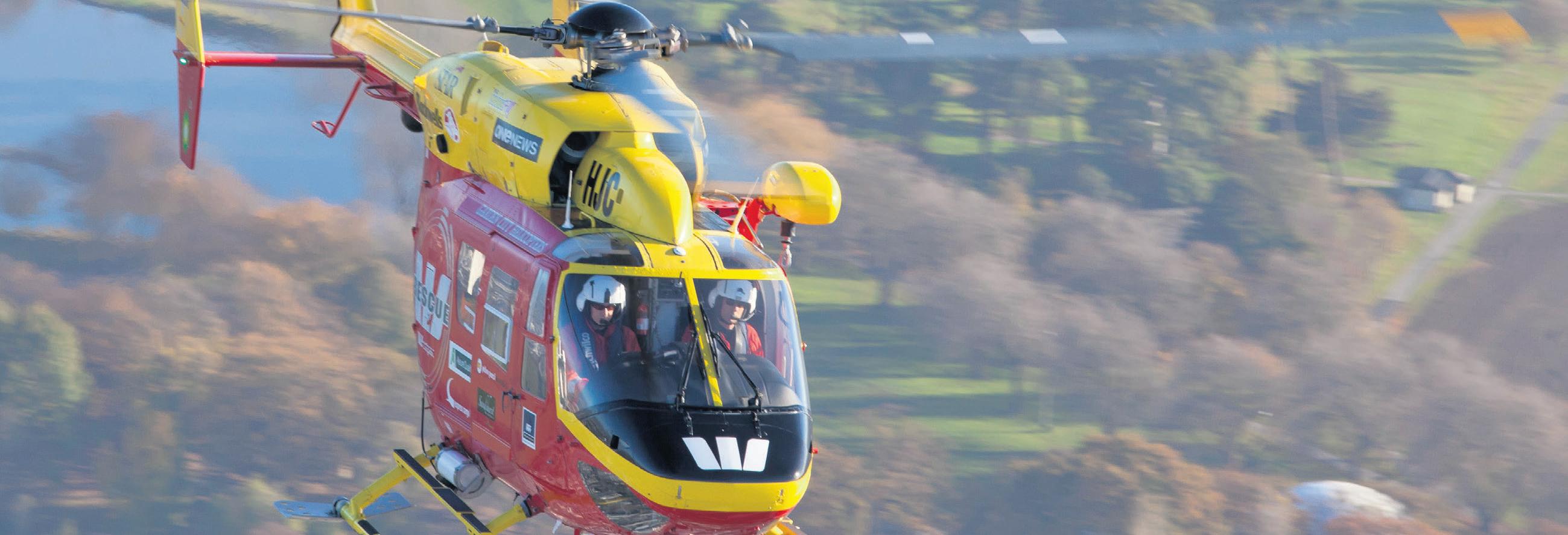
questration payments, and otherwise applied to administration costs etc.
Although the relevant Minister will ultimately be responsible for how revenues are spent, there will be a ‘revenue recycling body’ appointed.
The Government is still seeking feedback on how to treat synthetic nitrogen fertiliser in terms of the Scheme.
It is important to note that this is explicitly not an opportunity to have a say on whether or not the Government introduces an emission levy for farmers, but rather, what that system will look like.
The reality is, the Government is almost certainly going to implement legislation to facilitate the collection of levies in respect to agricultural emissions between now and 2025. Even if it doesn’t, those emissions will (as per the Act) fall under the umbrella of the ETS, a system which is not purpose built for agriculture, and arguably not fit for purpose in any case.
There is a very small window of opportunity between now and 18 November 2022 for the farming community in North Canterbury to have their say, and ensure that any system that is implemented is done so with as much input as possible from all interested parties, whether one agrees with the Scheme’s implementation or not.

PROFESSIONAL RURAL REAL ESTATE ADVICE
CANTERBURY FARMING November 2022 9 Residential / Commercial / Rural / Lifestyle Ben Turner 027 530 1400 03 375 4736 ben.turner@bayleys.co.nz WHALAN & PARTNERS LTD, BAYLEYS, LICENSED UNDER THE REA ACT 2008 Call Ben today for an altogether better approach to your rural real estate needs along with an up-to-date market overview.
RURAL PROFESSIONALS
We need your help as much as you need ours Canterbury West Coast Air Rescue Trust. PO Box 20262, Christchurch 8543 DONATE ONLINE EMERGENCY DIAL 111
Kiwisaver withdrawal to purchase home






In 2006 the NZ Government introduced the concept of Kiwisaver and it became active on 1 July 2007. The reason for its introduction was to provide a compulsory retirement savings scheme for those who did not have a retirement or superannuation scheme attached to their employment or others who elected to join the scheme.
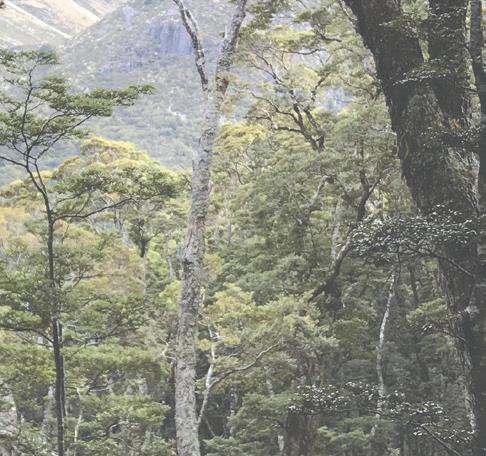



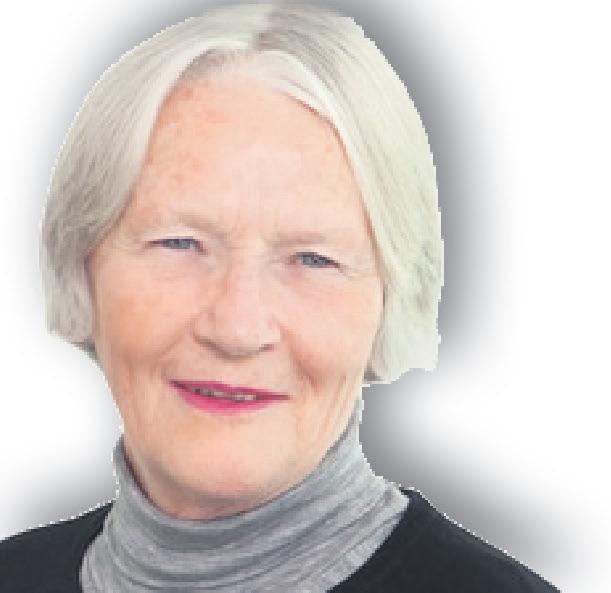
intended that members of the scheme would save for their retirement and only in extraordinary circumstances would they be able to withdraw their savings prior to attaining the age of 65.
At this time there are only four criteria for withdrawal of funds from Kiwisaver (1) buying a first home or (2) moving overseas or (3) serious illness or (4) significant financial hardship.
As might be expected there are several criteria to be met before a member may withdraw Kiwisaver funds for the purchase of a home.
It must be the member’s first home and the member must have been a member of Kiwisaver for a minimum of three years. The member needs to have their Kiwisaver with a provider whose fund allows for withdrawals for the pur-



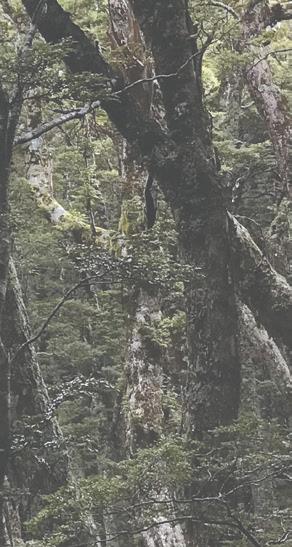





chase of a home and the member must intend to live in the home for at least six months after purchase.

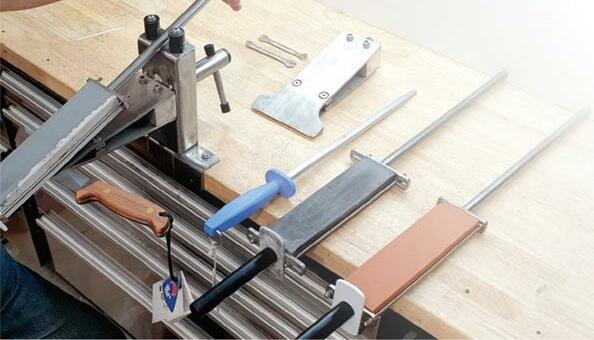




It is essential that the Kiwisaver funds are applied to the purchase of the home or section for the building of a home. Recently there was a situation where a purchaser of a section wanted to use Kiwisaver funds which were not available on settlement day. Other funds were used to complete the purchase which meant that the member owned a property prior to Kiwisaver funds being available and was not therefore eligible for a Kiwisaver withdrawal.
However, there are exceptions to every rule and a member may qualify for a second chance Kiwisaver withdrawal as long as several criteria are met.
They must not own a home or section at the time of application for a withdrawal and their financial circumstances are similar to those of a first home buyer they may be eligible for a withdrawal of Kiwisaver funds.
If the member has already withdrawn from Kiwisaver they will not be eligible for a second chance withdrawal. There are also limits on assets which must be taken into account for a second chance withdrawal.
Most people wish to retire with some cash available and Kiwisaver provides a very good method saving although it has taken a battering in the recent past.
CANTERBURY FARMING RURAL PROFESSIONALS ] with bessie Paterson LLb ] Ronald W Angland & Son Property | Family | Wills Trusts | Estates | EPAs | Rural Business | Traffic | Employment Leeston (03) 324 3033 Email: lawyers@anglands.co.nz | www.anglands.co.nz Solicitors of Selwyn since 1965 Ronald W. Angland & Son LAWYERS 03 348 0656 | HRS M-F 9-5.30 | Sat 9-4 www.shooterssupplies.co.nz Where the pro’s go... Shooters Supplies is a well-established outdoor retail business with a large and loyal following from enthusiasts Canterbury wide and beyond. It has a strong niche in the sale of pre-owned firearms and collectables while also stocking a range of new firearms. They are also outfitters of a range of gear that hunters and adventurers can trust to do the job. Independently OwnedFORSALE SALE For more information please visit https://tabak.co.nz/opportunity/shooters-supplies or contact Sam Cherry 022 066 7884 Business Highlights • Proven and profitable • Established and friendly knowledgeable staff, semi-managed • Owner’s input limited to 20 hours per week • High barriers to entry • Excellent location and lease • Full e-commerce site and stock system in place Robust security systems • Sound supplier relationships • Closed Sundays and Public Holidays We have over 5000 registered buyers nationwide. Do you have the business that could interest them? dolamorecontracting@gmail.com Call: David Dolamore 021 861 604 SERVICINGWITHIN YOURAREA SERVICINGWITHIN YOURAREA CULTIVATION DIRECT DRILLING Latest technology for efficient seeding — Special seed mixes available — Paddock Topping Lawn Care Supply of animal bedding and landscape supplies It was
This article has been prepared by bessie Paterson, a partner at ronald W Angland & Son, Lawyers, 2 Chapman Street, Leeston.
Bear market volatility continues
So far 2022 has been a difficult year for investors. In June the bear market became official (defined by a 20% decline in stock prices). Volatility has continued with global markets hitting new lows again in September.
with Andrew Wyllie
Forsyth Barr
Unfortunately, we can’t tell you whether the bottom in markets is behind us or if there’s more downside to come.
There remain many uncertainties around the global economy — is inflation peaking, how much further will central banks hike interest rates, to what extent will weakening economic conditions impact corporate earnings, how long will the conflict in Ukraine last, how far will housing markets fall, and more.



What we can reassure you is that bear markets do end. Thankfully they are a only a semi-regular occurrence and such turbulence is the price investors pay for earning higher returns over the long-term versus putting their money in more stable investments like the bank.
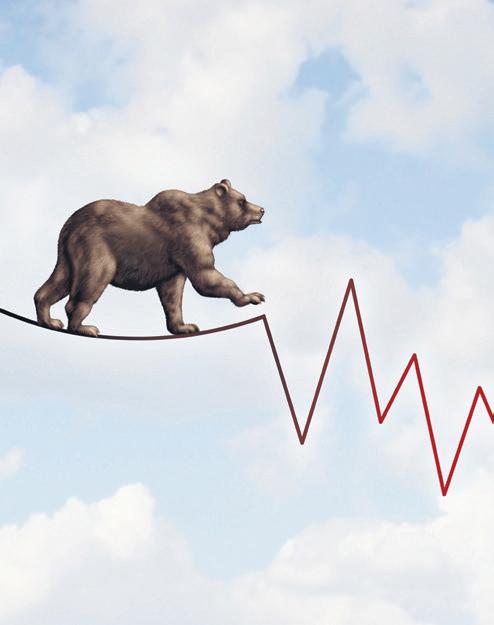
Good news and bad news about bear markets
The bad news is they are not abnormal. For investors who’ve only been in the market over the last decade or so that might not seem the case.
Outside of the Covid crash in 2020, investors have had an unusually smooth run. But looking back through history, a bear mar-
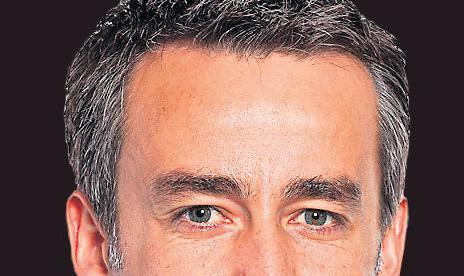
ket happens on average once every five or six years.
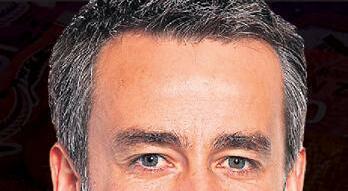

Since 1950 there have been 11 bear markets. All are different — in cause, depth, length, and recovery.

The past three have been among the more dramatic. The Covid crash was the fastest bear market in history. The Global Financial Crisis was the deepest downturn since the Great Depression. And the Dot.com crash was one of the longest and largest downturns on record.
Over the long-term markets are more bull than bear
The good news is, firstly, markets are almost guaranteed to recover. On average, it has taken two years and three months for a market to reclaim the losses incurred during a bear market. The longest recovery period was just over four years following the Global Financial Crisis.
Also, share markets typically perform very strongly on the other side of a bear market. A further piece of good news is that bull markets considerably outweigh bear markets, both in time and returns. Since 1950, while the average bear market has lasted 15 months, the average bull market has lasted three years and ten months. And, de-


spite those semi-frequent sharp pullbacks, the market has delivered an average annual return of 8.8% pa. While bear markets feel painful at the time, when you look at longterm returns, they look like blips in the positive long-term trend. Long-term investors are better to be positioned for bull markets than hide from the bears.
So then, what can investors do?
The best advice is not to panic and to stick to your investment plan. That is what it is there for, to keep emotions at bay and help navigate choppy periods in markets in order to successfully meet long-term goals.
It’s important to remember investors benefit from owning good businesses which grow their underlying value over the long-term. Today’s good businesses have not only endured previous bear markets but have flourished on the other side.
This article was prepared as at 30 September 2022 and provides market commentary for the three-month period ending on that date. If you’re new to investing please see Forsyth barr’s Introduction to Investing guide available at www.forsythbarr.co.nz/intro-to-investing/ or to discuss your investment options please contact Andrew Wyllie, an Investment Adviser with Forsyth barr in Christchurch. He can be contacted regarding portfolio management, fixed interest, or share investments on 0800 367 227 or andrew.wyllie@forsythbarr. co.nz. This column is general in nature and does not take any of your personal circumstances into account. For personalised financial advice, contact Forsyth Barr for an overview of the services we can provide.

Looking at off-farm investments?
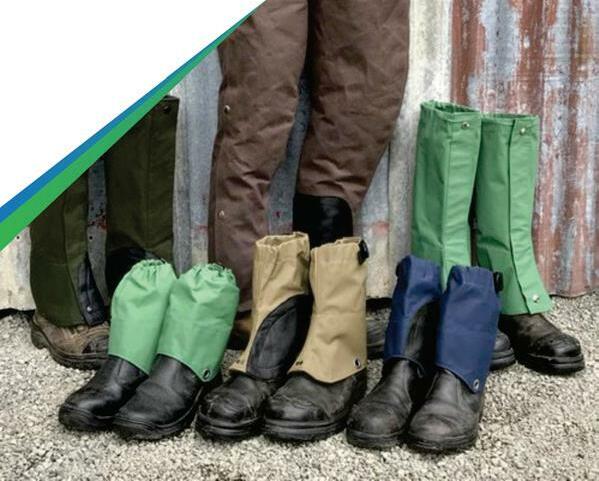

Ready
When you are thinking about your investment options, talk to Forsyth Barr

To get personalised investment advice and portfolio management specific to your investing needs, talk to Investment Adviser Andrew Wyllie in confidence on (03) 365 4244 or email andrew.wyllie@forsythbarr.co.nz





0800 787 775 for a chat

CANTERBURY FARMING November 2022 11RURAL PROFESSIONALS
to grow the value of your farm? Find out how to increase your farm’s value through clever subdivision options. Call
hello@survusrural.co.nz www.survusrural.co.nz
CHC6189-02March 2021 0800 726 724 www.scorch.co.nz Terrestrial Wireless ADSL Fibre VoIP RBI GET CONNECTED WITH Scorch Broadband SCORCH COMMUNICATIONS ]
]






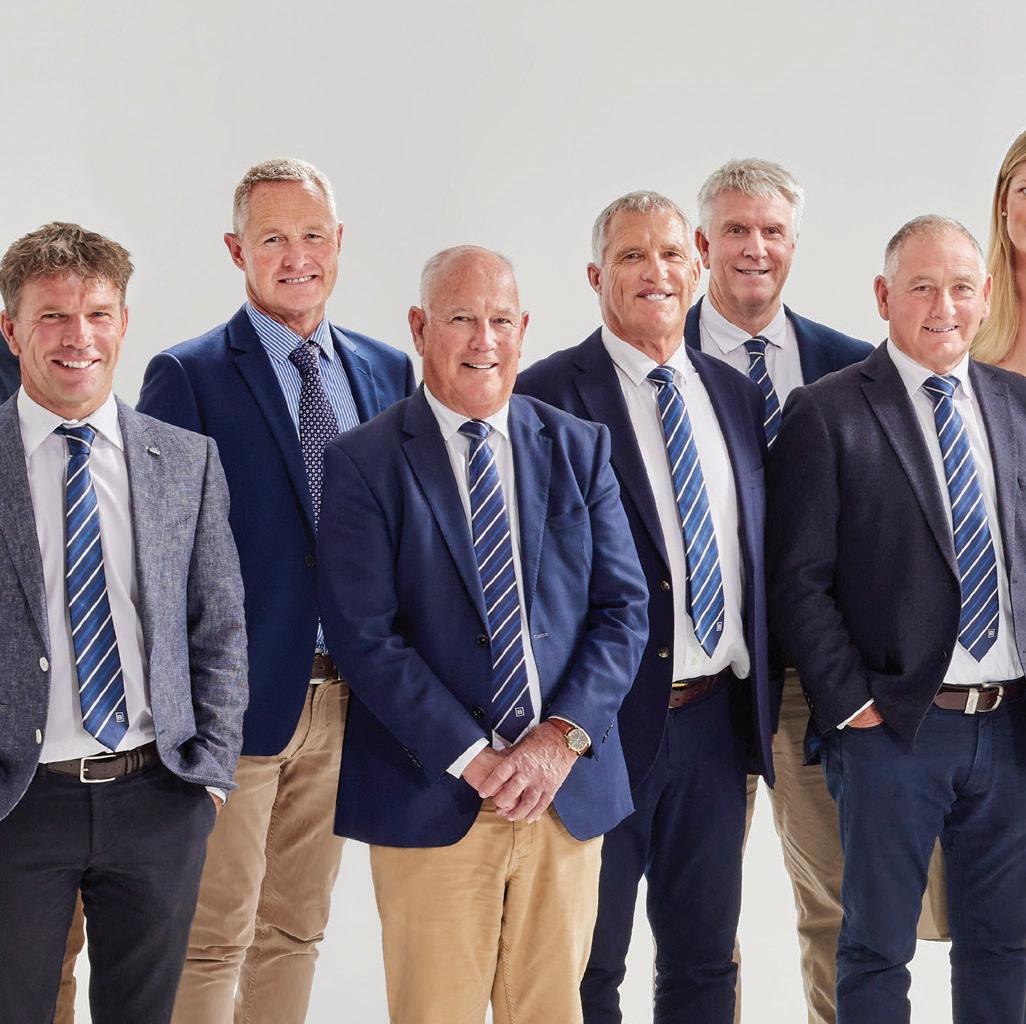









































12 November 2022 CANTERBURY FARMING HEALTH ON THE FARM COUNTRY Residential / Commercial / Rural / Property Services With agents up, down and right across New Zealand, Bayleys has an altogether better team working for you –with an impressive sales track record to prove it. That’s why we’re New Zealand’s number one rural real estate brand. If it’s time to turn over a new leaf and sell your farm, orchard, forestry block, vineyard or lifestyle property, then make hay while the sun shines and let us show you how. Experience Altogether Better WHALAN AND PARTNERS LTD, BAYLEYS, LICENSED UNDER THE REA ACT 2008 bayleys.co.nz/canterbury Proud to be a Gold Sponsor of this year’s Show Better local knowledge Bayleys Ashburton 03 307 7377 Bayleys Darfield 03 975 4559 Bayleys Deans Avenue 03 375 4700 Bayleys Hanmer Springs 03 315 7717 Bayleys Leeston 03 375 4700 Bayleys Methven 03 303 3093 Bayleys Rangiora 03 311 8020 Bayleys Rolleston 03 347 9949 Bayleys Timaru 03 687 1227
NZYF, MPI partner to boost wellbeing

The Ministry for Primary Industries (MPI) is supporting NZ Young Farmers (NZYF) to fund a series of events for NZYF members as part of an initiative to improve the wellbeing of young people in rural communities.
] Article supplied by NZYF


MPI is contributing funding for the events, which will offer a channel for young people across the country to connect and learn ways to manage mental health and build resilience.
NZ Young Farmers Chief Executive Lynda Coppersmith said mental health is a key concern in rural communities, where factors such as isolation and high workloads can impact overall wellbeing and mental health.
“The mental and physical wellbeing of young people is a big focus of our organisation and is essential for the ongoing viability of many rural communities,” Coppersmith said.

“This project will increase awareness of the wellbeing support and resources available, and give young people the confidence to access them.”
NZYF clubs can select guest speakers who most align with their members’ needs and invite them to speak at their events.

Speakers will talk about methods of working through challenging times that can impact mental wellbeing, provide further options on where to seek help, and advocate for the daily practice of healthy habits.
NZYF is also helping to connect young farmers to mental health services depending on their personal preferences for seeking help. The anonymous webpage outlines key mental health services, how to access them, and what to expect when these services are contacted.
Nick Story, director of MPI’s rural communities and farming support, said people working in our food and fibre sector have busy jobs, often work in isolation and juggle many commitments, so it’s more important than ever to focus on keeping our

mental health in check.
“Young people are an important part of our rural communities,’ Story said.
“This initiative will make it easier for young farmers to keep their wellbeing front of mind, and will provide vital options, networks, and support to reach out to when things get tough.”
Welfare: NZ Young Farmers Chief executive Lynda Coppersmith says the mental and physical wellbeing of young people is a big focus of the organisation.
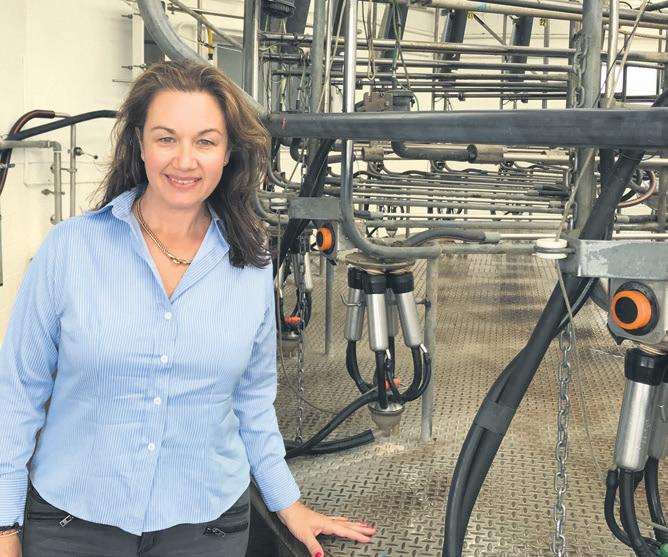
NZ Young Farmers has a network of over 60 clubs that provide an opportunity for young people to make friends, network, upskill, and socialise.
events will take place around the country over the next six months. For more information, please visit www.youngfarmers.co.nz/get-support
] with John Arts
2

Where is the Chondroitin?



The research in favour of CS is overwhelming. So much so, that CS is listed as a prescription medicine by the European Medical Agency.
The daily dosage recommendation is 800mg which is the dosage I use in my joint supplement where I combine CS with 800mg of Glucosamine and 100mg of Curcumin extract (from turmeric).
Some experts suggest CS has over 30 positive effects on joints. These are changes that create cartilage (anabolic) and those that prevent the destruction of cartilage (anti-catabolic). Cells called chondrocytes are responsible for repairing, maintaining, and secreting cartilage. They produce CS as it is an important part of both joint capsule fluid (synovial fluid) and actual cartilage.

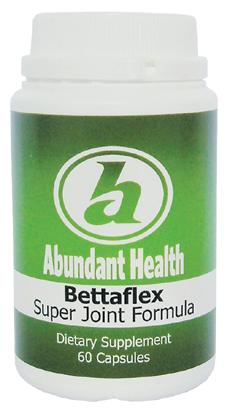

CS is critical as it helps chondrocytes to repair damaged cartilage. If these cells are damaged or die, the cartilage they maintain will eventually disintegrate. The second role of CS is preventing the loss of chondrocytes from damage by destructive enzymes and free radicals.
This is all great in theory but what are the impacts of adding therapeutic doses of CS in someone with advanced osteoarthritis? Earlier this year I was contacted by someone in her mid-70’s with severe OA in one knee and moderate-
ly severe in the other. This affected her mobility and was unable to walk for any distance. I started her on my standard OA programme based on an intensive dose of my joint supplement and Omega 3 fish oil to reduce inflammation.
After two months she noticed her knees were more comfortable. Now after six months the pain has significantly reduced, and she can now walk freely. For more information give me a call or email john@abundant.co.nz. You can read my newsletter at www.abundant.co.nz
John Arts is a qualified nutritional medicine practitioner and founder of Abundant Health. Contact John on 0800 423 559. To read more go to www.sunlive.co.nz.

CANTERBURY FARMING November 2022 13HEALTH ON THE FARM
Abundant Health
Last edition I asked why most NZ-made osteoarthritis support supplements have little or no chondroitin sulphate (CS).
Part
Safer drinking water with safer technologies

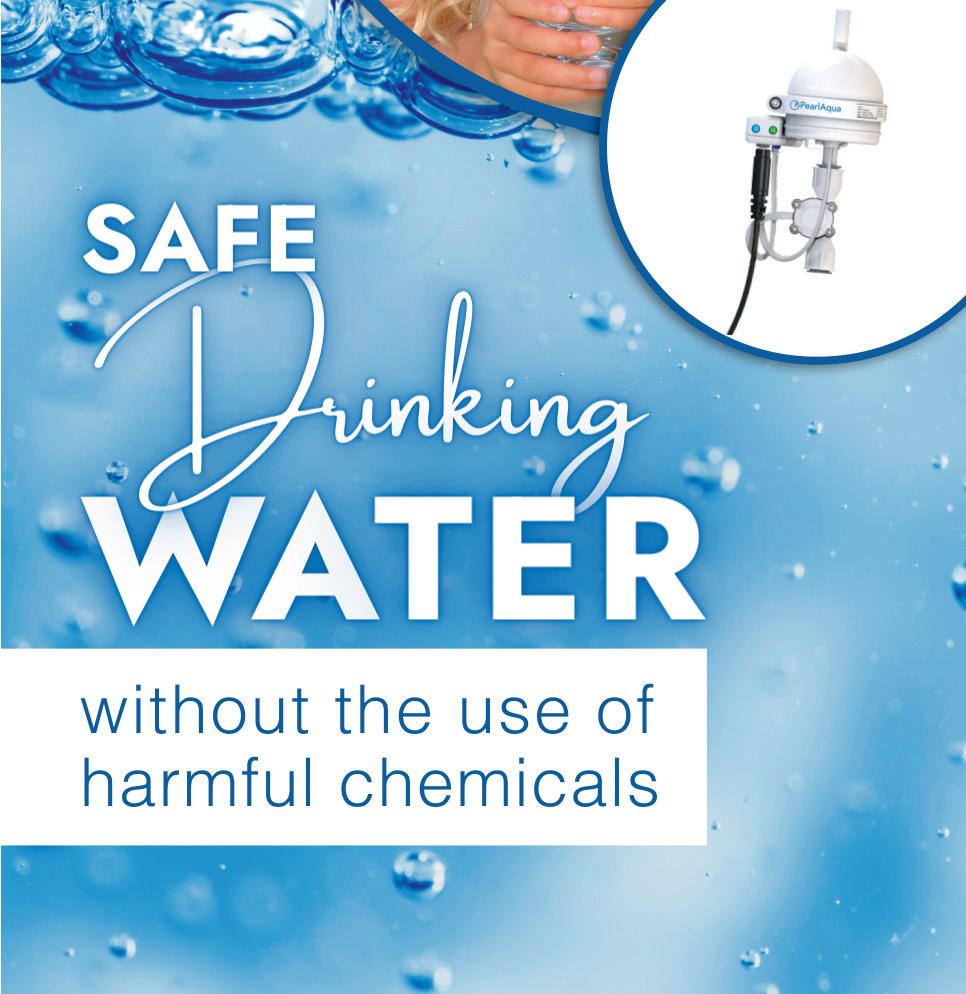
Safe drinking water is one of the most basic of human needs. However, the science behind the treatment of water for human consumption is anything but basic. Read on to find out how LEDs are disrupting the industry and helping to make clean drinking water accessible to everyone.
] Article supplied by] AquiSense Technologies

In New Zealand and across the globe, poor access to clean drinking water continues to be a burden unfairly carried by remote and rural communities. Furthermore, rural areas in New Zealand have a greater percentage of children and older people, who are at higher risk of illness from contaminated water.

Infectious, water-related diseases are a significant cause of morbidity and mortality worldwide. Microbiologically contaminated drinking water can transmit diseases such as diarrhoea, cholera, dysentery, typhoid, and polio and is estimated by the World Health Organization (WHO) to cause at least 485 000 deaths a year globally.
Pathogens in water have been successfully treated with ultraviolet (UV) lamps for several years. However, traditional, mercury-based methods of UV disinfection come with inherent risks. These lamps require routine replacement, are susceptible to breakage, and must be disposed of safely. If a mercury-vapour lamp breaks during transport, installation, or operation (even when the unit is off), hazardous mercury vapour is released into the air.
Mercury can enter the human body in several ways; inhaled, ingested, or absorbed by the skin. Mercury exposure causes serious health problems, and exposure to high concentrations of mercury vapour has been lethal. The list of symptoms and long-term effects of mercury poisoning is
alarmingly long and diverse. People affected by mercury toxicity can experience neurological and psychological issues as well as damage to the muscles, heart, lungs, and reproductive systems.
In 2013, New Zealand (with 200+ other countries) signed the United Nations Environmental Programme’s Minamata Convention on Mercury, which seeks to protect human health and the environment from emissions and releases of mercury. This means that mercury and products containing mercury will be much more tightly regulated in the near future.

The evolution of ultraviolet LED (light-



emitting diode) technologies means that protection from pathogens in water is now possible without the use of mercury. UV-C LED systems are safer, more energy-efficient, and better for the environment than conventional water sterilisation techniques. Their durability, flexibility and zero warm-up time mean they can be used in applications that weren’t possible in the past.
AquiSense New Zealand recently launched a range of innovative and environmentally-friendly UV-C LED water disinfection systems. The PearlAqua range, as it’s known, is the most certified and tested UV-C LED product range in the world. The
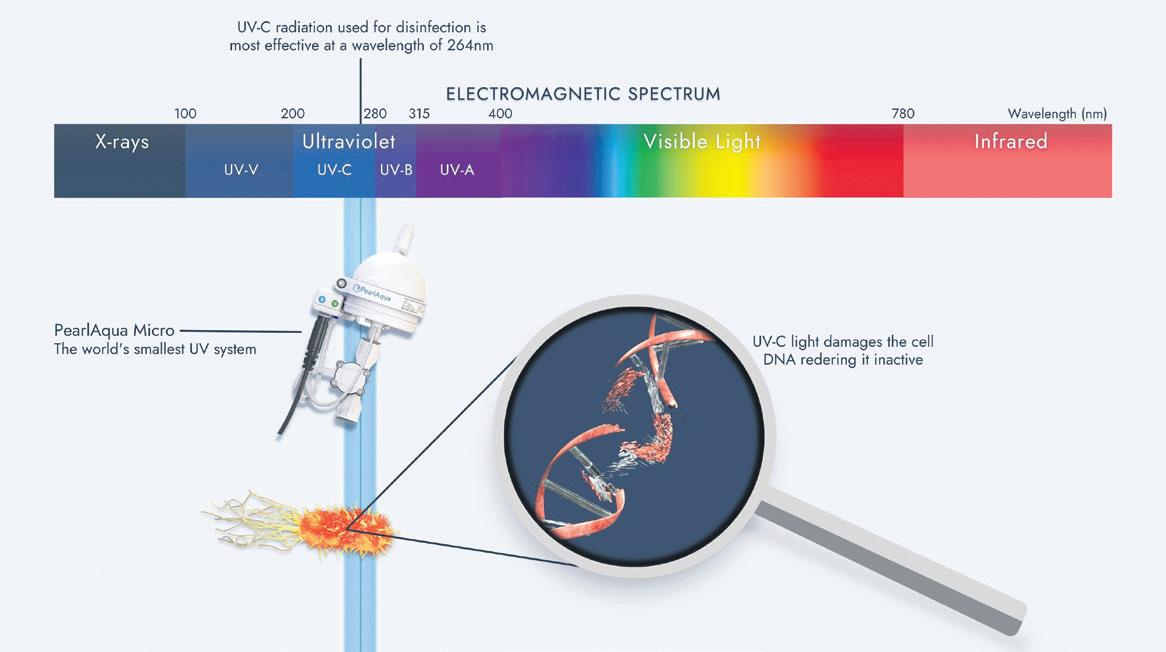


The evolution of ultraviolet LeD technologies means that protection from pathogens in water is now possible without the use of mercury.
Uv-C LeD systems are safer, more energy-efficient, and better for the environment than conventional water sterilisation techniques.
PearlAqua range includes units suitable for point-of-use disinfection, perfect for off-grid dwellings and caravans, right up to industrial systems used for town water supplies. Each PearlAqua unit shares a patented flowcell design as well as boasting features such as being temperature independent, unlimited on/off cycling, and the possibility of being powered by solar or battery.
Given the significant advantages of UV-C LED technology, including but not limited to being mercury-free, it’s no wonder that rural and remote communities are flocking to this game-changing technology.

When making the decision to sell any property, the decision is a big one.

I am here to help you profit from the best advice and maximise the value of your property. I want my clients to enjoy the journey with me. My philosophy is to provide first class service to all of my clients, and to assist their changing property requirements and aspirations.
Many property owners, that I have spoken to, are curious to know the current value of their property as this allows them to set financial goals and plan for their next move.
Whether you’re looking to sell or just want to stay up to date with what your most valuable asset is worth, give me a call for a confidential chat.
14 November 2022 CANTERBURY FARMING HEALTH ON THE FARM ALL OVER RURAL ADAM WHITELOCK
Adam Whitelock 027 408 3424 adam.whitelock@bayleys.co.nz WHALAN AND PARTNERS LTD, BAYLEYS, LICENSED UNDER THE REA ACT 2008
Words of wisdom for dairy farm teams to stay in top form
A big focus for dairy farm teams is keeping cows in great condition, but to take good care of their cows, farmers also need to stay in top form themselves.
] Supplied by DairyNZ

To mark the recent Mental Health Awareness week, Taranaki dairy farmer Kane Brisco joined a DairyNZ podcast to share some timely advice on how farmers could take care of themselves.
Brisco said he went through some chal lenging times as a sharemilker but he turned things around and rekindled his passion for farming, and life, by making some simple changes to his lifestyle and approach to deal ing with stress.
“It got to a point where I couldn’t see a light at the end of the tunnel. I lost my pas sion for farming, and got close to walking away from it.”
DairyNZ general manager farm perfor mance Sarah Speight said Kane’s advice is particularly timely for dairy farm teams, as they’ve just come through the busiest period of the farming year – calving.
“Taking time out is particularly important for both farm owners and staff in the short gap between finishing calving and the start of mating,” Speight said.
“Finding out what your staff want to achieve, both personally and professionally, and considering how you can support them is also key to making your staff feel happy and valued.
For example, if they love sport can you support them by adjusting your roster so they can attend practice and games.”
Brisco’s tips to improve your condition score:


Get fit
Kane rebuilt his love for farming by starting boxing. Today, he has an on-farm gym and uses farm equipment like tractor tyres and fence posts as part of his fitness routine.
Staying fit helps him cope with the phys ical and mental challenges he faces day-today. “Whether its crossfit, running or pilates, you’ll find your passion,” he says.
Eat well
Farmers know that ensuring your cows are getting the right nutrition is crucial to achiev ing good body condition, and being highly pro ductive. The same goes for you too!

Kane says eating well was the next key step he took after getting fit to help him stay well.
Take time out
“Time out with family to do things you enjoy, and getting off the farm, is really important to relax,” says Kane.
“Balancing commitments to the farm, family and yourself isn’t easy, and you have to keep working at it.”
Reframe how you see challenges
Kane says how we react and deal with chal lenges has a big impact on stress levels.
“Instead of getting angry when something doesn’t go the way I want it to, I think about what I want to achieve longer-term and then can break down how I want to get there. That means you switch from thinking negatively to problem solving and developing constructive ideas.”
It’s ok to say you’re not ok Kane encourages farm owners and manag
Stay fit: Dairy farmer Kane brisco uses on-farm equipment like fence posts as part of his workout routine to keep physically and mentally fit.

ers to be open about the pressures they feel.
“Sharing how you’re feeling encourages other people in the farm team to speak up when they’re feeling stressed.
“That helps everyone better address is sues when they come up.”
For more tips on staying well, and to listen to Kane’s podcast, visit www.dairynz.co.nz/wellbeing
Are you happy with your drinking water?
Drink Healthy, Stay Healthy

CANTERBURY FARMING November 2022 15HEALTH ON THE FARM
Pure goodness, Better health Free phone: 03 925 8392 | Mobile: 021 276 5700 Email: richard@filtrationcanterbury.co.nz Alford Forest, RD 1 Ashburton 7771 www.filtrationcanterbury.co.nz
Do you know for sure that it’s an acceptable quality? Does it taste good? The water we put into our bodies determines our health to a large extent. The average adult human is made up of 60% water so it better be good!
Before you paint your bargeboards call us about disconnecting the power
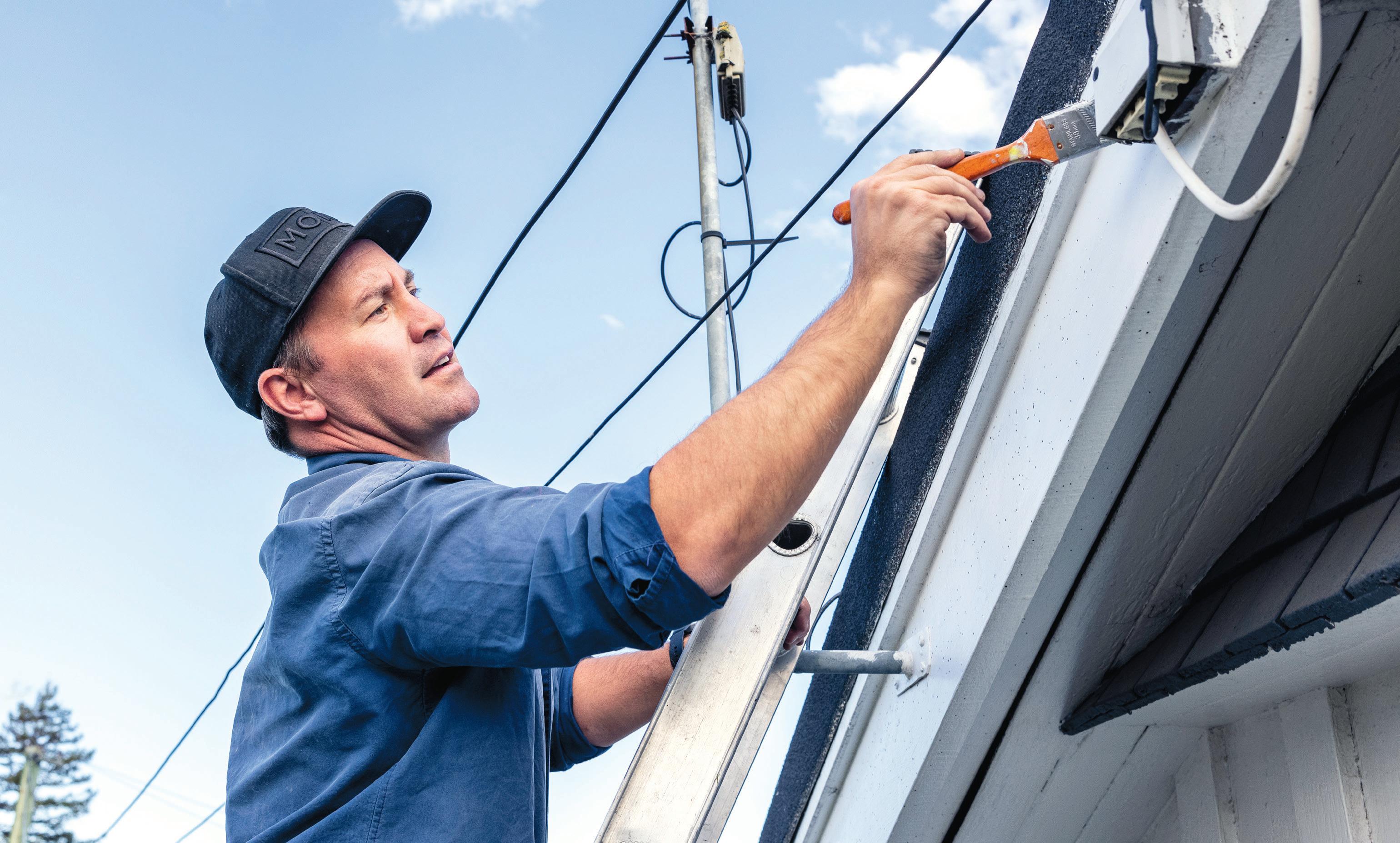
16 November 2022 CANTERBURY FARMING
To find out more, go to: oriongroup.co.nz 03 363 9898 | 0800 363 9898 Orion operates, and maintains, the electricity distribution network that provides power to central Canterbury. We are always here to help if you have any questions or concerns about the network. Getting in there with that paintbrush around live power lines is very dangerous. Call us about disconnecting the power, it might cost a bit more, but it could well save your life. You’re our priority.

CANTERBURY FARMING November 2022 17
The Show’s long wait is over

After a two year wait the Canterbury A&P Association’s New Zealand Agricultural Show is back and live.
] by Kent Caddick
The 2022 Show will be held at Canterbury Agricultural Park from November 9 to 11.
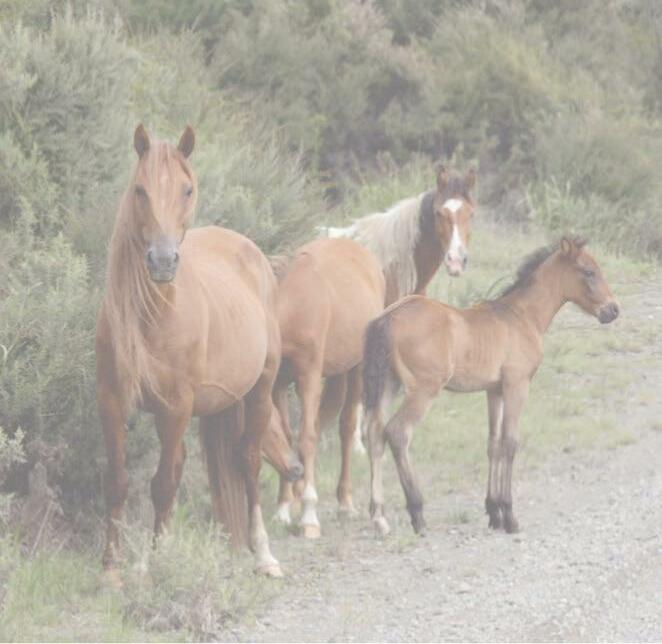
This year’s event will have a youth focus with special competitions and no charge for children under the age of 18 when accompanied by an adult.
As usual some of the South Island’s best livestock and produce will be on show with prestigious ribbons up for grabs.

There will be plenty for all the family to see and do at The Show. Here are some of the highlights:
Tiki Taane and Laughton Kora
Tiki Taane and Laughton Kora join forces to create a high energy, live looping experience that will take you through their hits and beyond.
EnduroCross Open Champs
A fusion between the disciplines of motocross and endure, this is fast and furious motorbiking action at its best.
Watch as some of Australasia’s best battle it out in a series of sprint races over manmade obstacles.
Adam Hattaway and The Haunters
Adam Hattaway and The Haunters are initiating a new generation into the temple of alt-rock’n’roll. As a seasoned touring band with four studio albums, the band explores personal themes while weaving in universal motifs – star crossed lovers, losers, and lonesome travellers.
Adam Hattaway has earned an international reputation from his home in Otautahi/Christchurch for writing sweltering hooks, high-kicks, and raw, emotional narrative.
Ballantynes Grand Parade
The Grand Parade is a showcase of the best of the best with prize winners across most livestock and equestrian sections parading their ribbons.
Canterbury’s Strongest Man and Woman Competition

Come down to the Amusement Zone on Friday and witness feats of strength from some of Canterbury’s strongest men and women.
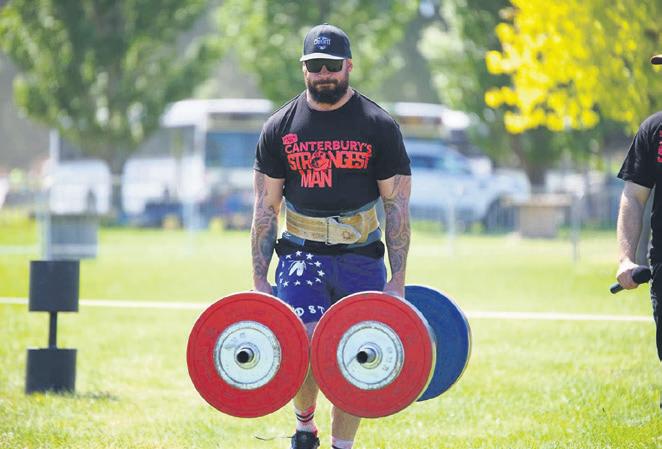
Providing fun for the whole family, watch in awe as these guys and girls push the boundaries and aim to achieve personal bests and take home the title.
Are you looking to buy or sell farm machinery?



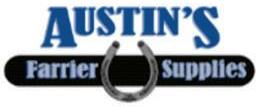

We are New Zealand's leading machinery brokerage consultants with expertise in the procurement and sale of all your farm machinery needs. With our base of operations in Mid Canterbury, our clients and service capabilities extend New Zealand wide.
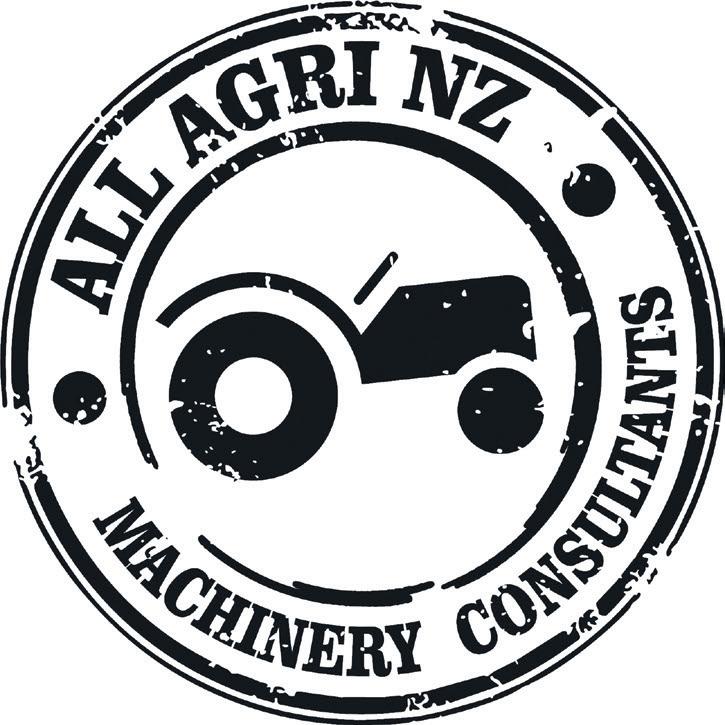

� e�J

No matter how big or small your needs are, our team will make the process of buying or selling your next machinery asset a seamless and successful experience.
For more information about our services call Blair, 027 333 6616 or Chris, 027 338 6616

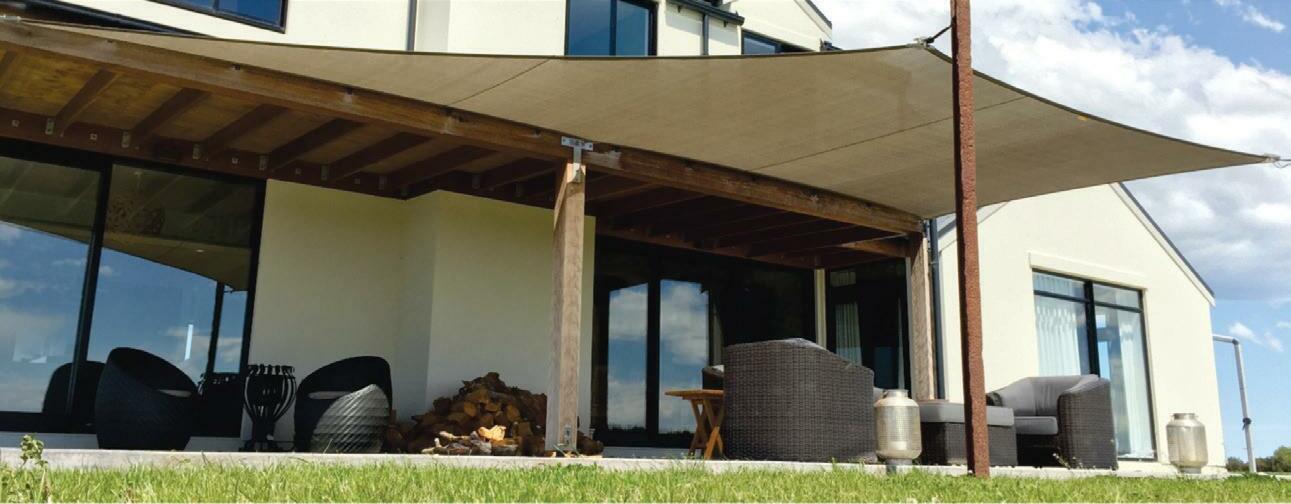

AGRI NZ
Consultants

18 November 2022 CANTERBURY FARMING
ALL
Machinery Sales &
www.allagri.co.nz
Feats of strength: Canterbury’s strongest men and women will be battling it out for titles at the New Zealand Agricultural Show.
BROUGHTENDUROCROSS
TOYOUBYMIKEPEROPREMIER HIRE DEMO KITCHEN BUS STOPB THE NEW ZEALAND AGRICULTURAL SHOW HAZLETT Horse Marshalling (No public access) ISAAC 2 DAY PARKING ARENA VINTAGE MACHINERY DISPLAY FOOD & WINE GOOM LANDSCAPES HOME & GARDEN COURTYARD MIGHTY MIX DOG TRIALS DAIRY MARQUEE ENDUROCROSS PARTY WAREHOUSE DEMO KITCHEN RETAIL PAVILION DISPLAY AMUSEMENT ZONE ROBSONS CATTLE BBQ MEAT COMPETITION CASSELS BAABAA BAR COCKRAM FAMILY LAWN STIHL WOODCHOPPING NESTLÉ VILLAGE CLASH OF THE COLLEGES B
Getting
Article supplied by
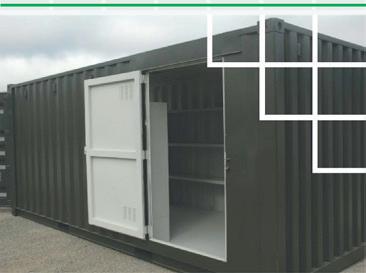
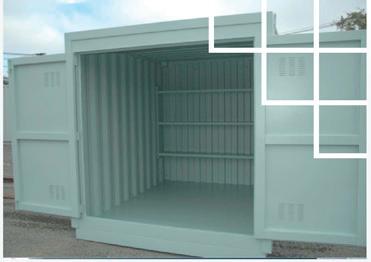
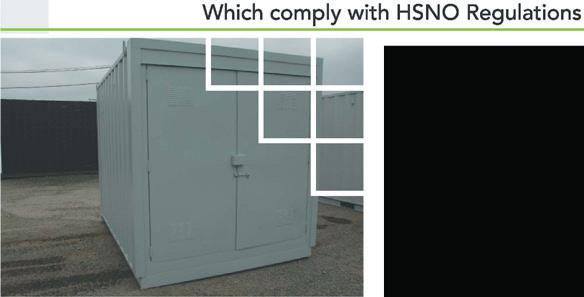
Canterbury A&P Association
After a hiatus of two years due to the Covid pandemic the New Zealand Agricultural Show run by the Canterbury A&P Association is back, running from November 9 to 11 at the Canterbury Agricultural Park in Christchurch.
General Manager Tracy Ahern said the new events, run by the New Zealand Rural Games Trust, are a perfect fit – they’re designed for our rural communities and for those interest ed in learning more about rural life.
“Thanks to Kiwi Gaming Foundation, kids aged 18 years and under come for free to this year’s Show. And with no entry cost to the two new events, it’s affordable for all families.”
New Zealand Rural Games Trust founder Steve Hollander said the Show is an iconic South Island event with a long relationship with rural sports like gumboot throwing, tim ber sports and more. “We’re excited to bring some of the Rural Games offering to Canter bury,” Hollander said.
The events are:
The Clash of the Colleges
• Wednesday, November 9)
Rangatahi from secondary and area ku ra across Canterbury will compete for brag ging rights in a hands-on amazing-race-styled event.
Steve Hollander said the Clash of the Col leges was developed to increase the skill lev el of the next generation. Farm 4 Life founder Tangaroa Walker will be at the event to en courage rangatahi.
With junior and senior competitions, teams of four compete at 15 modules from identifying animal anatomy, condition scoring of sheep, wool classing, identifying seeds and weeds, applying drench, tying knots, safety, aspects of fencing, putting together a
of


shearing hand-piece and more.
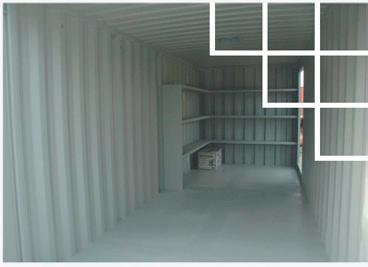
“The Clash also has a rural sports focus, with modules that include gumboot throwing, egg throw and catch, sulky races and more.”
Kids ‘n Country
• Thursday, November 10 Run in association with Kelly Sports and Kelly Club Kids ‘n Country is all about hav ing a go.
Kelly Group’s Managing Director Paul
Entertained: There will be plenty to see and do for the younger generation at this year’s New Zealand Agricultural Show.

Jamieson said it’s fantastic to bring Kids ‘n Country to Canterbury.
“Our skilled team from Kelly Sports and Kelly Club coordinate loads of fun activities for under 12 year-olds. Everything from hay bale racing, sack racing, cow pat throwing, pedal tractor racing, to face painting.”
Alongside, there will also be Kidz Kartz –rides on a sulky drawn by a miniature pony and digger driving.
South Island Secondary Shearing Championship


This year, the New Zealand Agricultural Show will host the inaugural South Island Sec ondary School Shearing Championships to complement the existing North Island cham pionship held at the Ford Ranger New Zea land Rural Games every March.
“We aim to create a national competition and encourage more rangatahi into shear ing,” Steve Hollander said.
The Show already hosts the South Island Gumboot Throwing Championship, and the winners compete at the New Zealand Cham pionship at the Ford Ranger New Zealand Ru ral Games.

CANTERBURY FARMING November 2022 19
a taste
the rural life CHEMICAL STORES 2000L DANGEROUS GOODS STORE Capacity 2000L / 1 000L Bunded Floor • Modified Near New Container • Agrichemical Indoor/ Outdoor • Flammable Outside Type B Store • 3 Shelves/ Wall Vents/ 1200 Wide Door • Roof Vent (Optional) • Painted with Marine Paint 2500mmW x 2600mmH x 3100mmL Weight Approx 1,300 kg 4000L DANGEROUS GOODS STORE Capacity 4000L / 2000L Bunded Floor • Modified Near New Container • Agrichemical Indoor/ Outdoor • Flammable Outside Type B Store • 3 Shelves/ Wall Vents/ 1200 Wide Door • Roof Vent (Optional) • Painted with Marine Paint 2500mmW x 2600mmH x 6100mmL Weight Approx 2,500 kg CON AINE S 11 Cass Street, Sydenham Christchurch :v-=m o VO� f C,P.O.Box 100-19, P, +64 0800 326 001 Phillipstown, E: admin@containersmore.co.nz Christchurch 8145 www.containersmore.co.nz For All Customer Enquiries, Please Phone: 0800 326 001 ]
]
Fun rural-focused events for rangatahi and tamariki will premiere at The Show, the South Island’s largest community event.



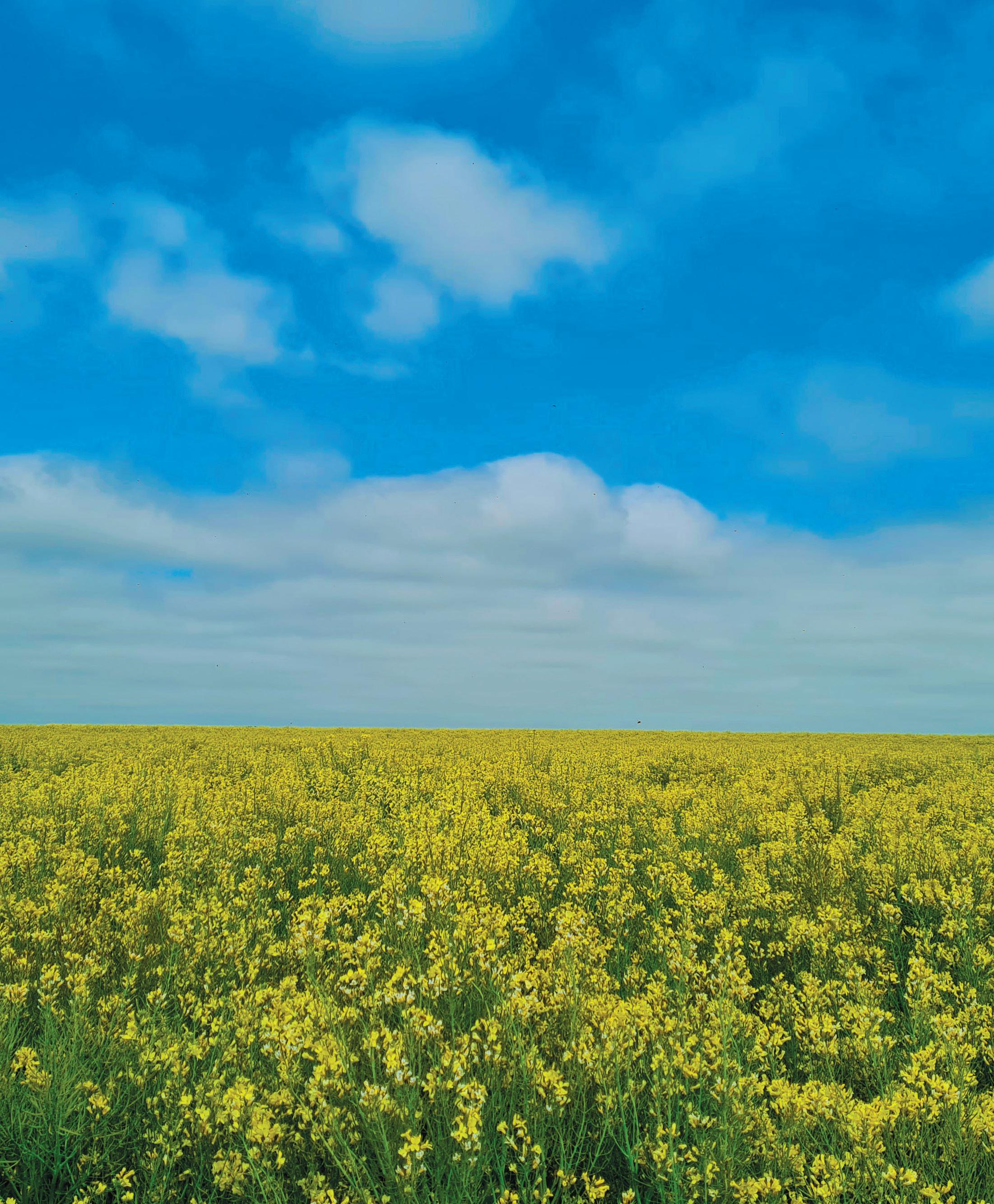
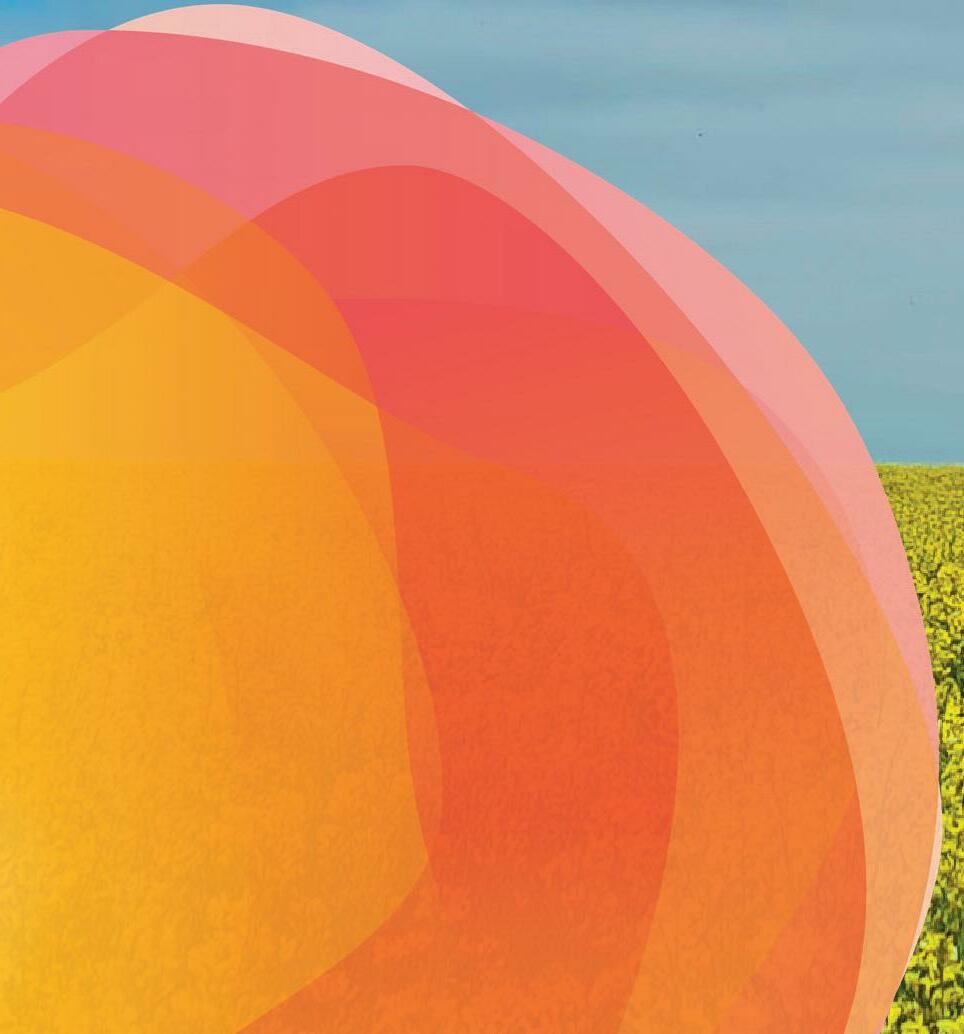



20 November 2022 CANTERBURY FARMING UPL-LTD.COM Stop seed loss with POD-LOCK® protectant sealer Lock-in your seeds’ full potential HSNO Approval code HSR002503. Registered pursuant to the ACVM Act 1997, No. P008857. See www.epa.govt.nz for approval controls. Pod-Lock is a registered trademark. Talk to your local merchant to find out more. Harvest more quality seed crops such as brassicas, oil seed rape, peas and beans with POD-LOCK Boost your profits, and get a cleaner paddock for your next crop! POD-LOCK CANTERBURY FARMING FULL PAGE 370MM X 260MM
Purpose formulated pod sealer delivers for Canterbury seed growers
When POD-LOCK, a pod protecting sealer from UPL NZ Ltd, was launched to the New Zealand market it was with Canterbury seed growers’ needs specifically in mind.
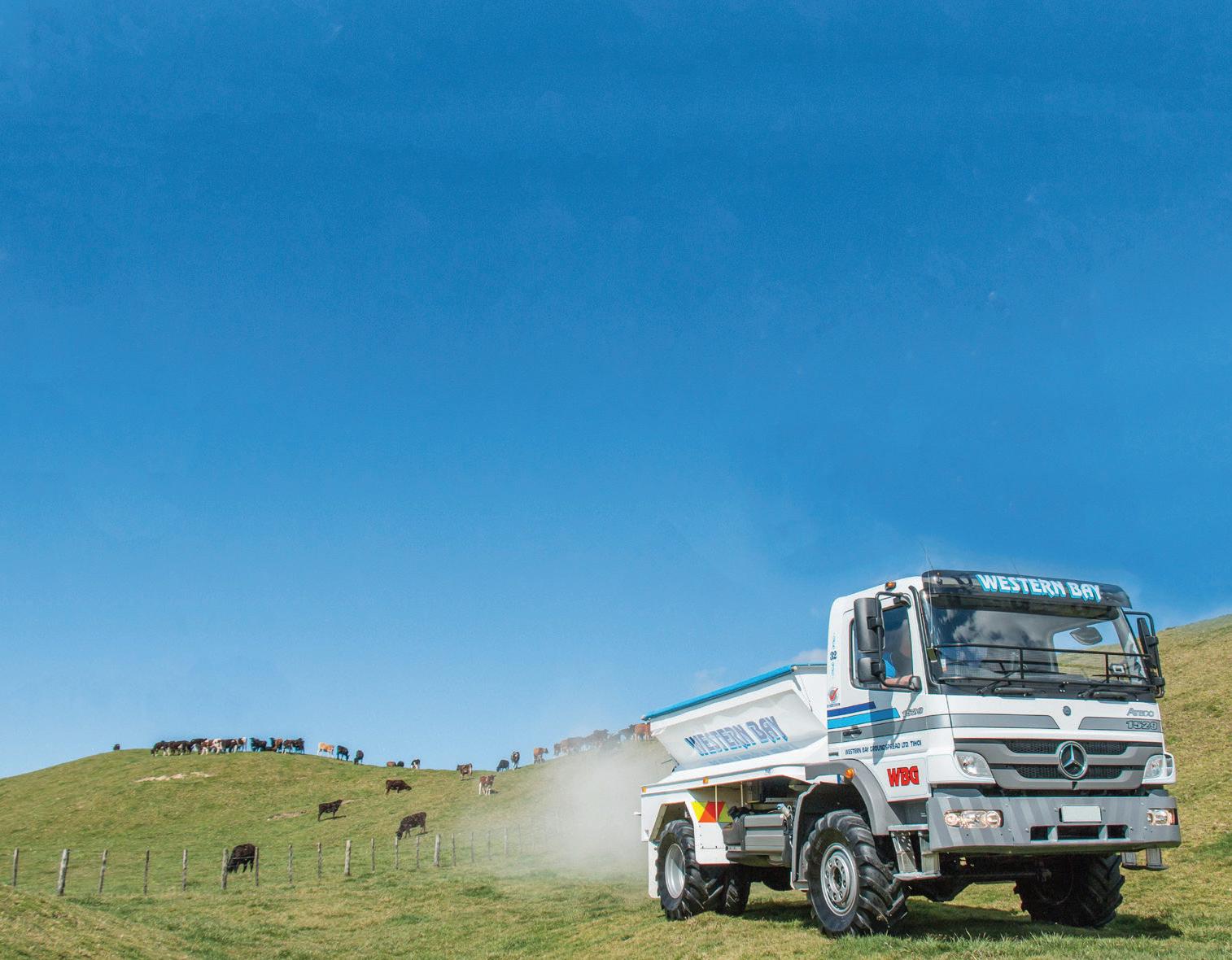
Advertorial supplied UPL NZ



Mike Goodwin, UPL NZ Central South Island Regional Manager, says the adjuvant addresses yield losses resulting from seed shedding in seed brassica crops including oil seed rape, peas, and beans.



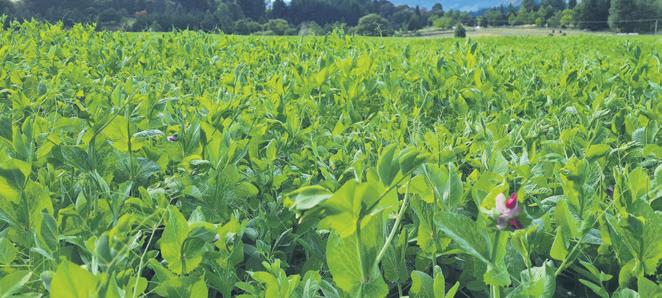
“We saw real potential for it here, and it’s been very successful.”
POD-LOCK is a unique latex polymer blend specifically developed to dramatically reduce the quantity of seed shed from seed pods when they split before and during harvest.

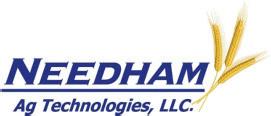
High value brassica, pea, and bean seed crops are particularly susceptible to shedding – also known as ‘shattering’. This is a naturally occurring process exacerbated by factors including the weather and harvesting itself. Rain followed by the dry heat typical of Canterbury summers is a major factor contributing to seed shedding.
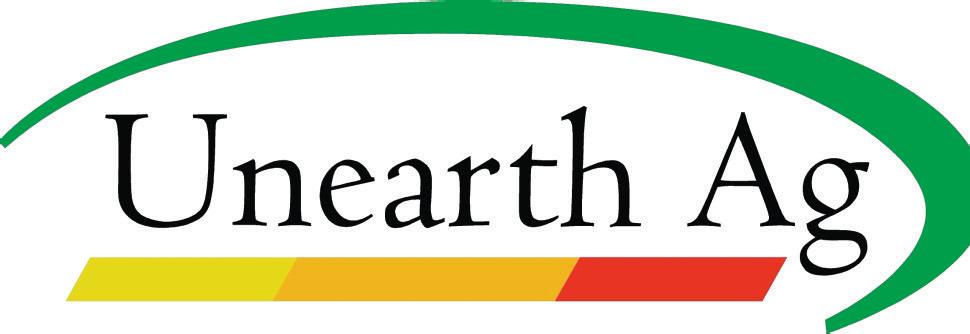
Seed losses, as a result of split pods, of 10-25% are common. In more extreme examples, this can be up to 70%.
Mike says POD-LOCK is more than pay-
ing for itself with demonstrated ROIs of between 50 and 60%. “Enhancing the profitability of the crop is what it’s all about. Seed shedding can be really costly. Using POD-LOCK, you just don’t get those big seed losses.”
Trials in the UK (where the product is marketed as PODSTIK®) have shown a 200-500 kg/ha seed saving when the product is used. “When you’re looking at a crop yielding 4 t/ha that’s significant.”
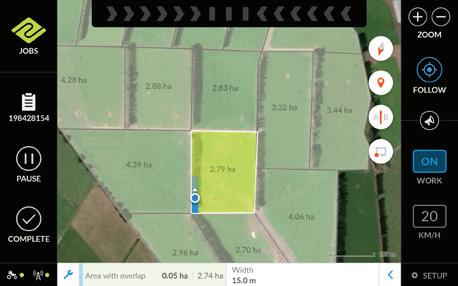
Mike says another benefit of applying the adjuvant is the minimisation of volunteer plants the following season. This helps keep paddocks cleaner for the next rotation – another time and money saver for growers. Anecdotally, fewer seeds on the ground also means the crop is less attractive to birds, Mike adds.
Used in co-ordination with desiccants, POD-LOCK can be a useful tool, giving seed growers greater ability to coordinate harvesting around weather events, and to select the best harvest conditions without fear of compromising yield.
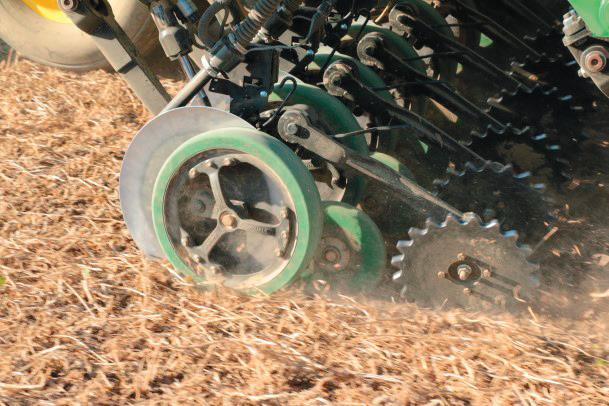
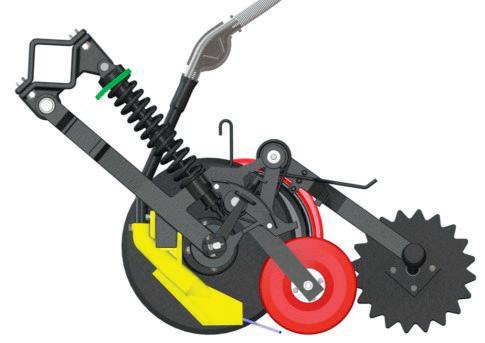
The adjuvant’s specialised polymer blend works by forming a pliable netting that dries on the pod, creating a seal that helps keep the pod intact and strengthens the pod wall itself.
POD-LOCK does not impact plant senescence and has no adverse effects the quality of seed produced. POD-LOCK can be applied between BBCH 80 (when pods are still green and bendy) through to BBCH 89 (when pods are fully ripe, and seeds have hardened).
It can be mixed with a range of desic-



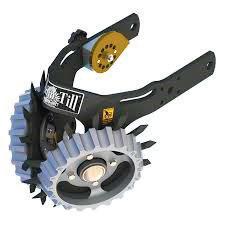
cants including glyphosate.

Mike says the product is effective for about a month, but he recommends respraying if heavy rain occurs.
Sticking where it lands, POD-LOCK does not translocate within the plant. It has no active and is broken down naturally over time by weathering and sunlight.
Talk to your local technical representative for more details on PoD-LoCK – the convenient, effective way to maximise the value of your brassica, pea and bean seed crops.
CANTERBURY FARMING November 2022 21 Needham Ag JD750a Seeder parts Pivot rebuild kits Bonilla seed tabs, Seed boot mounting repair kits Boots, Discs, V8 firming wheels, HD gauge wheels and Martin closing wheels •Maize Planter No till hardware, Clutches and Controllers • Shop at our online store! 0275 083 789 unearthag.com ]
More seed, greater profitability with PoD-LoCK.
Come and see us 9-11th November 2022, Canterbury Agricultural Park Retail Pavilion — T18 - 20 0800 872 262 | tracmap.com save time, save money Streamline work The TML unit provides proof of placement connecting with TracMap’s online job management system making job management and invoicing easy. TML UnIT Manage jobs and maps in TracMap Online See where you’ve been Dispatch jobs direct to units Save on product cost
Plenty of history behind the Show
 ] by Kent Caddick
] by Kent Caddick
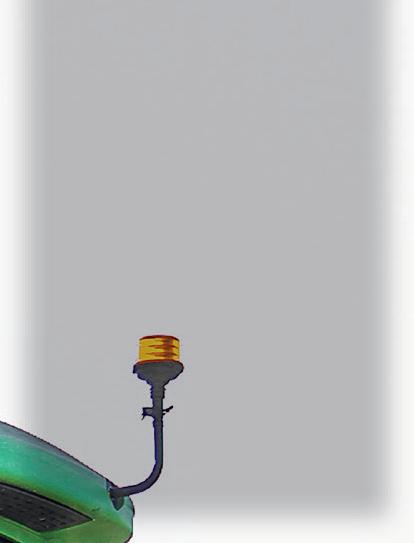

The Association hosts an annual Agricultural and Pastoral Show which has grown over the years to become the largest A&P Show in New Zealand.



















The decision was taken by the association in 2017 to rebrand the Show, changing its name to the New Zealand Agricultural Show to “ensure its longevity and continued support to the communities at its core for many more years to come”.















Following the establishment of official European settlement by the Canterbury Association in 1850 the province set about establishing itself on a rural economy and thus from its earliest European inception an interest in annually displaying the fruits of the horticultural and agricultural abilities of the area.
Shows were an important part of the rural culture of England and the tradition quickly became a part of early settlement.
The earliest record of any such ‘show’ is 16 December 1852 in Hagley Park. In May 1853 an essentially horticultural display was held at the White Hart Hotel and a show of livestock held in the Market Place (Victoria Square).
In May 1854 a similar show including wool and grain samples was held at the Golden Fleece Hotel. Similar shows continued on through the 1850s with the formation of the Canterbury Farmers’ Club in 1858.
The first ‘recognised’ agricultural show in Canterbury was held by the fledgling Canterbury Pastoral Association on September 14, 1859 at B. Moorhouse’s station at Shepherd’s Bush, on the north bank of the Rangitata River.
At the conclusion of this show the Canterbury Pastoral Association was officially formed and subscriptions were set at one guinea a year.
The next year a more successful show was held at Turton’s Accommodation House


Growing: From humble beginnings the Canterbury A&P Association’s New Zealand Agricultural Show is now sited on a 250acre site at the Canterbury Agricultural Park near Wigram.

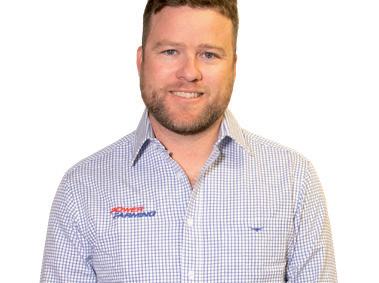
in Ashburton. This was a quite grand affair with a formal dinner and ball in George Hall’s Woolshed, the evening not culminating until 5am.
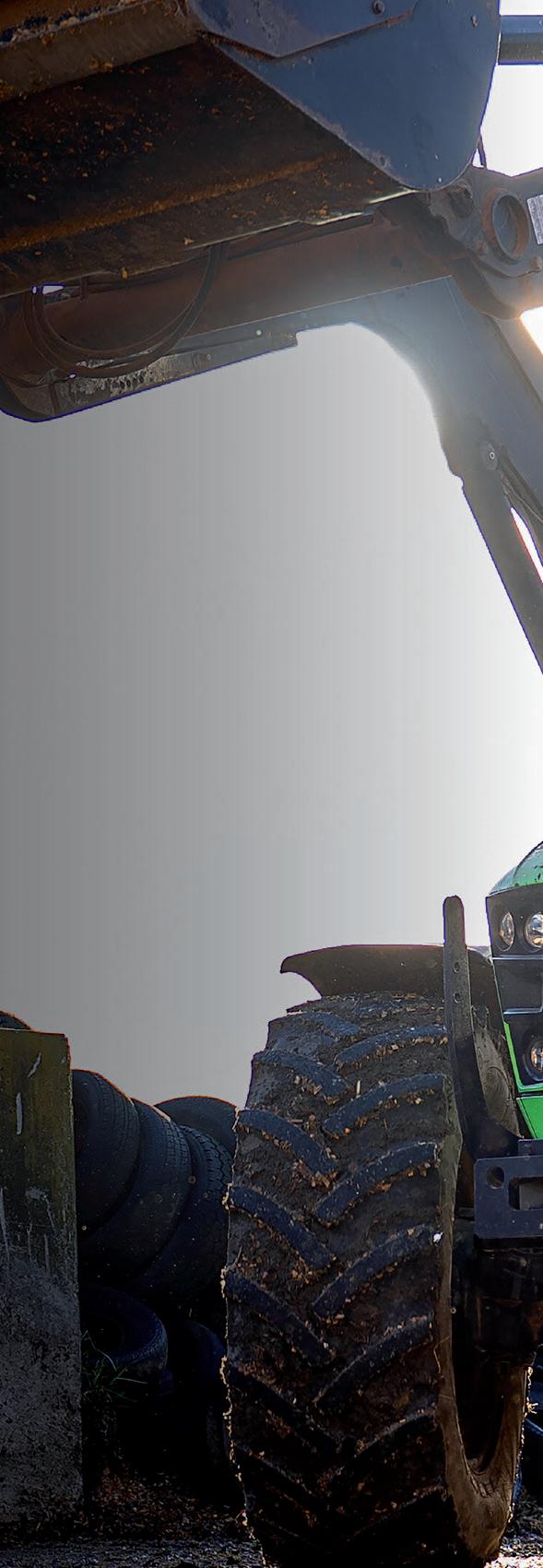
22 November 2022 CANTERBURY FARMING
DEUTZ FAHR 5 SERIES • FARMotion Tier 3B (Tier 4i) engine 4 cylinder Turbo Intercooler • Wet clutch Power shuttle with adjustment and Stop&Go for clutchless stopping and starting • 60 x 60 transmission to suit a broad range of applications** • 4-wheel braking for superior stopping power and safety • 3 remotes standard with flow control and flow up to 90 l/min hydraulic pump** • Hydroblock cabin suspension** • Trima self-levelling loader with third service 1.99% FINANCE* 125HP TRACTOR & LOADER COMBO
Jimmy
Leigh Sales 027 405 6941
Geoff
McCabe Dealer Principal 021 220 9544 Power Farming Canterbury * Terms and conditions apply. For a limited time only. While stocks last.
Joel Parris
Sales 027 435 0884
TO PAGE 23
The Canterbury Agricultural and Pastoral Association, established in 1863, is an association under the Agricultural and Pastoral Societies Act 1908.
Friday of Show Week becomes ‘People’s Day’
FROM PAGE 22

As a result of the shows during the 1850s a strong move to form an Agricultural and Pas toral Association was promulgated by busi nessmen such as Robert Wilkin, George Gould and J T Ford.
So it was in 1862 that the Canterbury Pas toral Association met to inaugurate a show on or near Christchurch and form an organi sation with wider aims.
In 1862 the show was held for the first time in Christchurch, in Gresson’s paddock which was fenced with gorse and located in Armagh Street just north of Latimer Square.
Following the success of this venture the A&P Association was formally established with Wilkin as Chair and William Moorhouse, the then Superintendent of the Province as Patron.
This group resolved to purchase a perma nent site in Christchurch or its suburban ar ea. The site of the first showgrounds was purchased in 1863, a fourteen acre site in Sydenham, which later became Sydenham Park in 1894.
A show was held there on October 22, 1863 and though affected by inclement weather some 1,500 people attended.
By 1872 the site was well developed and some 8,000 attended the show that yea. By 1878 the Association had paid off its mort gage and the show continued to increase in size and attendance with the Association making a profit of £500. On the showgrounds the Association had erected an office build ing, new pens, a manufacturers and dairy dis
play building and fenced the site.
When the Sydenham site became too small, the Canterbury Agricultural and Pas toral Association bought a 29 acre block at Addington from a Mr Twigger, who donated to the Association another 5 acres. While not all Association members were in favour of the move the main advantage of the new site was its proximity to the main South rail way lines.
By the time the first show at the Addington site opened the site had been well subdivid ed into pens, paddocks and show areas and fenced and at least three permanent build
ings built, the Industrial Building, the Secre tary’s Building and the Treasurer’s Building.
The move to Addington by the A&P Associ ation was quickly justified as entries and at tendance increased and entries came from the North Island and the lower part of the South Island. By 1899 the grounds had been added to by way of a lease of land.
Side shows, industrial exhibitions and ma chinery and car displays became part of the show increasing the more general public in terest.
By 1918 the Friday of Show Week had become People’s Day at the Show. In the
1950s the official provincial holiday for the anniversary day of the province was shifted from December to the Friday of Show Week, a change which meant large numbers of peo ple from both town and country attended the show.
In 1947 the mortgage on the Addington site was paid off and a motor camp devel oped on part of the site which provided a val uable source of income.
In 1962 the Canterbury A&P Association celebrated its centennial and continued at the Addington Showgrounds until 1996 when the A&P Association acquired a 250 acre block of land at Wigram from the Christch urch City Council.
The old facilities at Addington had be come cramped and dusty and no longer able to cope with the large number of entries and crowds of visitors and the move to Canter bury Agricultural Park in Curletts Road was made in 1997.


The first show at the new site held that year included a range of events, from dog tri als to axe men, and exhibits such as ostrich and llama, wines and cheeses, agricultural machinery and services, as well as the more traditional livestock competitions.

CANTERBURY FARMING November 2022 23
Side show: As well as all matters agricultural and pastoral there are plenty of other attraction to keep young and old entertained at the Show
Honouring the seasons and creating lasting memories
Inspired by the seasons and a desire to surround herself with beauty, ‘after-hours’
stylist Kate Williams encourages us to slow down and celebrate life’s simple pleasures, and special moments.
] Article supplied by Bateman Books



For her, home and hearth mean foraging, growing, and creating. They also mean mak ing time for get-togethers with loved ones, the joy of belonging and shared memories.
Now, Kate Williams shares her ethos in The After-Hours Stylist, a sumptuous and inspiring new book published by Bateman Books in November.
Beautifully photographed by lifestyle pho tographer Anna McLeod, it merges expert advice with practical tips alongside aestheti cally appealing ideas for everyday gatherings and special occasions.
Williams was born in Canterbury and raised in Ashburton. She said she has always enjoyed creating, foraging, painting, photo graphing, and finding unique ways to accen tuate beauty in everyday moments.

This passion led to a career as a stylist and designer, which she now pursues ‘after hours,’ around her full-time job as a gener al manager for a law firm. She lives with her family on a lifestyle block, where she hosts floral design and interior workshops, and reg ular magazine photo shoots.
She and five generations of her family have enjoyed spending time off-grid at their bach/crib in Okains Bay in Banks Peninsula.
“This is a book that celebrates some of my after-work activities, such as floral and
foraging workshops, maintaining flower beds and orchard, and hosting large gatherings and charity tours at our property in Canter bury,” Kate Williams said.

“Creating, styling, and designing give me
Illustrated: The After-Hours Stylist by Kate Williams is beautifully illustrated by photographer Anna mcLeod.
so much pleasure and I’m excited to bring my passions for food and flowers, fabric and for aging into one place.”
Capturing the spirit of our seasons – from harvesting fruit and vegetables to seeking out flowers and foliage in bloom – The Af ter-Hours Stylist inspires with a rich palette of creative ideas; ‘how to’ guides, including flowering arranging and styling with ice; and delicious recipes.
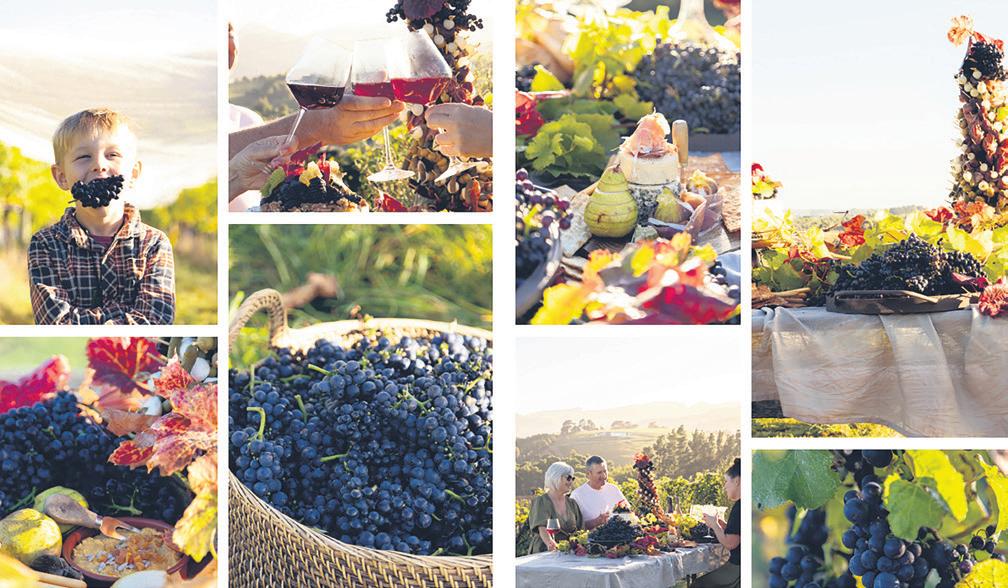
Whether it is planning simple al fresco meals in the garden or at the beach, deco rating the house for Christmas, or creating memorable birthday celebrations, Kate Wil liams demonstrates how to invite beauty, el egance, and simplicity into your life.
Cherishing the moment and chiming in with challenging times, The After-Hours Styl ist encourages us all to linger longer and en joy each other’s company.
24 November 2022 CANTERBURY FARMING

CANTERBURY FARMING November 2022 25
New tech reduces dairy herd effluent

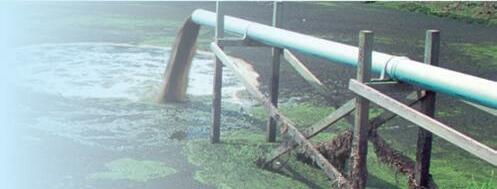
As farmers face increasing feed costs and tighter environmental regulations a live yeast product being used on New Zealand dairy farms through a patented system is increasing milk production, improving herd fertility, and reducing the amount of effluent produced.
]Article supplied by RCI

Animal health and feed additive company

RCI has installed its Suredose system on 12 farms in the South Island and is collecting data for research into the effectiveness of the Vistacell yeast when delivered using Suredose.
Suredose uses compressed air from a rotary cow shed system to deliver the Vistacell yeast to cows at the optimal dose in their feed as they enter a rotary shed. The patented technology has been in Beta testing since 2019 and RCI will soon have data from over one million doses given to 16,000 cows in the New Zealand group.
RCI managing director Brett Ruth said live yeasts are well known for improving a cow’s rumen function, but we know it needs to be given in specific doses to be effective.
“There have been no data studies to show the value farmers get from the products which is why we have developed this system.”
Ruth said Suredose allows farmers to capture data from their milk metres to show how their herds are performing using the Vistacell yeast.
He said farmers using the product report significant results.
John Wyatt, a contract milker for Premier Dairies in Southland, has used the Suredose system since November 2021 on 1000 cows.
Wyatt said since using the Vistacell yeast in his 50-bale rotary shed through the Suredose system his production has increased six percent this year and his six-week in-calf rate has improved by four percent.
“Our cows’ body condition scores have improved, we calved earlier, and our milk production is up on last year to date,” Wyatt said.
His herd had produced 57,812kgs/MS by this time last season and has increased to 61,300kgs/MS to date this season.
He said he has also noticed his effluent pond is not crusting over like it normally would.
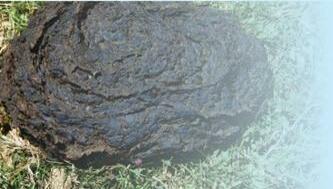
“It suggests to me the yeast is getting into the cow’s rumen creating a more efficient animal, whether that’s more milk, better body condition or getting in calf quicker.
“As a contract milker, more days in milk equals better returns and we saw our sixweek in-calf rate improve last season after using Vistacell,” Wyatt said.
Donald Smith has used Vistacell in the Suredose system on his herd of 640 cows in Canterbury and said his empty rate has improved from 12.5 percent to 10 percent.

“The herd is in much better condition, and the cows are much more content. I think the yeast is helping them use the feed we’re giving them more efficiently,” Smith said.
The company is wanting more farmers to use the system and add to their data collec-
tion, so RCI is offering farmers six weeks free Vistacell product when they sign up and agree to share data with the company. The Suredose system, which works in rotary sheds, will be installed on their farms but remains owned by RCI.
“With increasing feed costs and environmental regulations, farmers need mitigation solutions, and they want to be sure they’re getting the most out of their feed. Our testing shows the Suredose system is delivering both,” Ruth said.
Be effective: rCI managing director brett ruth says live yeasts are well known for improving a cow’s rumen function, but it needs to be given in specific doses to be effective.
“This system has potential to help address many of the challenges coming at dairy farmers and we’re keen to work with more New Zealand farmers to help them gain the benefits from this system.”
Alongside data being collected from New Zealand herds, RCI is also planning further research in Australia to measure reduction in effluent produced and methane outputs when using the Vistacell yeast in the Suredose system.
H E N

26 November 2022 CANTERBURY FARMING W
R E L I A B I L I T Y M A T T E R S . Where heavy duty solutions are required, look no further than Sabre Effluent Pumps. Available from Pump & Valve Specialties Christchurch. Stock readily available locally from our warehouse Full in house workshop facilities for repairs/service For Technical support, call Andrew on 021 276 9045 ww w w.pumpandvalve.com
Is a drag hose system the right choice for your farm?
Drag hose systems can be a very effective and efficient effluent spreading solution, but they’re not for everyone.

 by Lloyd Thomas
by Lloyd Thomas
Nevada Effluent Management
Specialist
Effluent equipment and systems are a long term investment, so to help you decide if a drag hose system will suit your operations, consider these things:
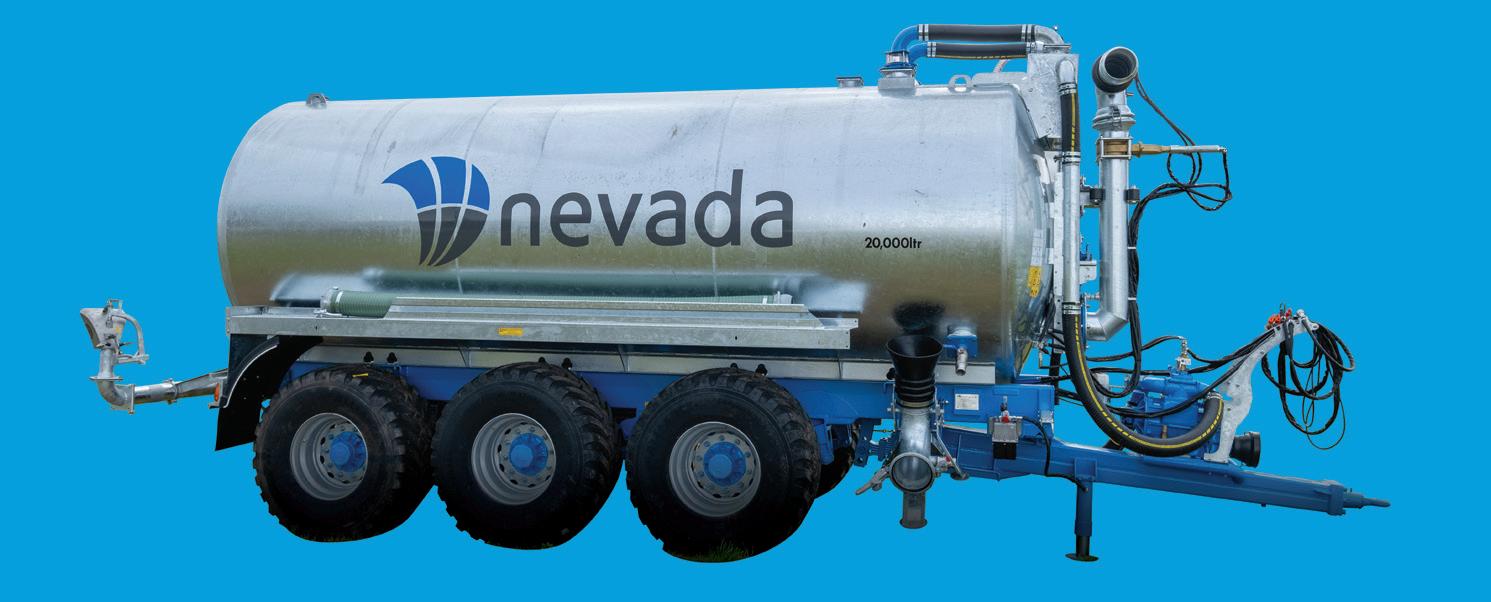
Storage size


Drag hose systems are an efficient way to spread for farms with effluent storage capacity over 500,000 litres. There’s a bit of setup involved with a drag hose system, so it’s often not worth the setup time for smaller storage situations.
Operational requirements
Drag hose systems suit operations where you want to get in and get the job done all in one go.
You’ll need to devote a whole day to the job, and to maximise efficiencies, it’s realistically a two-person operation.
For the person who gets to do the spreading, they’ll need to be a reasonably skilled operator, and someone that enjoys driving a tractor, after all, they’ll be doing it all day.
The system will require the use of multiple tractors, meaning the tractors will be tied to the job for the day. Depending on the setup, tractors will be required for reeling and spreading, and you may also require them for pond stirring and pumping.
Usage
Aside from being able to spread large volumes of effluent in one go, drag hose systems are an excellent choice for farms with slopes, odd-shaped paddocks, or areas you wouldn’t be able to get to with other spreading methods.
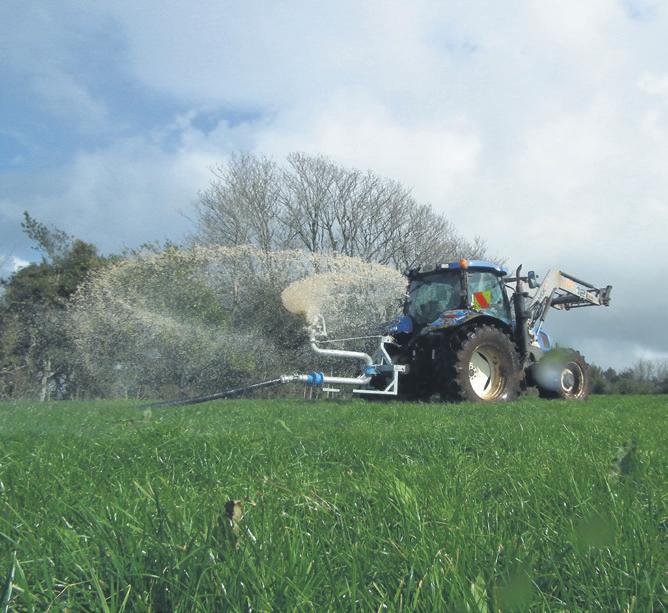
With a drag hose system, you can take it anywhere you can drive a tractor while maintaining good control over your spread.
Drag hose systems can be ideal for cropping, allowing large volumes of effluent to be evenly applied over a short amount of
time prior to cultivation.
If you have softer soils, drag hose systems with lightweight applicators can be a good solution.
Also, for farmers and contractors working over multiple farms a drag hose system can be a real winner because the equip-
Drag hose systems suit operations where you want to get in and get the job done all in one go.
Waste and recycling collection services for rural New Zealand.

recycling
ment can be easily shared between farms.
Finally, if you’re a farmer or contractor that sees value in effluent nutrients, you won’t be disappointed with a drag hose system. They make great use of the resource, and you’ll be getting good value from your nutrients.
CANTERBURY FARMING November 2022 27 nevadagroup.co.nz | 0800 464 393 To order your front load bin, give us a call on 0800 240 120. Conditions may apply.
• The easy and safe way to dispose of your general waste and co-mingled
• Our range of front load bins are strong and robust, ideal for farm use • Schedules and bin sizes can be tailored to meet your specific requirements WE GO THE EXTRA MILE ]
]
]
Applying effluent to land as a fertiliser
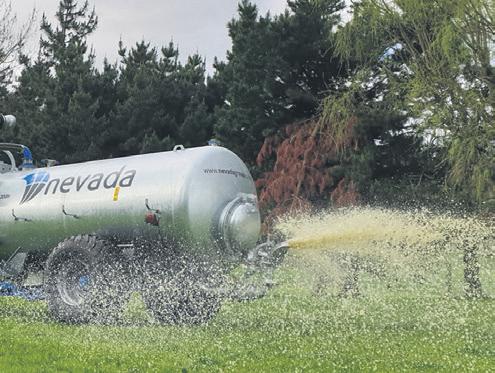

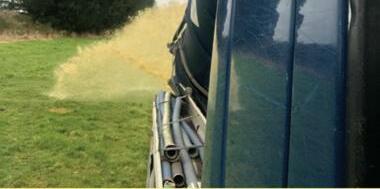
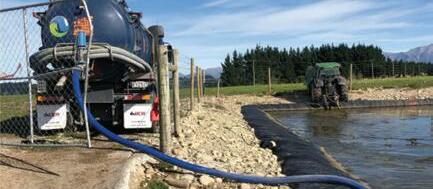

When spread over land and applied in timely fashion, dairy effluent can save farmers thousands of dollars a year in fertiliser.
] Article supplied by
the Waikato Regional Council

Farm dairy effluent is a natural, dilute liq uid fertiliser. It contains nitrogen (N), phos phorus (P), potassium (K), magnesium (Mg), sulphur (S) and trace elements that you’d normally pay for to have applied to pasture.
Think of dairy effluent as a resource, not waste. The average dairy herd (244 cows) produces the same amount of effluent as a town with about 3400 people.
Protect waterways on your farm by:
• Not irrigating within 50 metres of a wa ter supply
• Leaving a strip of non-irrigated land next to all watercourses – at least 20m wide
• ensuring that spray drift isn’t getting into nearby streams or rivers
Soil acts as a living filter and treats the applied effluent by changing it:
• Physically – filtering out effluent particles, breaking them down and incorporating them into the soil structure
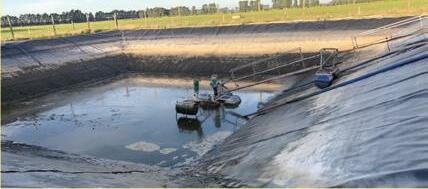

• Chemically – absorbing nutrients and making them available to plants
• Biologically – harmful micro-organisms (such as bacteria) present in the efflu ent are retained by the soil, or are killed when the effluent dries or when they be come exposed to sunlight.
However, don’t apply too much as soil can only filter so much effluent at a time. It’s im portant to match the irrigation depth to the capability of the soil.
Land with impeded or artificial drainage, high or rising water tables or slopes of great

er than 7 degrees have a higher risk from over-application, and therefore application depths should be adjusted accordingly to re flect soil and weather conditions.
Too much effluent can:
• Kill pasture – especially where effluent has ‘ponded’ on the soil surface
Alternative: Dairy effluent is a resource, not waste. Photo courtesy of Nevada Group

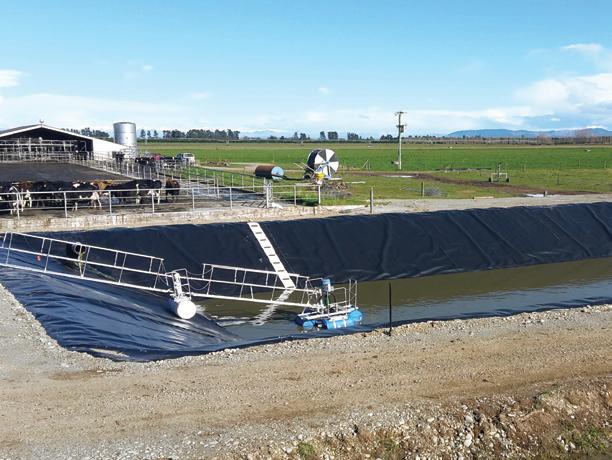
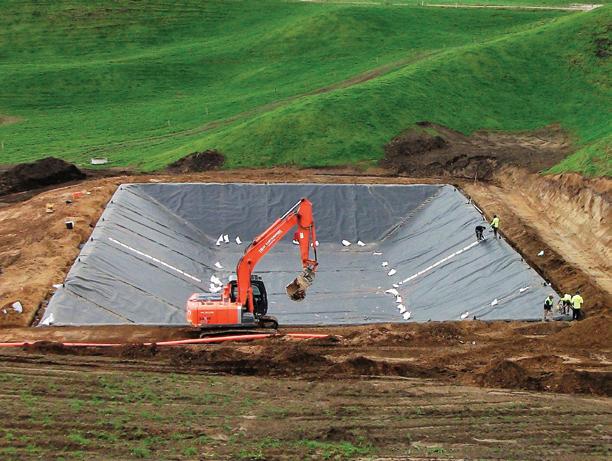

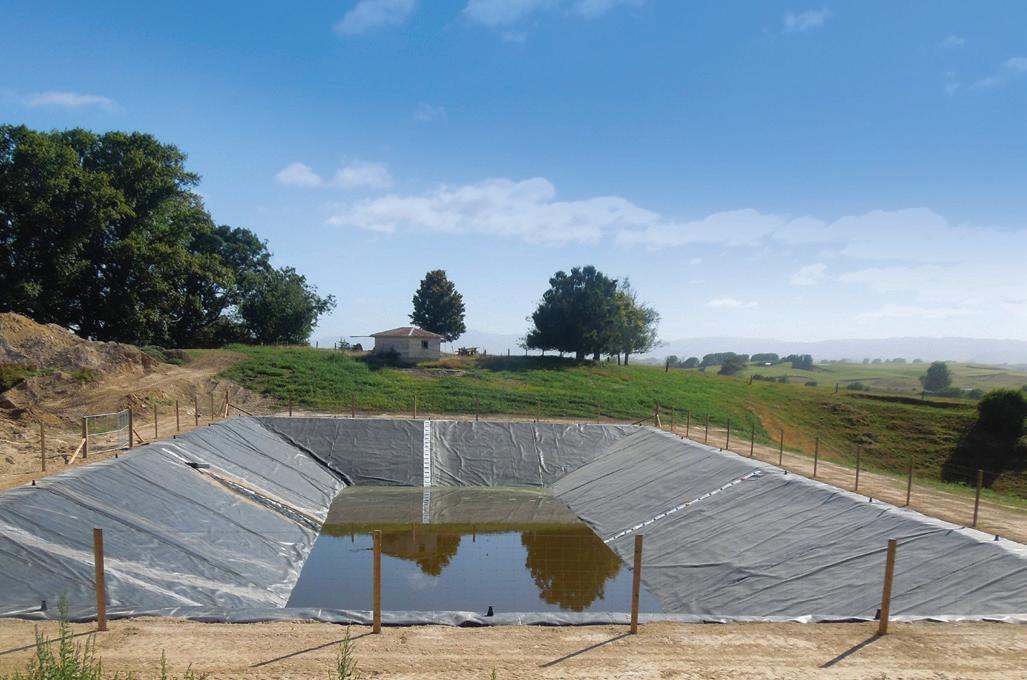
• Pollute nearby streams and rivers –where it runs off paddocks into water ways.
• Pollute ground water – by seeping too deep into the soil

• Be an ineffective use of nutrients – by seeping past the root zone before the plant can utilise it
Working out how much effluent to irrigate:
Although effluent contains many nutrients which can impact on your farm management, it is the environmental effects of nitrogen that determine how much you can irrigate on to land.
Too much nitrogen can reduce pasture performance and reduce water quality in neighbouring waterways.
If you know exactly how much nitrogen is in effluent, you can work out the most effec tive application rates for your land.
Each effluent application must not be more than 25 millimetres deep. How deep you irrigate effluent over an area will depend on how much nitrogen you want to apply.
Remember to cover water troughs when ir rigating effluent.
28 November 2022 CANTERBURY FARMING
]
Don’t drop the ball with your effluent pond drop test
] Article supplied by Aqualinc



Most owners of dairy effluent storage ponds believe that their ponds don’t leak. This is understandable, especially where they have been synthetically lined. However, the need to prove that this is the case is mounting.


The need for proof is driven by the requirement to run the farm at Good Management Practice (GMP). To meet GMP, storage facilities must be sealed and maintained to ensure containment of effluent.
Although there may be a belief that the ponds won’t be leaking, without doing a test you can’t be sure. This is reminiscent of the early days of introducing Farm Environment Plans (FEP), where some would question the need for these given that they considered themselves to be a good operator. The response often given was that it was no longer sufficient to be a good operator, you now must prove that this is the case.
This can be done via the FEP and auditing process, and with effluent storage ponds this can only be done by appropriate testing. Testing needs to be accurate.
In Canterbury the criteria for storage being a permitted activity is that leakage cannot exceed 1mm per day. In a dynamic environment where there may be evaporation, wind, pressure changes, rain, inflows into the pond etc. it’s not easy to measure and have the confidence that the results will have the required accuracy.
Aqualinc have recently upgraded their pond testing equipment which has increased the degree of accuracy. It has also made it much easier to set up and dismantle, which saves time.
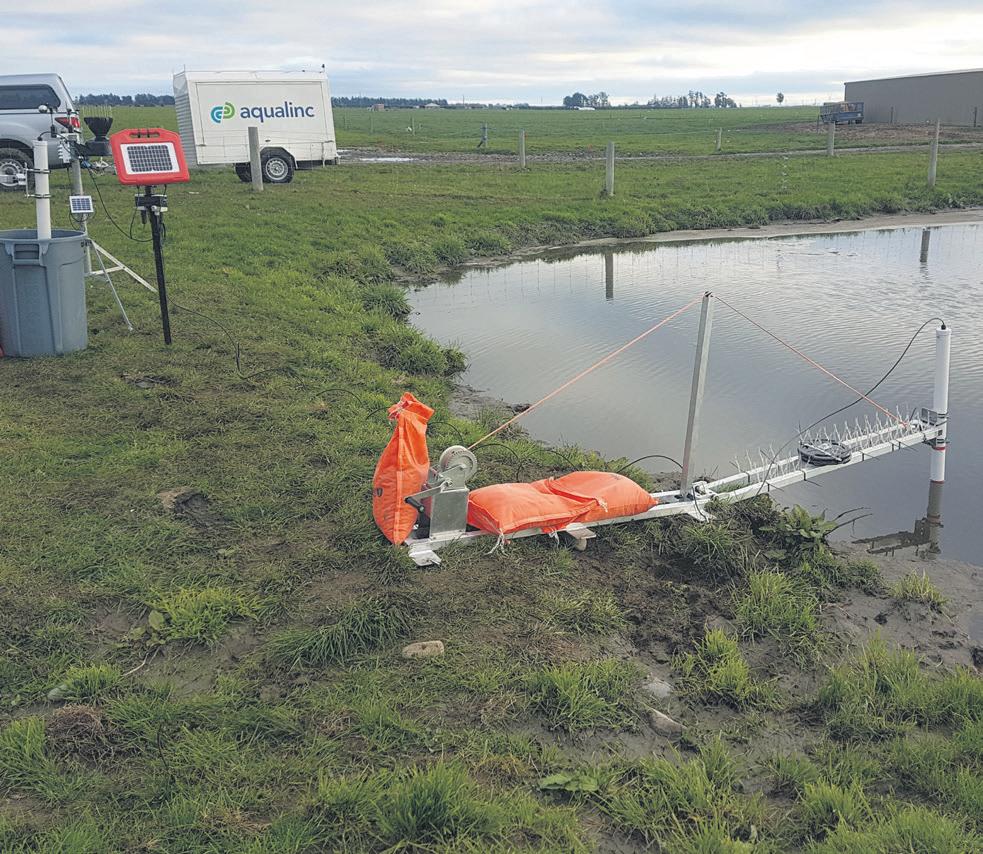
They have been busy recently carrying out tests, with many being done during the winter months. In the past it’s been a common misconception that these tests must be carried out when the dairy shed is not being used as this prevents in-flows during the test.
However, with the equipment, process and analysis Aqualinc use there is no reason that the tests can’t be done at any time of year.
For more information or to book your test call Aqualinc on 03 964 6521.
CANTERBURY FARMING November 2022 29
Does your effluent pond leak? How do you know?
Onsite drop testing of an effluent pond.
Getting access to boarding allowances
If your child lives in a remote area or faces other barriers to achieving at school you can apply for funding so that they can board away from home and focus on their studies.
] Information supplied by] the Ministry of Education
A boarding allowance is funding from the Min istry of Education so that your child can board away from home, either at a boarding school or a private boarding arrangement with some one who is not your child’s legal guardian.
There are two different types of boarding allowance, the access barrier and the mul tiple barrier. The one mostly commonly ac cessed by rural families is the access barrier allowance which is for students who live too far away from an appropriate school and the Ministry’s school transport does not provide a solution.
The multiple barriers allowance is where a student experiences difficulties in their life that makes it hard to go to school or do well at school. The allowance might not cover all of your child’s boarding fees. If it doesn’t you have to pay the rest yourself.
The boarding allowance continues for as long as the student is at school, or until the barriers they are facing no longer exist.
If your child goes to a boarding school the allowance is paid directly to the school at the beginning of each term.


If your child is boarding privately, it is paid directly to the school at the beginning of each term. The person providing the board needs to arrange to receive their payment from the school.
Is my child eligible for an access barrier allowance?
Your child is eligible if they live too far away from an appropriate school and the Minis try’s school transport assistance programme does not provide a solution.
“Too far away” is defined as living an un reasonable distance from the nearest appro priate school (eg more than 60km) and:
• The closest school transport service to get to their nearest school is unreasona ble (eg 20km), or,
• They have to travel longer than 60 min utes one way to their nearest school each day, or

• They have to drive an unreasonable distance (e.g. 60km) to the nearest school.
Support: Those living in remote areas are eligible for boarding allowance funding from the ministry of education to enable their children to attend the country’s boarding schools. Photo supplied by Nelson College.


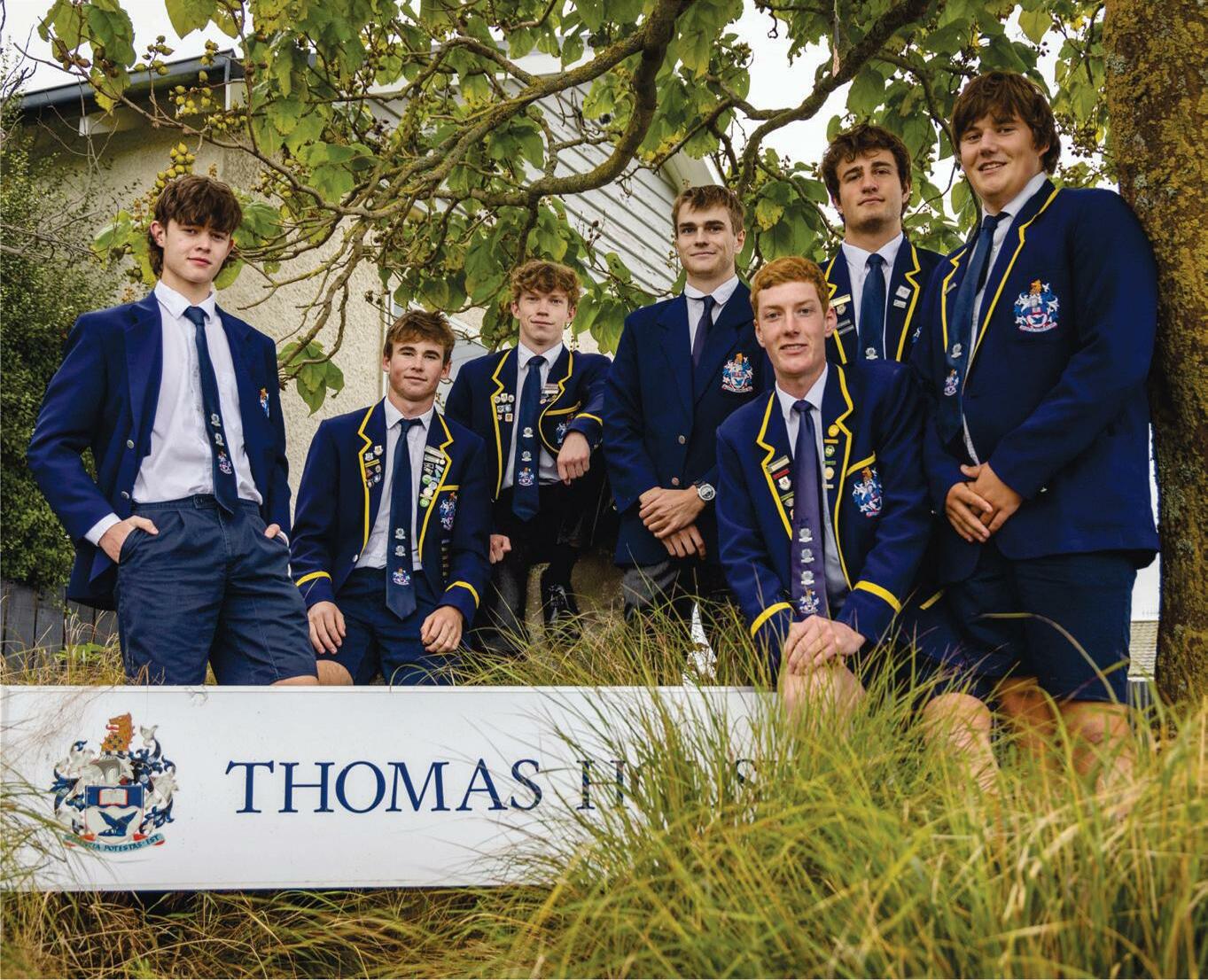
Can I choose what school my child goes to?
Yes. You can choose any state, state-inte grated school, kura or private school. You will have to still have to meet the school’s usual enrolment and acceptance cri teria, and there will need to be a space avail able in the boarding hostel.
30 November 2022 CANTERBURY FARMING
Good and bad news for industry

] with Allan Laurie mNZIF
] Laurie Forestry Ltd
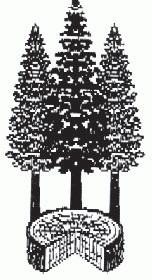
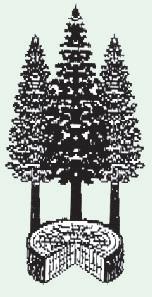

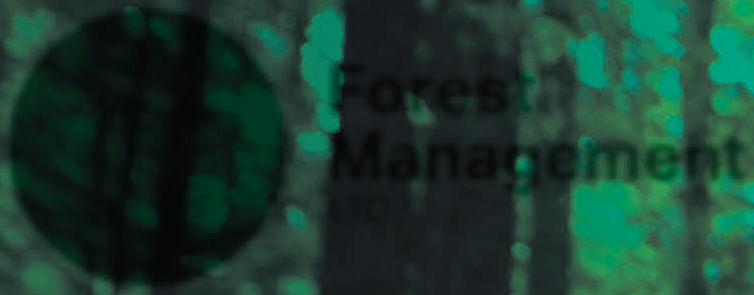


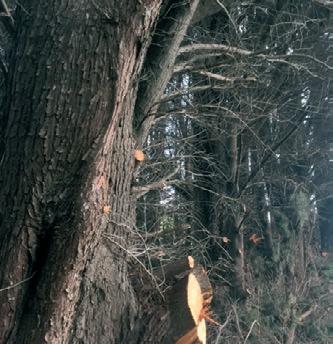









So much what we can say about the market generally, dovetails back to Covid and wider China lockdown policy which is stifling their manufacturing and constructions sectors, hence, the log and lumber trade.
As with many NZ commodities and their reliance on the China economy, the wood fibre trade is experiencing reducing demand with little sign of correction. Indeed, commentators are suggesting let’s just forget 2022 and regroup after China New Year 2023.
In terms of New Zealand forest growers, falling log export sales prices, have been very much softened by reductions in shipping rates and the reducing value of the Kiwi dollar against the Greenback. Prices at the wharf gate NZ in October have changed very little, despite the CFR rates in China falling.
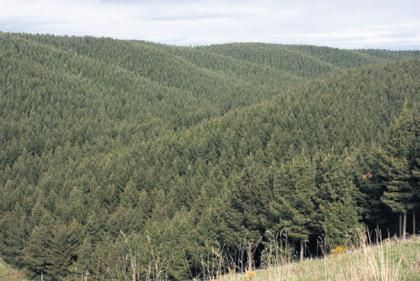
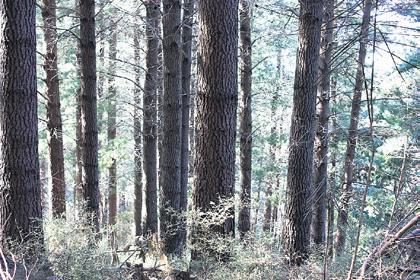
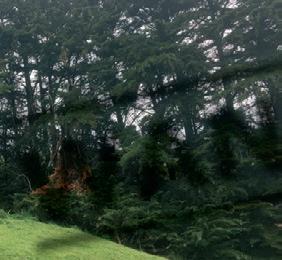

Across the key export log trade October indicators:
• Sales price, US$CFR132 per cubic metre compared to US$168 in 2021

• Shipping rates, US$50 per cubic metre compared to US$79 in 2021


• Daily consumption across the China eastern seaboard, 55,000 cubic metres per day compared to 80,000 in 2021
• FOREX rate, US$0.5600 compared to US$0.6900 in 2021 (avg month-to-date)
The trend of reducing CFR rates against a backdrop of reducing shipping and FOREX rates looks to be our lot at least until Christmas. How the China President settles back in to his easy chair of an assured future as the supreme leader, will very much impact the wider market demographic.
In a wider sense and in terms of how the international wood fibre trade is playing out at present, many eyes are on the Ukraine travesty.

For the moment, Russia is out of any significant fibre supply equation with the world basically shunning any advances. This, combined with a declining Europe beetle harvest programme, sees NZ achieve continuing dominance in fibre supply to China by a significant margin.
When the reference is to wood fibre, this is to the log and lumber trade, together with the many component parts. Whilst logs travel to China in Handy Class bulk vessels, lumber from NZ sawmills, normally heads there in containers.

Unlike bulk shipping rates, container rates are not falling, placing significant pressure on our sawmill owners. High costs together with all sorts of complexities around getting ships to pick up containers, is creating a lot of headaches with some eying the log price pencil sharpener.
Our sawmill customers also report the heat has very much gone out of local sales
with any supply backlog quickly disappearing. The challenge in all of this is the maintenance of price and volume within the constraints of a significant increase in costs to produce.
Bulk shipping rates are falling as a consequence of supply demand. In round numbers NZ forest owners require about 40 log vessels per month, each carrying about 35,000 cubic metres of logs.

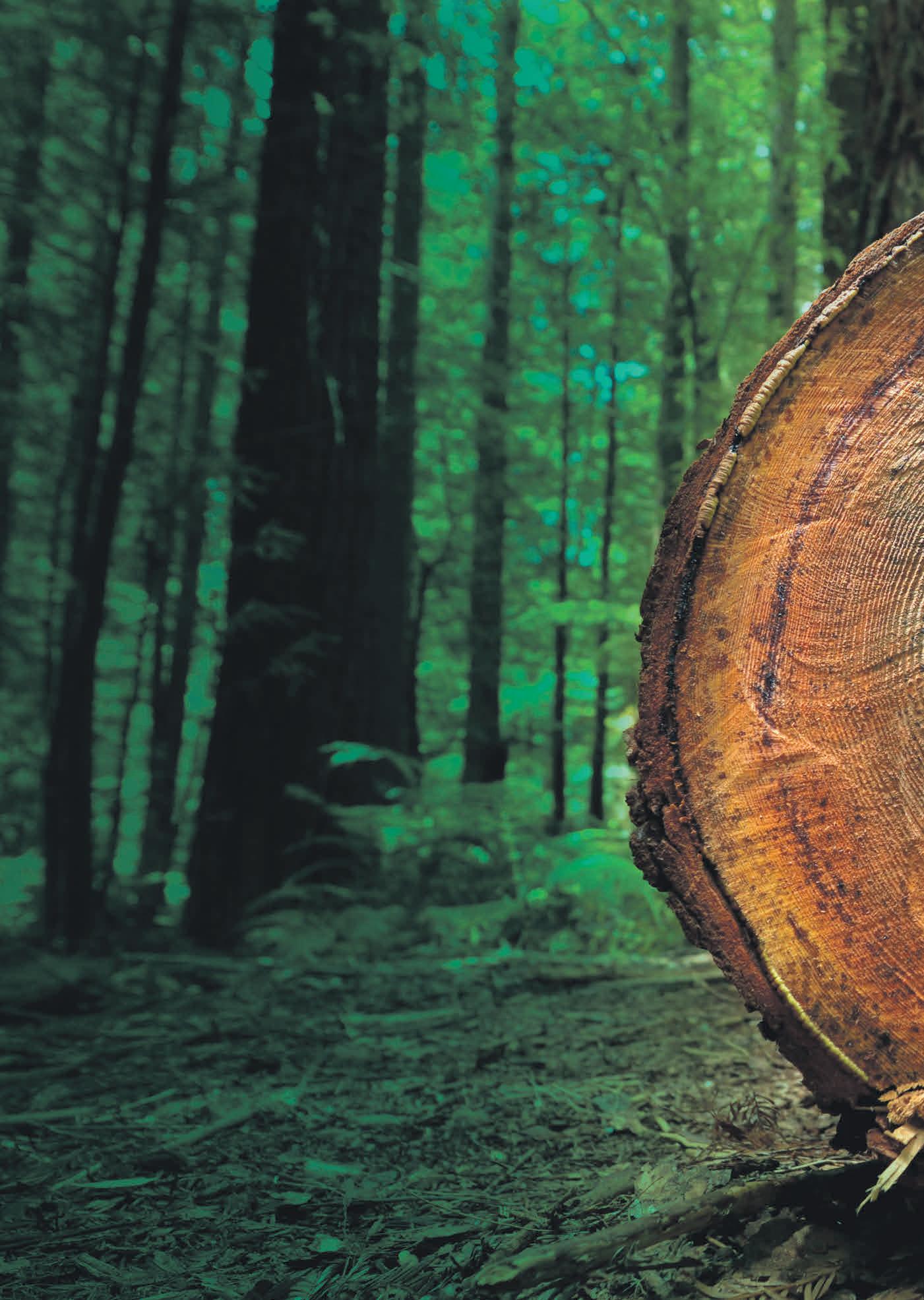
At present, about half the required number are picked up as bringing bulk products to NZ like fertiliser, animal foods and rather shockingly coal. Don’t get me going on that one.

The majority of the rest pop down to NZ having discharged at an Australian port whilst a few ballast down to NZ empty, typically from China. The latter are often on longer term charter party agreements covering several log cargos over several months at fixed prices or moving prices with agreed triggers.
The current significant reduction in shipping rates is the direct consequence of supply/ demand, and to a lesser degree the cost of ships fuel.
The two-edged sword is of course, shipping rate reductions in good part reflect slow China manufacturing and constructions sectors.
We can only hope demand
for ships rebound at or about the same rate as the demand for logs and prices increase. Such symbiosis is of course highly unlikely if history is to repeat.
As always People, please remember the thoroughly important message, “It remains, as always, fundamentally important, no matter the challenges, the only way forward for climate, country and the planet, is to get out there and plant more trees”.
CANTERBURY FARMING November 2022 31FORESTRY & LOGGING 021 325 661 21 Manion Road, Rolleston www.macrocarpasupplies.co.nz SUPPLIES LIMITED PHONE KENT ON Your Old Macrocarpa Trees Do you have a stand of trees? Would you like these removed? We can offer you competitive rates and cash in return! WANTED! Forest Management LTD With 25 years experience in the industry, the Forest Management Team offer services in: • Woodlot and shelterbelt harvesting • Timber sales to domestic and export markets • Forest establishment of harvested and greenfield sites • Forest valuation • Emission Trading Scheme advice and management • Trainer/Assessor in NZQA forestry related units Our highly experienced teams aim to ensure value optimisation in all aspects of forest management. To find out more call us on 03 343 4101 or visit www.forestmanagement.co.nz Office: Phone 03 359 5000 Email: admin@laurieforestry.co.nz Unit 3 337 Harewood Road Bishopdale Christchurch 22 Shearman Street Waimate Phone 03 689 8333 • Cell: 027 432 1420 See our website for information including Market Reports and Log Price Tables www.laurieforestry.co.nz FORESTRY SERVICES - CONSULTING - MANAGEMENT - MARKETING Specialists in: •Woodlot and Forest harvest - at any scale •Direct log sales in both domestic and export segments •Top quality H&S systems and management •Forest right or cutting right purchases •Planting and silviculture management •Top advice, top people, top service Laurie Forestry Ltd Harvesting & Marketing, Consultants & Managers THE PEOPLE AND THEIR TREES COMPANY www.laurieforestry.co.nz
A very mixed bag this month, with uncertainty and unpredictability being the order of the day.
Fonterra trials world first sustainable electricity storage


A new organic, low-cost, safe, sustainable and long-life battery being trialled by Fonterra, could support greater energy security and distributed electricity generation for New Zealand.
] by Kent Caddick
PolyJoule, a Massachusetts Institute of Technology (MIT) spin-off, is partnering with Fonterra on the application of the battery made from electrically conductive polymers, an organic based compound with the ability to act like metal.
Late last year the world’s first industrial scale organic battery was installed on a Fonterra farm at Te Rapa. The battery was cycled daily, supporting dairy shed operations for 10 months.
The Co-op is now moving this battery to its Waitoa UHT site, which can be impacted by power disturbances leading to downtime and waste.
Fonterra Chief Operating Officer Fraser Whineray said as a significant electricity user at about 2.5% of the national grid, a sustainable and secure electricity supply is vital to the Co-operative’s local sales and exports.
“At Fonterra we have a strategy to lead in sustainability, and innovation partnerships are a critical ingredient to achieving this,” Whineray said.
“The PolyJoule battery has a remarkable discharge rate, which may ultimately link with ultra-fast charging of our fleet, including MilkE our electric milk tanker.”
PolyJoule CEO Eli Paster said he was excited to partner with Fonterra and sees great opportunity for growth in New Zealand both in terms of supporting energy security and job creation in the manufacturing and technology sectors.
“We both have sustainability front and centre of our strategy and understand the im-

World First: Fonterra Chief operating Officer Fraser Whineray (left), with, PolyJoule Ceo eli Paster, says a sustainable and secure electricity supply is vital to the Co-operative’s local sales and exports.
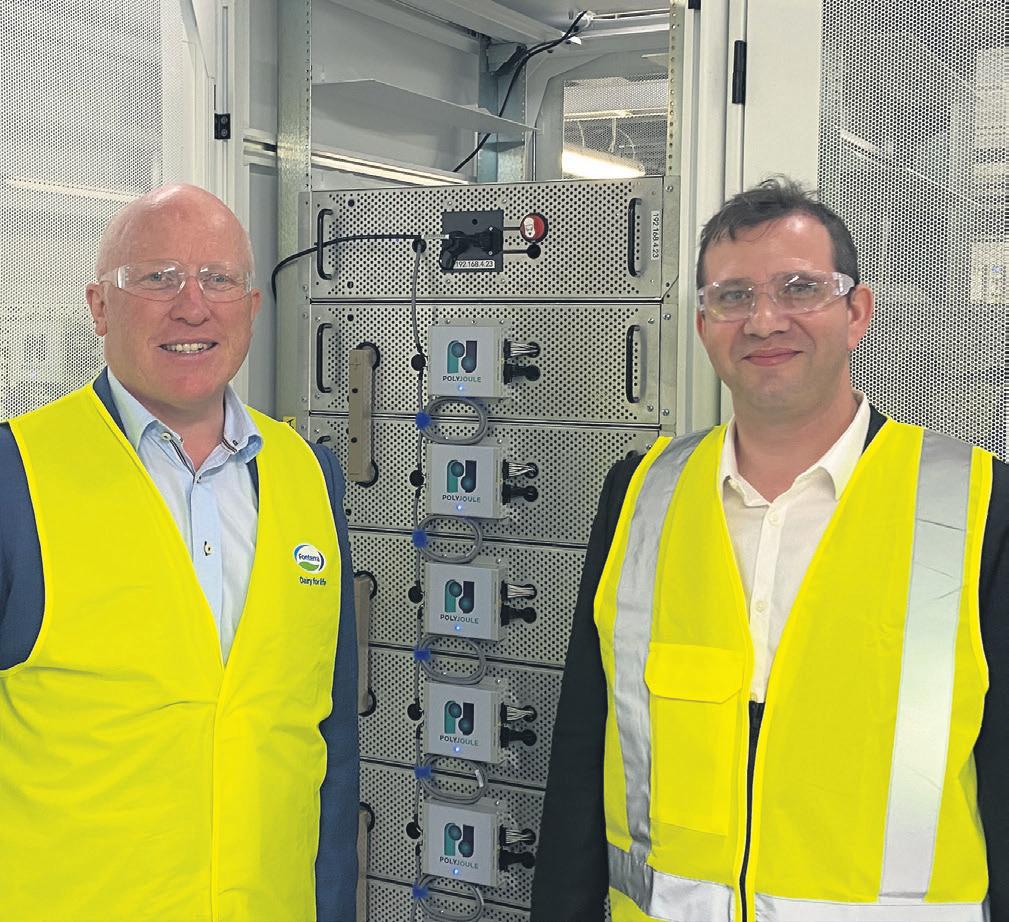
portance of a reliable, green supply of electricity for quickly chilling the raw milk on farm, processing and distribution,” Paster said.
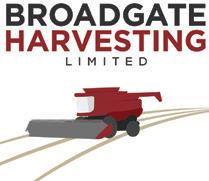
“New Zealand is a world leader in protecting the environment. Fonterra is a world leader in nutrition. We couldn’t think of a better partner to work with.
“Since PolyJoule batteries do not rely on lithium, nickel, or lead, the materials are easier to source and the batteries are safer and easier to manufacture anywhere in the world, including New Zealand.
“When you look at where the grid is heading and the number of batteries needed for the region, building a manufacturing base in New Zealand could create hundreds of new jobs and a new green energy hub.”
The PolyJoule battery installation is the third decarbonisation project Fonterra’s Waitoa site has recently adopted.
Last month it announced the site would install a new biomass boiler and it will also be home to Milk-E, New Zealand’s first electric milk tanker.
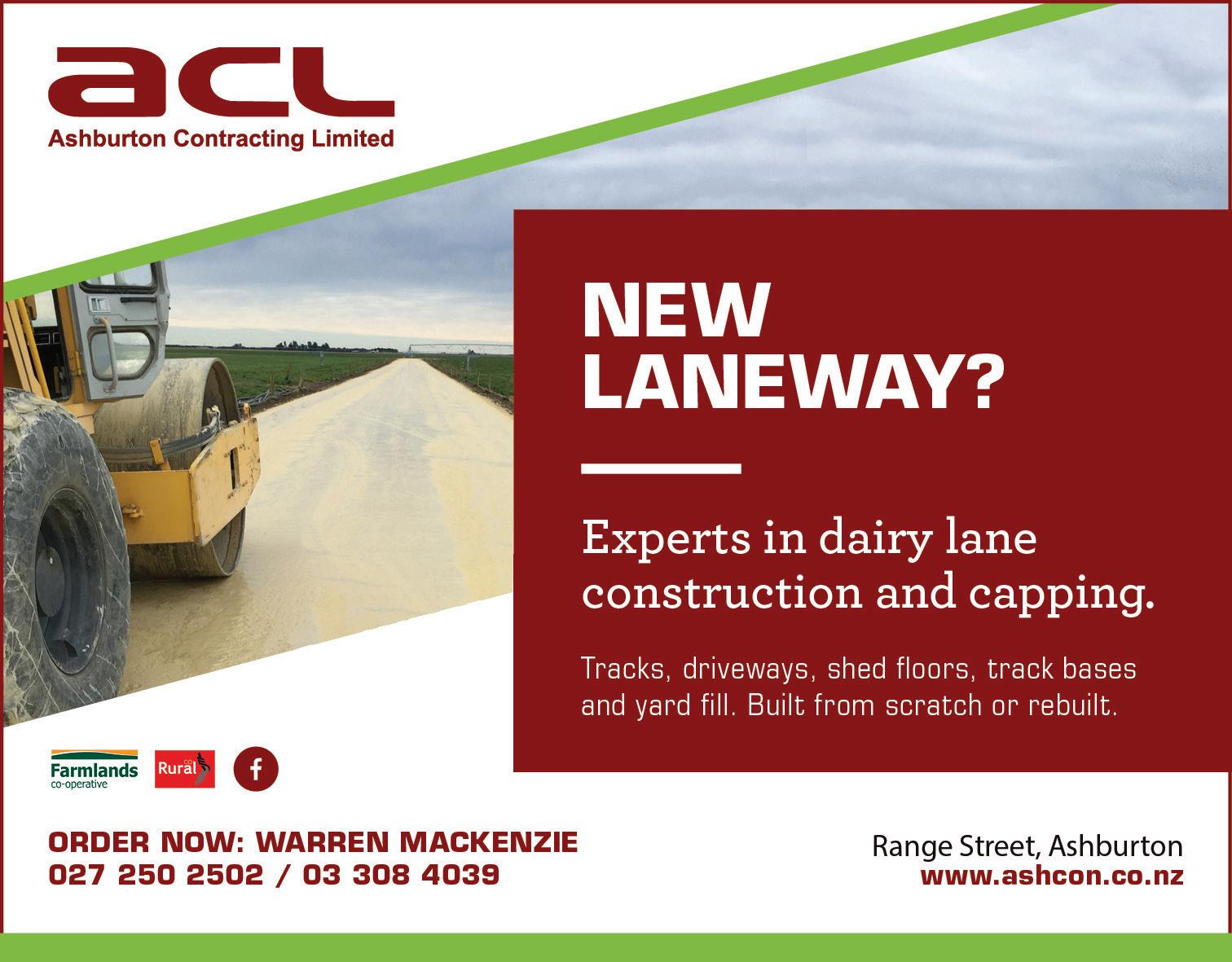
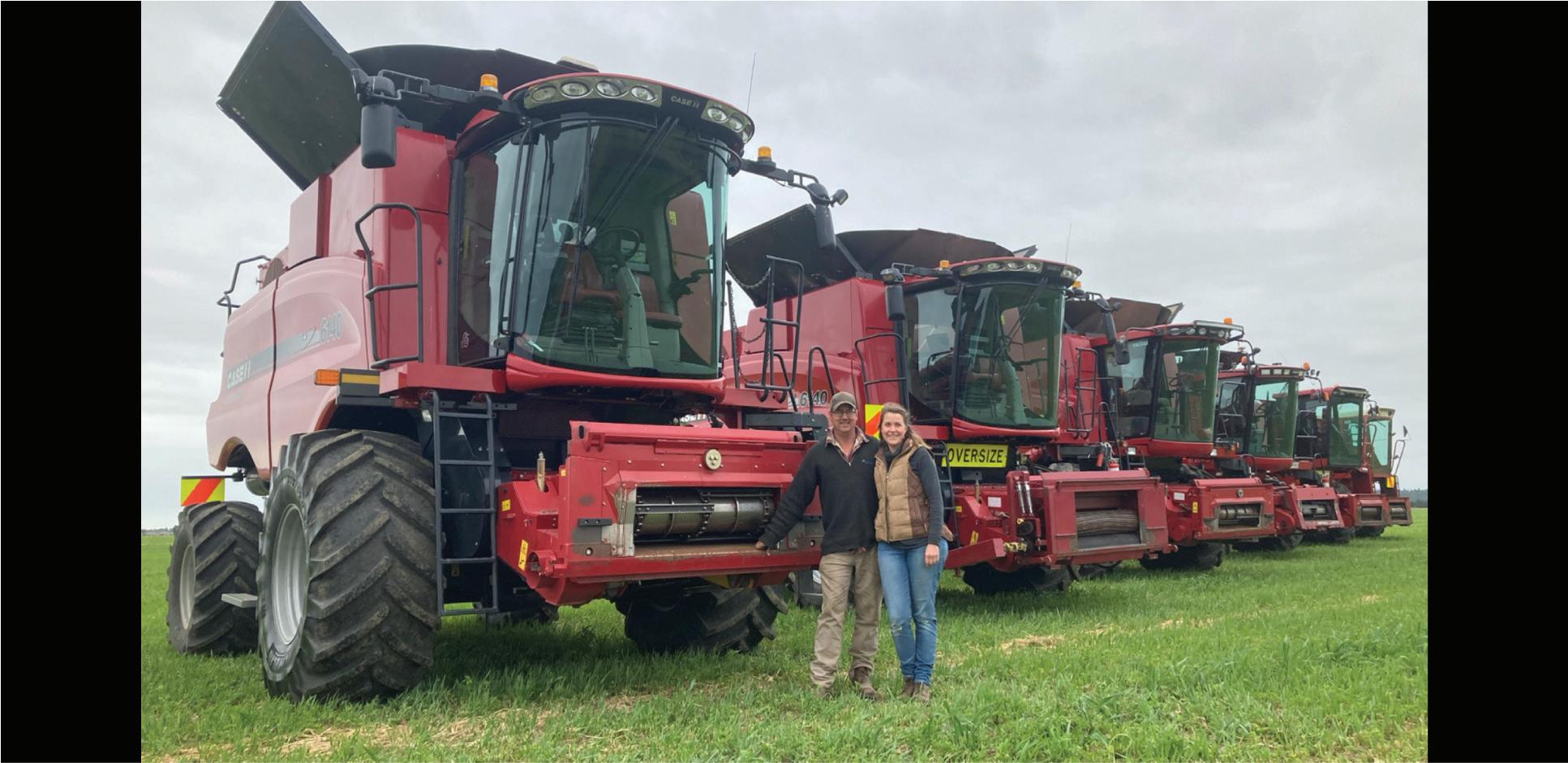
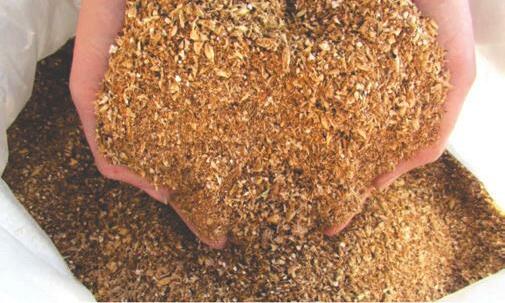 Eli Paster CEO, PolyJoule
Eli Paster CEO, PolyJoule

32 November 2022 CANTERBURY FARMING DAIRY Four Peaks Hoof Trimming hooftrimming.co.nz︱info@hooftrimming.co.nz Their hooves carry your milk. Problem with lameness? Give us a call today! 021 0343091 Call Matthew Reed today 021 526 576 ww w.broadgatehar vesting com
‘New Zealand is a world leader in protecting the environment. Fonterra is a world leader in nutrition. We couldn’t think of a better partner to work with.
When local is best
Some years back there was a government backed campaign to buy locally made merchandise. How effective it was is unknown however there was no way I was going to part with my hard-earned dollars for a New Zealand product unless it was as good as and price competitive with an imported one.
with Peter burton
Since then, the world has embraced globalisation and the price of products imported from countries with lower labour costs has largely dealt to products from our traditional suppliers.
When price becomes the sole, or main, determinant of purchasing decisions quality deteriorates and value, what we get for our dollar, becomes increasingly difficult to ascertain.
As the pressure for immediate gratification has strengthened, successful farming, always a long-term venture, has suffered as the industry has embraced short term band aids for systems that have become increasingly wobbly.
With fewer multi-generational farming operations some really useful stuff is in danger of being lost. Which doesn’t mean everything of yesteryear was better than that of today, that’s simply not the case.
Animal health remedies often dismissed as old wives tales nearly always contain an element of truth and one piece of advice I received was that Golden Bay dolomite applied annually was a must do.
No more cows down behind hedges at five in the morning was the message given then, and the feedback from farmers now.

There is only one dolomite mine in the country and that is at Golden Bay, which means transport to property is a factor, however it’s a lot less than cartage from the other side of the world which is hidden in the price paid for magnesium oxide.

Continuity of supply is also guaranteed, which is not the case for imported products. The timing of application is relatively unimportant. Provided dolomite is applied at twelve-month intervals the lift in plant magnesium levels remains constant.

A single annual application of Golden bay dolomite is a stress reliever for operators and a production enhancer for animals.
Another reason for it being the most effective magnesium fertiliser is the fact that it also contains calcium. Magnesium related metabolic disorders are seldom due to just a lack of magnesium, it’s the balance between the two that is critical.
Prior to calving animals require extra magnesium to help release calcium from the frame, post calving extra calcium is required to meet lactation demands and dolomite delivers both.

Long-term dolomite users will sometimes

also make a bin of dolomite available along with one of lime flour and allow animals to choose. It’s a highly effective way of ensuring optimum calcium and magnesium levels throughout the year, and it doesn’t much matter if they get wet.
And the upside doesn’t stop there. Dolomite is an excellent soil conditioner in its own right and applied at the standard 200 –250kg/ha rate to soils damaged during winter it helps with recovery.

Soil is ideally 25% air and
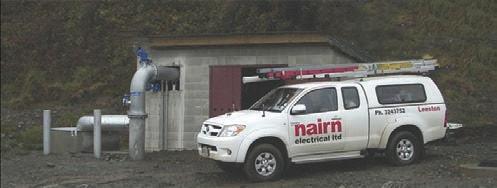
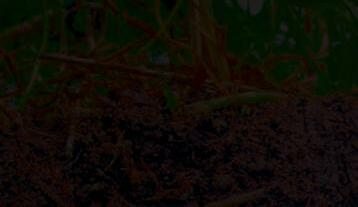



25% moisture, and the conditioning effect of dolomite helps achieve that status.
It also has a pH or liming effect similar to high quality ag.lime. Four years of applying dolomite at 250kg/ha, the highest rate required for pasture, means 1.0 tonne less lime will be necessary to maintain optimum soil pH.
The cost of the annual application can be further offset by reducing the amount of magnesium in water supplies. All animals perform best when their drinking water is clean and fresh.
The addition of magnesium sulphate and chloride makes water unpalatable resulting in animals drinking from puddles largely negating the intended effect.
A single annual application of Golden Bay dolomite is a stress reliever for operators and a production enhancer for animals.
As the late Prof Walker of Lincoln University wrote: “Individual farmers will have to make their own calculations, but in my view dolomite is the ideal material to use on acid soils low in magnesium.”
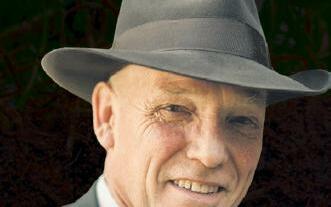
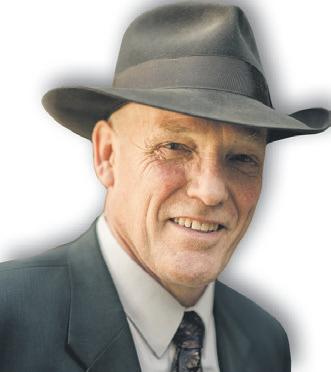
CANTERBURY FARMING November 2022 33DAIRY Golden Bay Dolomite NZ’s most loved magnesium. call 0800 436 566 or visit www.dolomite.co.nz nairn Electrical Electrical Problems or Maintenance? Electrical installation, maintenance and a breakdown service second to none Irrigation Farm Industrial Municipal MASTER ELECTRICIANS Member Electrical Contractors Association of NZ LEESTON Ph (03) 324 3752 RANGIORA Ph (03) 313 6104 ]
For more information call Peter on 0800 436 566.
Westland Milk acquires Canary Foods
New Zealand’s internationally renowned dairy products are set to take further flight following the acquisition of dairy manufacturer Canary Foods by Westland Milk Products.
Under the deal, Canary Foods will become a subsidiary of Westland Milk Products, retaining its own brands and third-party manufacturing agreements.
Westland CEO Richard Wyeth said the purchase of Canary Foods would merge New Zealand’s rich West Coast dairy heritage with an innovative business that has already spread its wings to international markets.
“Canary is a fantastic fit for our business because it is so obviously based on a strong understanding of what our customers want and need,’’ Wyeth said.
“Their commitment to innovation, sustainability and quality in pursuit of consumer demands are values we very much admire and uphold.
“After our $40 million investment in doubling our consumer butter manufacturing capacity at Hokitika, this extends our longterm commitment to add value to Westland’s butter portfolio by playing a greater role in the expanding global consumer butter and spread market.’’
Canary has developed a world-first compostable, individually sized butter squeeze pack in response to consumer demands for ethically responsible packaging and global calls for an end to single-use plastics.
“This is a great example of a New Zealand company leading the world in research and development and we look forward to getting behind this culture of innovation even further,’’ he said.
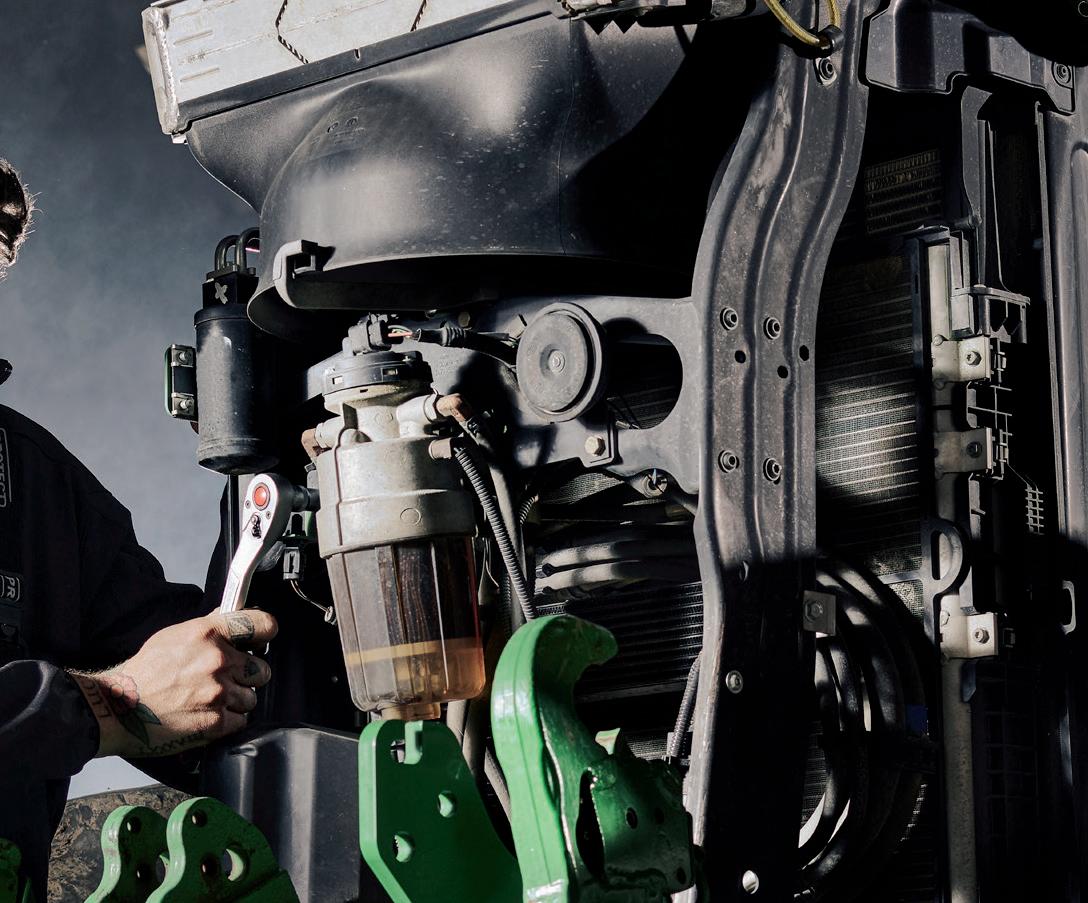
“We are very excited about the opportunity of joining with Canary and providing more





jobs and opportunities for our sector.’’
Established in 2001, Canary Foods is a highly regarded manufacturer, producing reworked premium butter and cheese-based products such as butter sheets and medallions.
Canary’s 100 per cent New Zealand dairy products are supplied to a diverse range of businesses in the retail and food service sectors, including supermarkets, airlines, restaurants and bakery outlets.

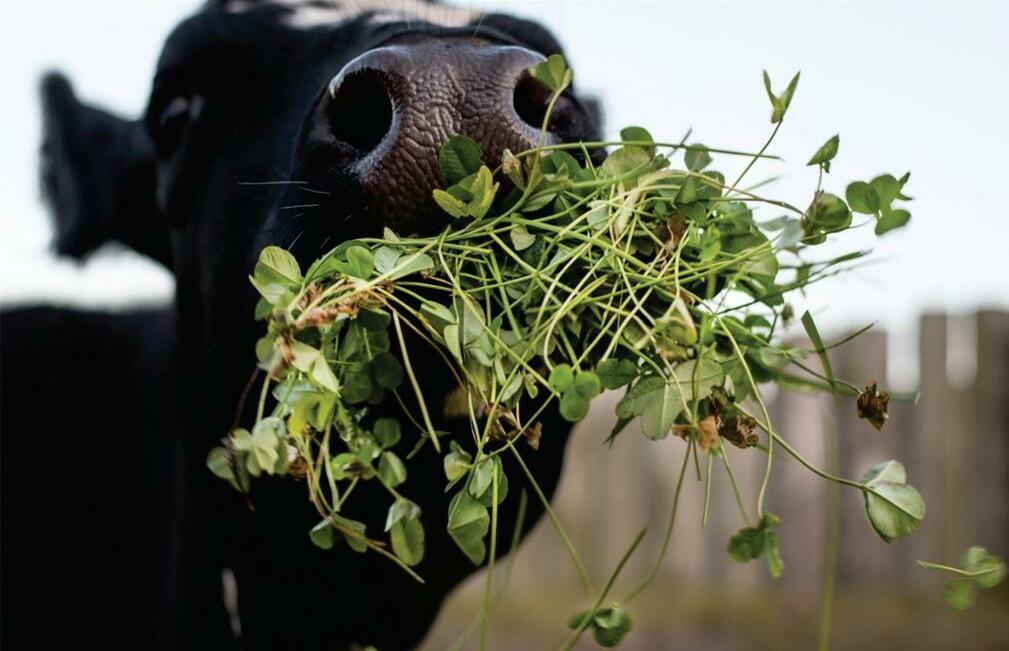
Canary Foods Executive Director and shareholder James Gray said the acquisition by Westland would give the Waikato-based dairy manufacturer more opportunities for expansion and access to global markets.
“Canary grew off the back of taking outstanding New Zealand dairy products to the world by catering for the airline and hospitality industries,’’ Gray said.
“We used the Covid pandemic as an opportunity to reassess our strategy and now, after record sales last year and with international travel and the hospitality sector set to


























Acquisition: Westland milk Products has acquired dairy manufacturer Canary Foods.
FILTRATION PARTS


Your local Kramp stockist, Power Farming Canterbury has a large range of filtration parts available in store. Come and talk to the parts team for your requirements.


Power Farming Canterbury 1 George Holmes Rd, Rolleston | 03 349 5975
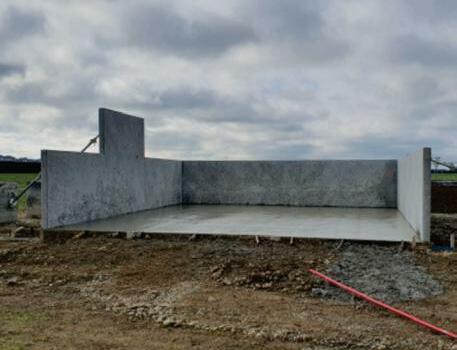

take off, we are already in a strong position as these markets continue to bounce back.’’
Canary Chairman and shareholder Jeremy Curragh said the relationship with Westland parent company Yili would give the company even greater access to international markets.
“Being part of a wider group that shares our commitment to sustainability and innovation is incredibly exciting,’’ Curragh said.
Canary Foods exports 75 per cent of the dairy products it manufactures for a range of applications.

34 November 2022 CANTERBURY FARMING DAIRY
Irrigation trial reveals more about drainage than irrigation
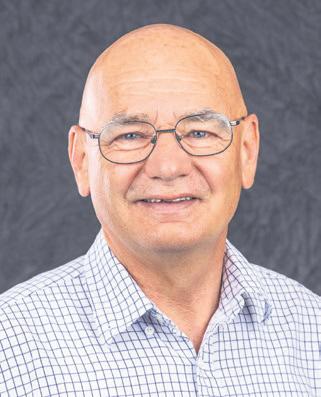
The 2021-22 irrigation season was, quite literally, a washout. Soil moisture levels remained high enough from December onwards to wipe out any differences between the irrigation management strategies we are testing.
] by Dr John bright, Aqualinc




So, not the best season to start a field trial to test the ability of the N-Wise Irrigation strategy to live up to computer modelling based predictions that it will significantly reduce nitrogen leaching losses.
An investigation Aqualinc completed for the NZ Fertiliser Association in 2018 provided ‘proof of concept’ that changing irrigation management strategy on case-study dairy farms in Canterbury would, on average, achieve a 27% reduction in N-loss to water. This result came from using computer modelling to assess the effects on pasture production and N-loss to water of varying all three key irrigation parameters (Trigger Level: the soil moisture content at which to start irrigating, irrigation Application Depth, and the irrigation Return Period).

The irrigation management strategy recommended by this study balances the risk of pasture production loss against the risk of Nloss to water. This we refer to as “N-Wise Irrigation”.
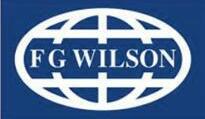
One of the key innovations of the N-Wise Irrigation strategy is delaying irrigation until the soil water deficit in the root zone is significantly greater than the norm of 50% of the root zone water holding capacity, during the margins of the irrigation season.
An unexpected bonus of having a wet twelve months from 1 September 2021 to 31 August 2022 (902mm of rain) was gaining a lot of drainage and nitrogen leaching measurements from each of the 18 large (4
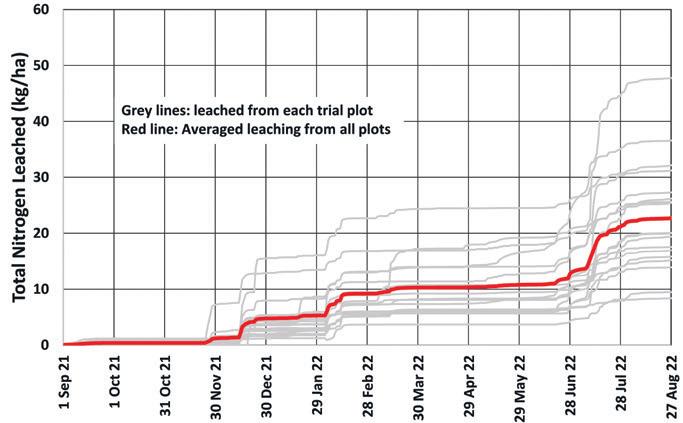
square metres in area) lysimeters installed for the irrigation trial.
The drainage data shown in Figure 1 reveals just how variable drainage can be across a paddock. While the average across all plots is about 490mm, it ranges from about 220mm to almost 700mm. Some of this variability is very likely due to the volume of stones in the soil profile varying across a paddock.
Spatial variation in the volume of drainage can also be the result of runoff. Analysis of our data has provided unequivocal evidence of localised runoff which meant more water infiltrated into some lysimeters than others.
That localised runoff on supposedly flat paddocks could cause such a high degree of variability in the amount of drainage highlights just how difficult it is to model nitrogen losses from farms. Developers of such software face quite a challenge….
Almost all of the drainage was generated by rainfall events – there was very little drainage from the few irrigation events that occurred. This highlights the point that even if every irrigation event is 100% efficient (creates no drainage) there is always the possibility of drainage, and therefore leaching, due to rainfall during the irrigation season.

It’s no surprise that Figure 1 shows that most of the drainage in 2021/22 was caused by the storms in February and July 2022.
The nitrogen leaching pattern shown in Figure 2 follows the drainage pattern and broad-
Figure

ly has the same degree of variability across the plots (i.e. spatial variability).
The measured amount of Total Nitrogen leached varies from about 9 kg/ha up to about 48 kg/ha, with an average of about 22 kg/ha.
The trial plot area is subject to the same grazing and topdressing regimes as the rest of the dairy farm.
If you’d like to know more about our N-Wise Irrigation field trial, please email j.bright@aqualinc.co.nz

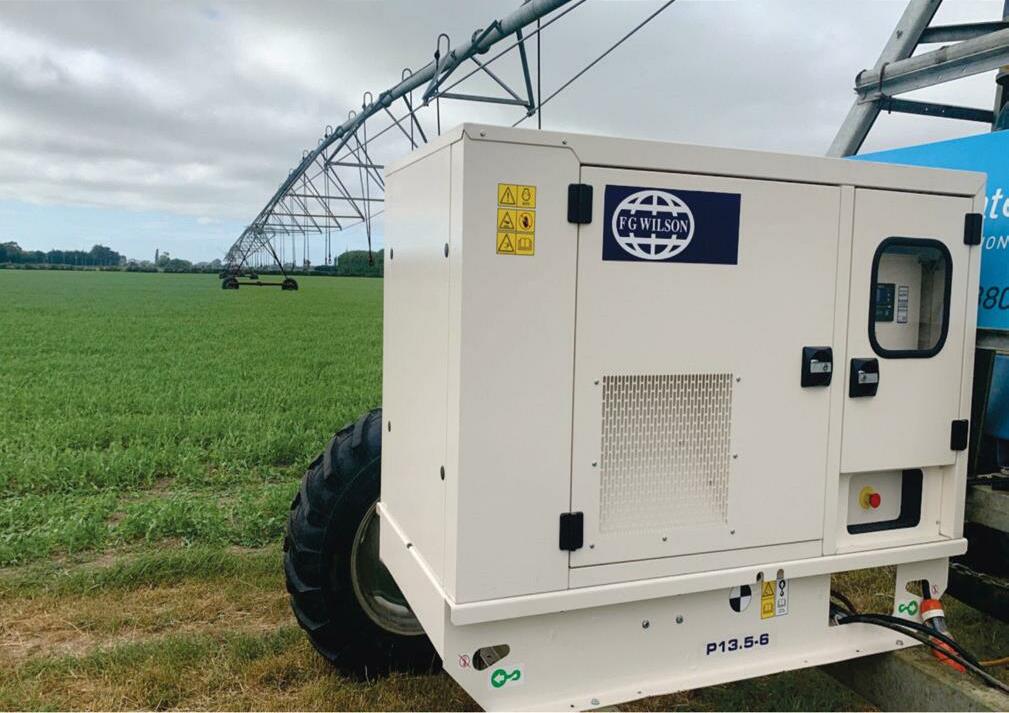
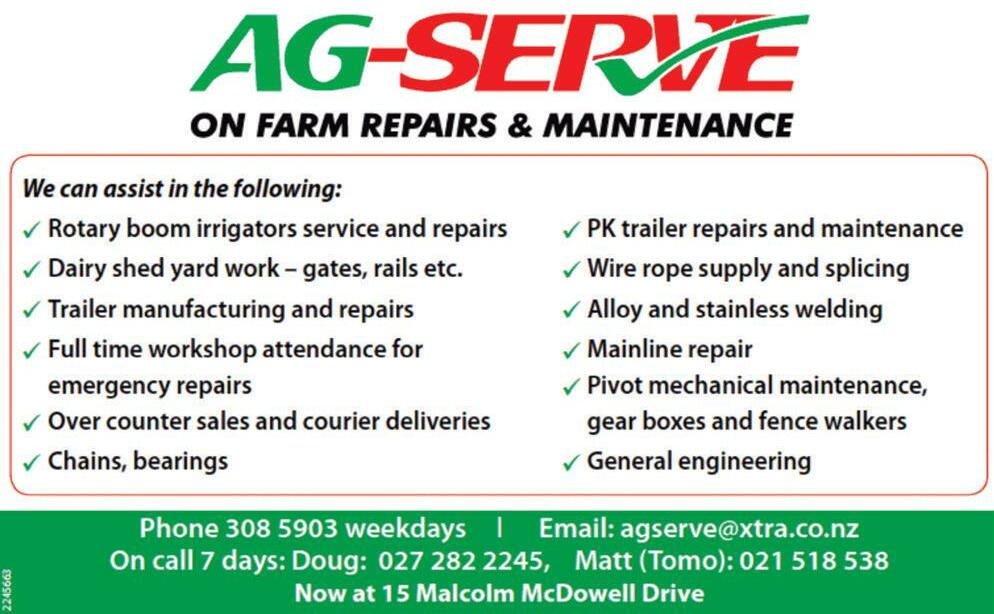
CANTERBURY FARMING November 2022 35WATER & IRRIGATION FOR ALL YOUR WATER WELL DRILLING & WELL SERVICING REQUIREMENTS Submersible Pump Installation & Removal Potable Water Testing Pump Testing FOR PROFESSIONAL SERVICE FROM AN EXPERIENCED TEAM Rural Water Supply Lifestyle Block Supply Ph - 027 222 1587 / Email - Malcolm@hydrill.co.nz
Figure
1:
Cumulative drainage from
1 Sep 2021
2:
Cumulative nitrogen leached from
1 Sep 2021
Managing your soil moisture

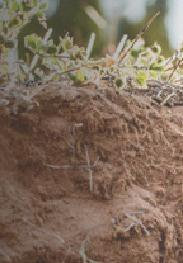


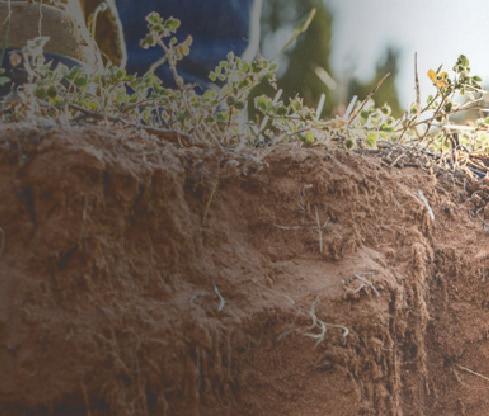
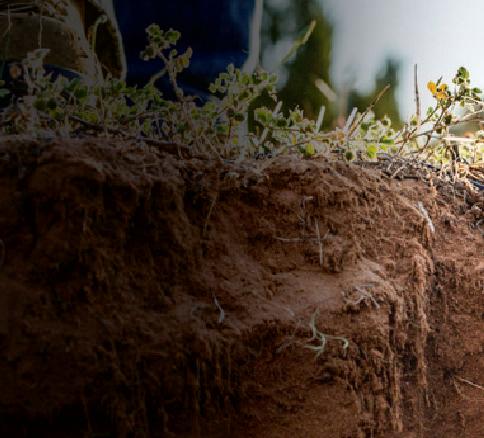
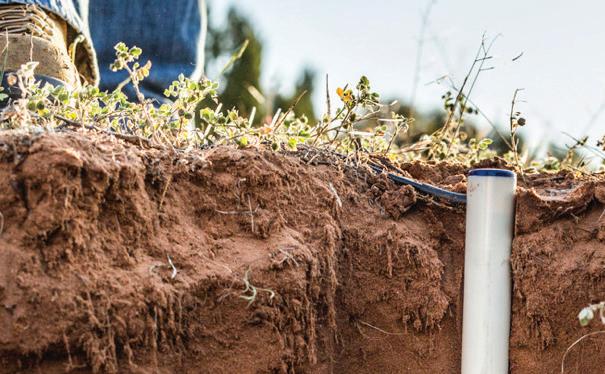
Given the irrigation season has now kicked into gear, we thought it would be useful to use this article to run through the costs and benefits of monitoring, understanding, and managing soil moisture when irrigating.
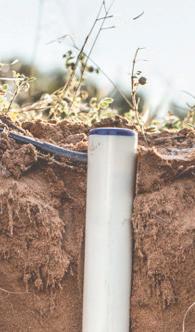

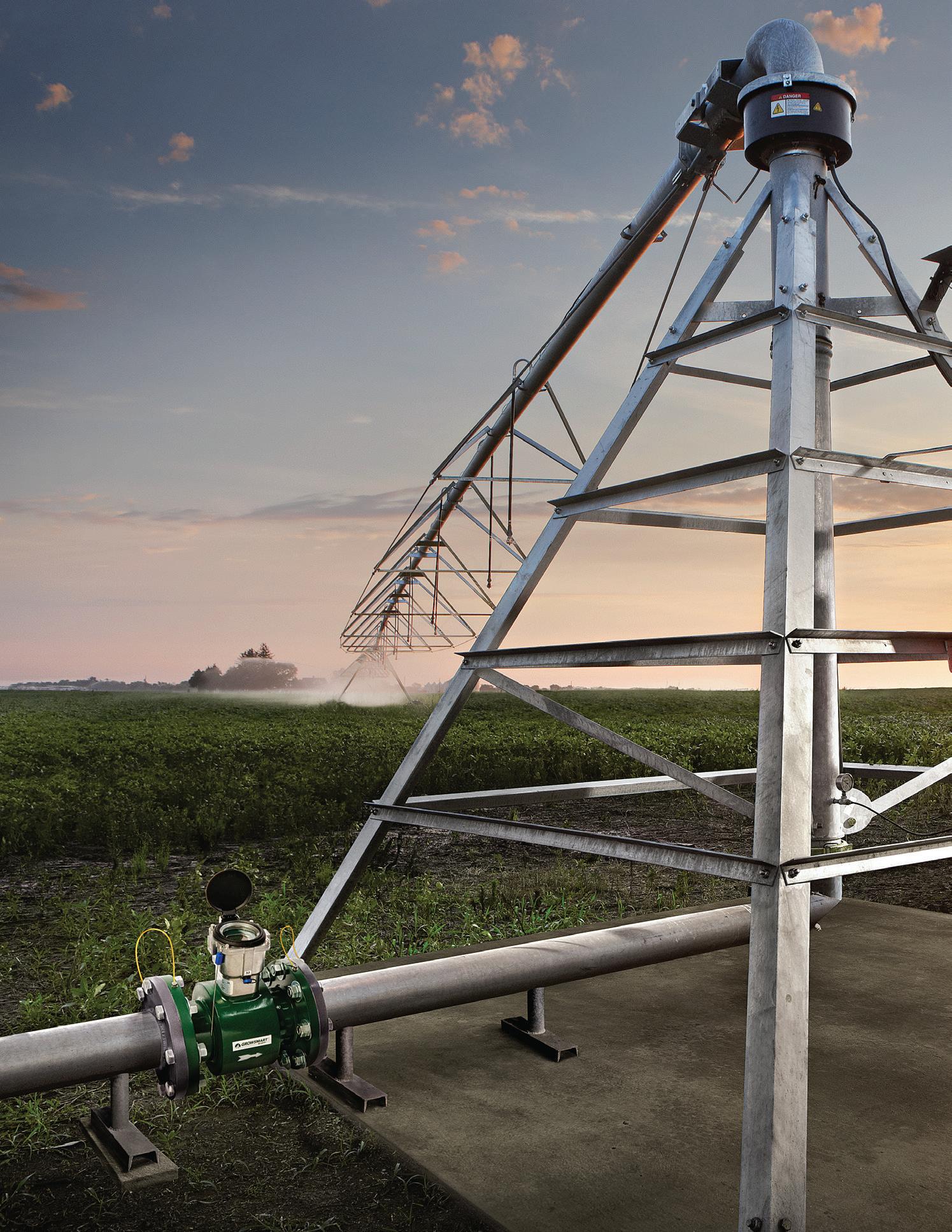 ] by Andrew Curtis
] by Andrew Curtis
 ] Primary Insight
] Primary Insight


Let’s start with the costs; a quality telemetered soil moisture probe is typically between $3,000 and $3,500 installed, the Bluetooth equivalent (manual download) is around half this price. Many question these costs and whether they will see a return – can the cost be justified?
To answer this, you need to assess the likely benefits of fine tuning your irrigation; these come from both minimising operating costs and increased productivity.
Table 1 provides an indicative dollar value per hectare based on a 1% increase in yield for the common crops found in Canterbury; the yield and income values used for these are conservative. The dairy income is based on an 11:1 ratio of kg/DM to kg/MS and the current pay out; the beef and lamb finishing income is based the kg/DM required to finish each livestock type and the current sheep and beef schedules.
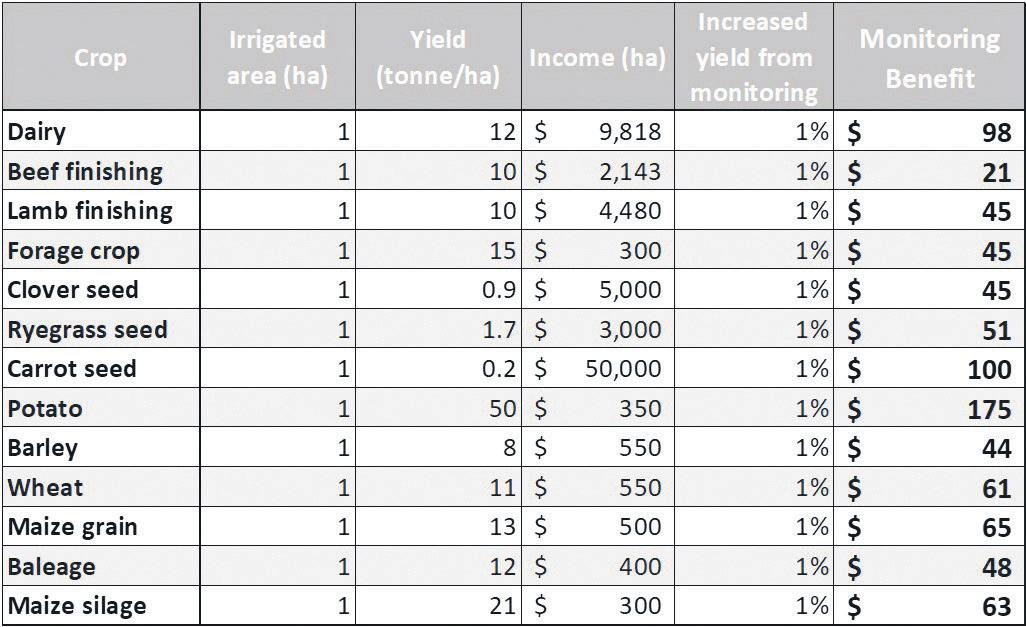
For a 200-hectare farm (the average farm size in Canterbury), the cost of a quality soil moisture probe is easily paid for within the first season with just a 1% increase in yield or production. For many farm systems multiple probes could be purchased and paid for within the first season, noting that most farms require between 2 and 5 probes to provide sufficient data for good irrigation decision-making depending on soil type, crops grown and the irrigation system.
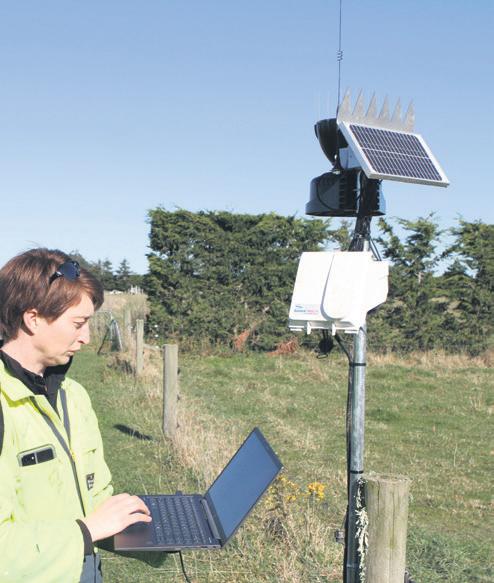

In addition, there are also cost savings through minimising irrigation operating costs (starting and stopping irrigation at the right time), the benefits from this are shown in

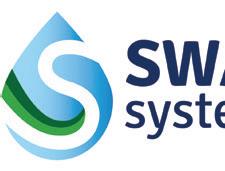
Table 1: Production benefits of soil moisture monitoring.
Table 2: Operating benefits from soil moisture monitoring.
table 2 for three pumping scenarios – the assumptions used are conservative. For a 200-hectare farm the cost of a quality soil moisture probe is again paid for within a season, and for groundwater pumping scenarios
multiple probes could be purchased.



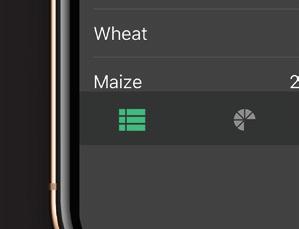




When the potential production and operating benefits are combined, purchasing a soil moisture probe for your property becomes a no brainer!
Pay-off: For the average farm size in Canterbury (around 200ha) the cost of a quality soil moisture probe is easily paid for within the first season with just a 1% increase in yield or production.


Primary Insight are specialists in soil moisture measurement, if you want to find out more about soil moisture monitoring, need support with trouble shooting an existing installation or would like know how to read and use your soil moisture data for irrigation decision-making, we are here to help you.





Alternatively, join us at one of our free irrigation workshops held throughout october, November and December. Check out the event listings on our website for more information on dates and locations www.primaryinsight.co.nz. You’ll also get a certificate of attendance that satisfies your Farm environment Plan irrigation training requirements.
IRRIGATE WITH CONFIDENCE.
BY LINDSAY
IRRIGATION SYSTEMS REMOTE MANAGEMENT PRECISION VRI








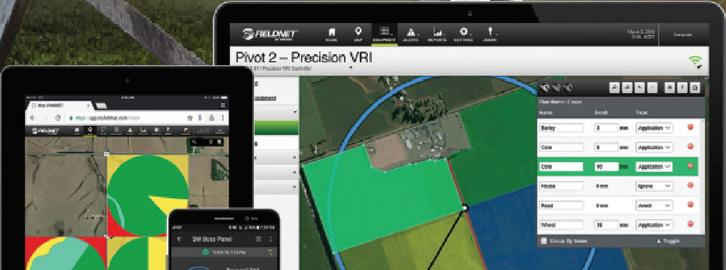
36 November 2022 CANTERBURY FARMING WATER & IRRIGATION
Working toward a fair and equitable emissions pricing mechanism
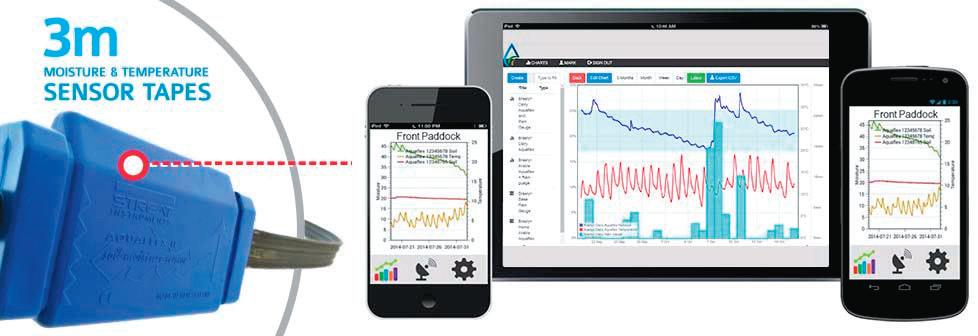
IrrigationNZ is part of the food and fibre sectors’ leadership group and a partner in the He Waka Eke Noa (HWEN) partnership.
vanessa Winning
IrrigationNZ CEO

We are one of two groups that are neutral across the sectors in that irrigation is used for all food and fibre production, and recreational use. Therefore, we can look at the approach from all of New Zealand’s farmers’ and growers’ perspectives – horticulture, viticulture, sheep, beef, deer, dairy and arable. In 2019 a press statement from PM Jacinda Ardern and then Deputy Prime Minister Winston Peters heralded the fact that they agreed to an industry lead alternative to place farmers into the Emissions Trading Scheme (ETS). NZ Farmers were to be signed up to the ETS unless this industry lead pricing mechanism alternative could be agreed upon by 2022 and as long as we were on track to meet the other parts of the partnership.
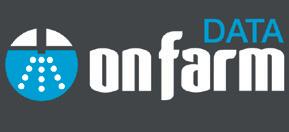
We partnered with nine other industry groups and the Federation of Maori Authorities (who were representing Maori agribusiness) and together we came up with an alternative pricing mechanism to the ETS –one that was fairer, more equitable for all sectors, that was farmer lead, at farm level, that recognised farmer behaviour, lead to reductions in greenhouse gases, and more importantly would lead to no further warming over time.
This took more than two years of negoti-
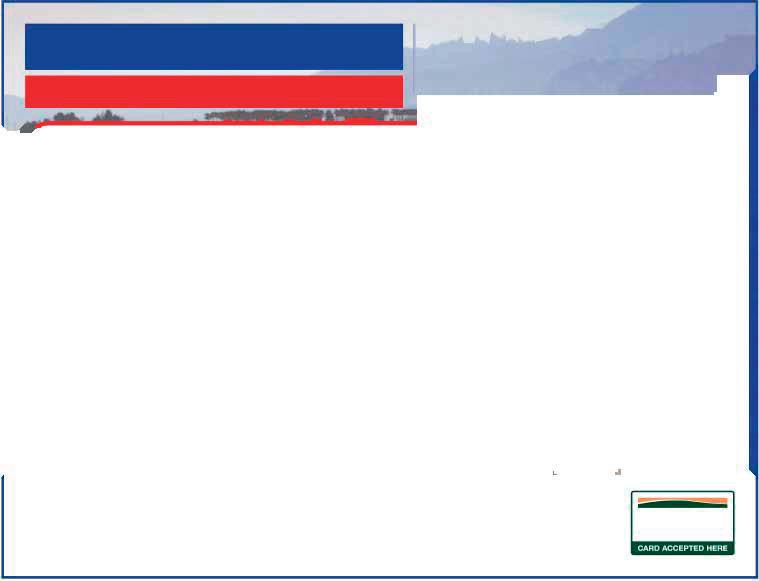
ation and support, as farm systems are different, sectors are different, and paybacks and impacts are all different. This would still bite everyone, but it would also reward farmers for planting, reducing waste, and improving practices; all the while keeping them in business.
Most importantly it ring-fenced the income to put it back into behaviour change practices and research that were agreed upon and designed by the sectors, and it ensured Maori farming was acknowledged separately and with Maori for Maori outcomes.

Believe me, this was not easy. But we were determined that we could do something that achieved the outcomes of GHG reduction and ensure farmers were paying for their externalities in a fair way and stop us from going into the blunt instrument that was the ETS.
The Climate Change Commission also reported that they felt we were on track (in the main) to meet our other obligations around farm plans and farmer awareness which was another condition of the government accepting HWEN.
However, with the announcement that the Government is now going to a public consultation on He Waka Eke Noa, it feels like two years of negotiation, collaboration and goodwill have been undermined. The fundamental parts were fairness and equity.
Taking out nitrogen and putting it into ETS
to be taxed – a key component to all farm systems; taking out sequestration for things like shelter belts and riparian planting –something we are encouraging all farmers to invest in for the health of our waterways and biodiversity; changing the date so it doesn’t align to any farming financial year; removing farmer bodies from price setting and governance, and removing collectives for any nonMaori farming businesses fundamentally changes the proposal.
Governments’ own PR from 2019 stated they would include recognition for on-farm mitigation such as small plantings, riparian areas, and natural cover, and reward early adopters.
Mr Peters was quoted as saying “Our decision to put in place a sector-led plan to reduce emissions at the farm gate shows we’ve listened to farmers. We welcome the cooperation of our primary sector organisations who have been advocating for a smooth transition towards meaningful emission reductions.”
Sector wide: Irrigation is fundamental across the sectors therefore IrrigationNZ can look at HWeN from all of New Zealand’s farmers’ and growers’ perspectives – horticulture, viticulture, sheep, beef, deer, dairy and arable.
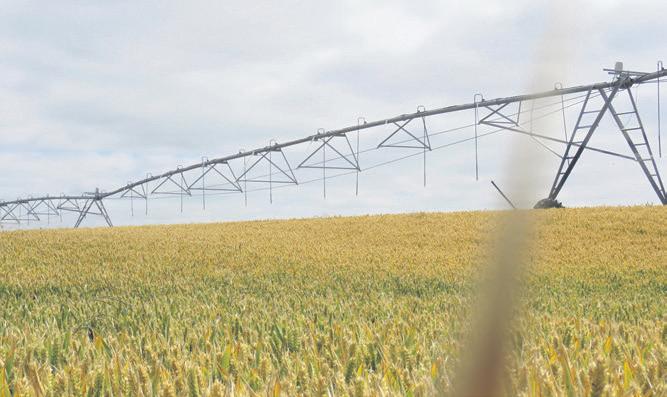
By fundamentally changing the structure of the proposal, a collaboration of 10 sector groups, Maori Agribusiness, and representatives of MFE and MPI, I’m not sure that all of our farmers needs are being listened to, or that statements made in 2019 when the bill was passed by many across the aisle are being remembered.
Let’s hope submissions are listened to over the next six weeks, and the package gets put back together and if possible improved, to ensure lives and livelihoods are supported through change.
IrrigationNZ, as will all the industry partners, will submit on the proposed changes, and we will share our submission prior to the due date on our website.
Make sure you have your say on the proposals, and make sure you’re being listened to by providing constructive feedback and your own farming system story. The more submissions, the more voices we hope will be listened to.

CANTERBURY FARMING November 2022 37WATER & IRRIGATION T H E S Y S T E M I N C L U D E S : T h e l a r g e s t s o i l s a m p l e r e f e r e n c e a r e a o n t h e m a r k e t t o d a y ( 6 l t r s o r 3 7 0 c u b i c i n c h e s ) . H i g h l y s e n s i t i v e T D T t e c h n o l o g y t h a t i s h i g h l y a c c u r a t e i n a l l s o i l c o n d i t i o n s M u l t i p l e i n s t a l l a t i o n m e t h o d s t o c a p t u r e t h e r i g h t d a t a U n i q u e l y a d a p t a b l e t o d i f f e r e n t c r o p p i n g , o r c h a r d , v i n e , a n d i r r i g a t i o n s y s t e m s t y p e s T h e l o n g e s t s e r v i n g i n s i t u s e n s o r i n N e w Z e a l a n d ( O u r o l d e s t A q u a f l e x i s 2 0 y r s o l d a n d g o i n g s t r o n g ) www.onfarmdata.com Andrew: 022 183 2018 Lyall: 021 223 8666 andrew@onfarmdata com lyall@onfarmdata com 16HMDG1610047-OPTION3 Canterbury Farming Option3 128mm x 100mm 16hands Ltd, Phone +64 3 324 4131, 294 Tramway Rd, RD2 Leeston 7682, Canterbury, New Zealand su@16hands.co.nz irrigation wells potable water supplies ground source heating geotechnical assessment www.drilling.co.nz MC Drilling Ph 03 324 2571, 120 High St, Southbridge, Canterbury Palmer Agri Parts Direct Ltd .... '" ..... ... .,__... Kverneland • Overum • Kuhn Lemken• Dowdeswell•Vogel & Noot•Gregoire Besson• Clough • Duncan •Terradisc • Maxitill •Yeoman•Vibroflex •Connershea•Goliath• IHC• Sunflower•Topdown •Salford• Kongskilde•Napier •Vaderstad We can also manufacture any point you need! 0800472 563 0800 4 PALMER Farmlands admin@palmeragriparts.co.nz I 34 Robinson Street, Riverside Industrial Park, Ashburton Palmer Agri Parts Direct imports and manufactures quality parts that fit machines indicated. These parts are not sold as genuine parts. co-operative ] by
]
with rob Cochrane
 Wool Procurement Manager,
Wool Procurement Manager,

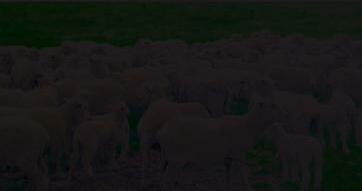


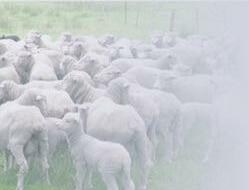
 PGG Wrightson Wool
PGG Wrightson Wool


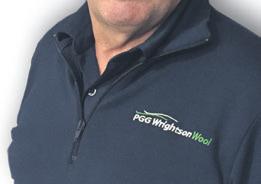

Wide selection of breed types on offer
Coarse wool growers were also very well represented mainly by hogget wools but also via some very stylish pre-lamb shorn ewe clips. The respected adage, ‘there is no substitute for quality’, rang true as wool exporters showed a keenness to bid strongly for super style wools across the breed spectrum, whilst poorer types were discounted accordingly.
As crossbred shorn hogget types began to dominate coarse wool offerings during October, prices fluctuated somewhat with only very good wools gaining maximum attention.
Vegetable matter contamination (vm), colour, and staple length, obviously remained key in determining price, but with many wools coming from wetter areas and showing light mud on the staple tips, yields were in some cases affected negatively which had a bearing on buyer demand due to an expectation that actual scoured yields would also be lower than desired.
Full length fleece of super style (very good colour, sound tensile strength and no vm),
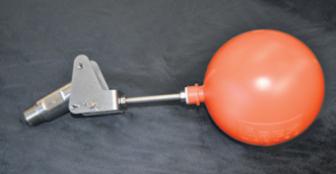
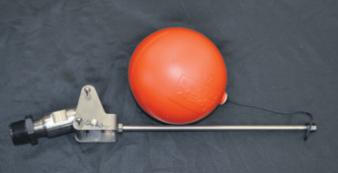

was embraced by the trade with prices around the 400 cents per clean kilogram mark. Crossbred second-shear struggled to maintain their earlier levels with shorter second-shear most affected.
A very good selection of Halfbred and Corriedale wools were catalogued during October with many measuring finer than about 28 microns, improving considerably on the October 13 auction, compared to earlier.
A number of lines which had been passed-in during the September auctions, bounced back significantly in October with several recording increases of more than 100 cents per kilogram greasy. Halfbred and Corriedale oddments also improved during October, albeit from a low base.
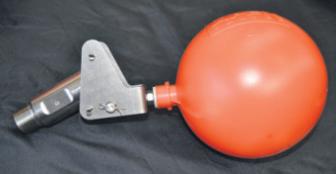
With good quantities of well grown Merino wools catalogued for both the September 29 and October 13 South Island wool auctions, buyer interest was considerable, despite
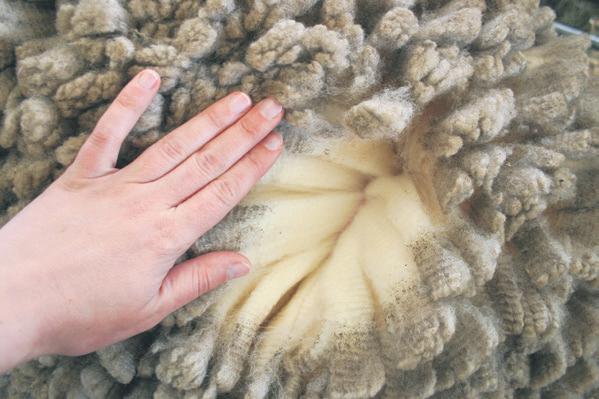
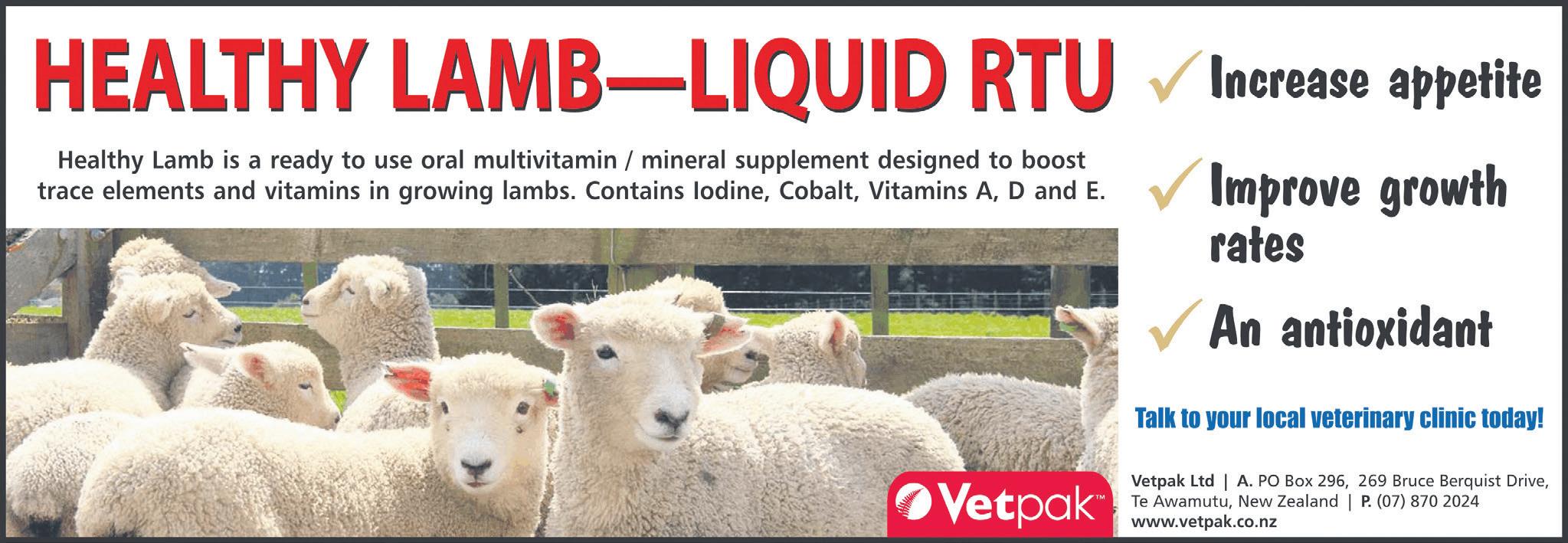
that, in between the two NZ auctions, Australian brokers had reported a distinct softening in market interest.
The September 29 Christchurch auction saw prices for most Merino wools reach well above those ruling across the ditch the same week, however October 13 proved a little harder going in Christchurch as wool quality, in general terms, although still very good, may not have been of such a good standard as the previous sale with the most emphasis on slightly poorer length and strength test data.
Buyers attending the Christchurch auctions represented mainly European manufacturers, who have always been keen to buy good quality Merino types from the South Island, whereas Australian broker wool auctions are mainly dominated by wider Chinese buying interests.

During the next few weeks, the fine wool selling season will wind down substantially as most stations complete their hogget and wether shearing, resulting in a swing towards larger numbers of coarse wool sheep being shorn from November on.
With prices for coarse wool having remained low for such a long time, plus shearing and freight costs having increased substantially, reports indicate that there is likely to be more full-length fleece wool available towards the summer months than second-shear types, due to that practice having been overlooked by some growers, in order to save costs, therefore it will be interesting to see how some of the longer coarse wools have fared through the rather challenging spring weather patterns experienced.
That’s my view.
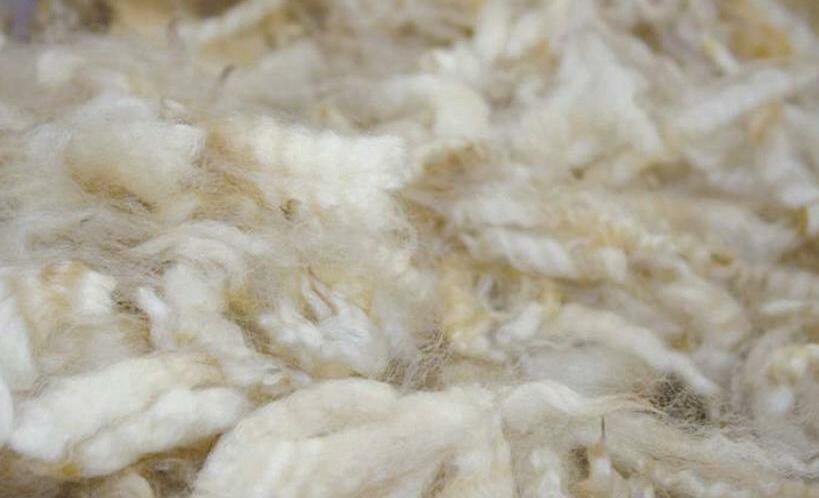
38 November 2022 CANTERBURY FARMING LIVESTOCK ]
]
]
www.sisballcock.co.nz | 0800 175 720 Only available direct from manufacturer Freight free anywhere in NZ •3 models available – all the one price • Nearly indestructible •Only NZ Manufacturer providing lifetime guarantee on the body of the ballcock SIS BALL COCK VALVE •Buy 10 receive 12 and a service kit Price $99.50+GST Each
Merino and Halfbred wool clips representing Marlborough, Canterbury and Otago growers continued to feature at wool auctions held in Christchurch during September and October.
Changes to emissions pricing proposal unacceptable
ernment’s proposals and it is unbelievable that the Government would put forward recommendations that would, by its own calculations, have massive impacts on sheep and beef farmers, not to mention the country’s export earnings.
One of the changes made by the Government, and one that’s critically important to our extensive sheep and beef farmers, is around sequestration and what will be recognized.
] by Kate Acland
Director Beef + Lamb New Zealand
While we would prefer farmers didn’t face a price for their emissions at all the Government has been very clear that pricing will begin by 2025 and saying ‘NO’ just wasn’t an option.
The proposal developed through He Waka Eke Noa primary sector partnership was the culmination of two years of hard work and discussions.
I believe it was a finely balanced and fair proposal that would achieve the results we need while still allowing our sector to operate profitably and productively. So, it’s hugely frustrating that the Government’s proposed changes to the partnership’s proposal have fundamentally changed the game.
As a hill country sheep and beef farmer, I am amongst those most affected by the Gov-
Carbon sequestration was a key aspect of the original proposal, particularly in terms of achieving fairness and equity for hill country farmers. I fundamentally believe that if we’re going to face a charge for our emissions, then all trees and scrub that are genuinely sequestering carbon must be recognised from day one.
Under the Government’s proposed emissions framework, many of the trees we’ve planted on our farm would no longer be recognised. Under its proposal, only certain natives would be recognised and even then, farmers would have to enter into separate contracts adding cost and complexity.
I want to make it clear, B+LNZ will not accept a system that puts our farmers and rural communities at risk. The Government’s own modelling shows this is exactly what their proposal does.
We will continue to push for the Government to reconsider its changes and ensure equity for our extensive farmers.
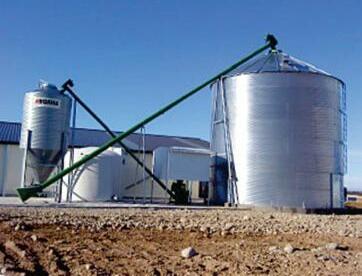
We are all willing to play our part in addressing climate change, but I feel the efforts the agricultural sector has made to find
a more effective pricing option than the Emissions Trading Scheme, and which achieved unprecedented cross-sector agreement, have been largely ignored.
Other significant changes to what was recommended by He Waka Eke Noa, and which will affect all farmers include changes to the emissions price setting process and criteria and the linking of the nitrous oxide price to the ETS price.

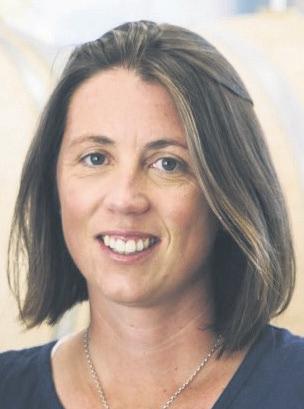
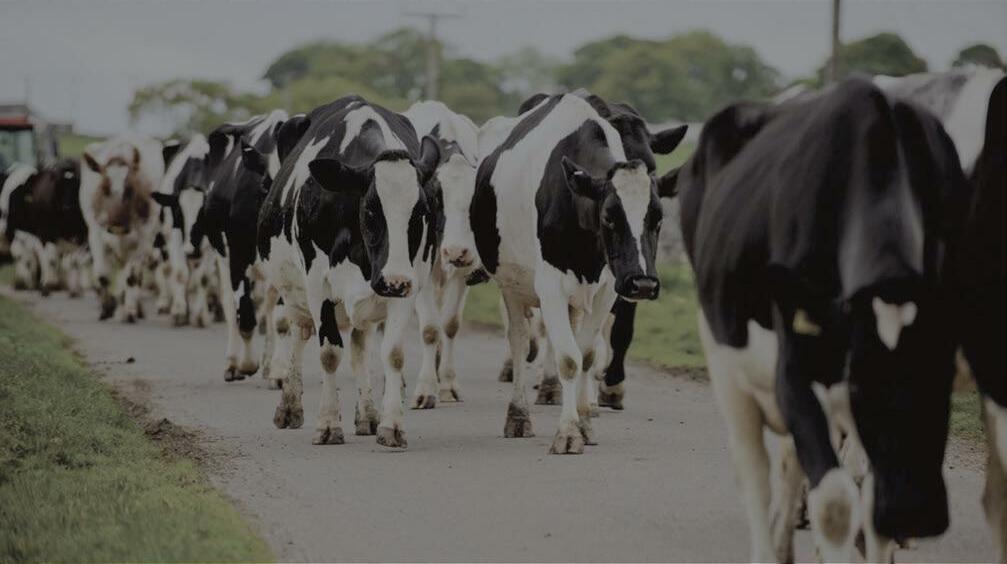
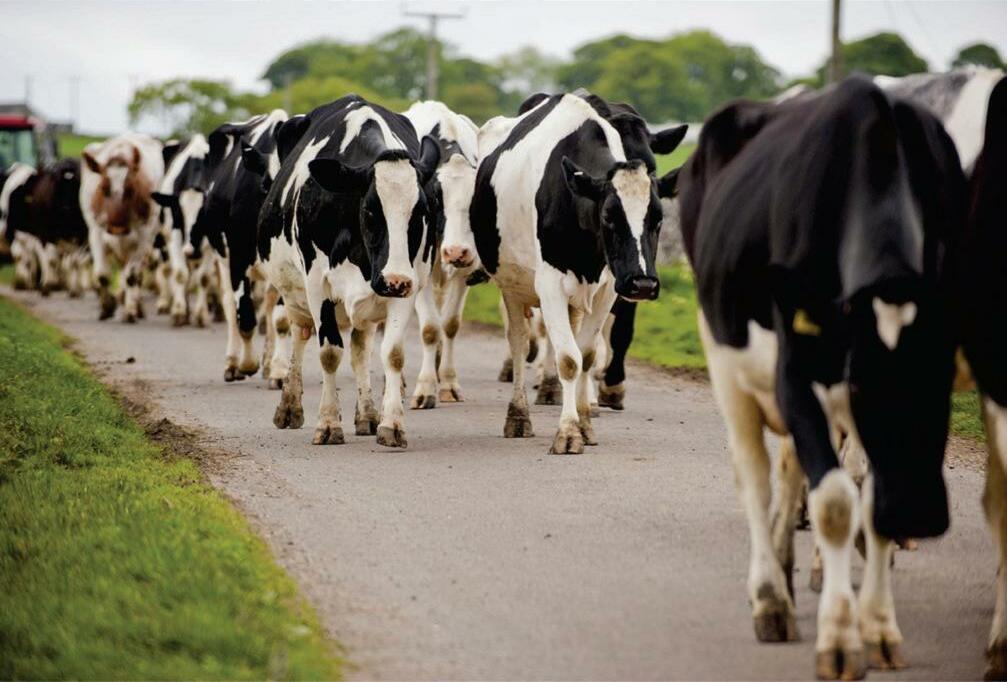
New Zealand’s sheep and beef sector is among the most emissions efficient in the world and the carbon footprint of sheep and beef production is estimated to be around half the global average – the Government must recognise this and be work with our sector to protect our economy while encouraging continued emission reductions.
All of the He Waka Eke Noa industry partners have recognised that the Government’s
changes fundamentally change the outcome and impacts of the agricultural emissions pricing framework. Now is the time for the industry to stand united and strong on the important aspects of its original proposal.
Consultation on the Government’s proposals began on 11 October and will run through until 18 November.
B+LNZ will be making its own submission informed by farmer feedback but it’s so important that individual farmers submit too. We need a strong collective voice to put pressure on the Government to ensure any pricing scheme is fair and equitable. B
+LNZ will be holding face-to-face meetings around the country, sharing our views on the proposal and providing advice to assist farmers with the submission process, details will be on the B+LNZ website or in our e-diary.

Benchmarked production and

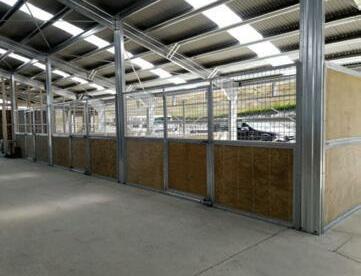
on
deer
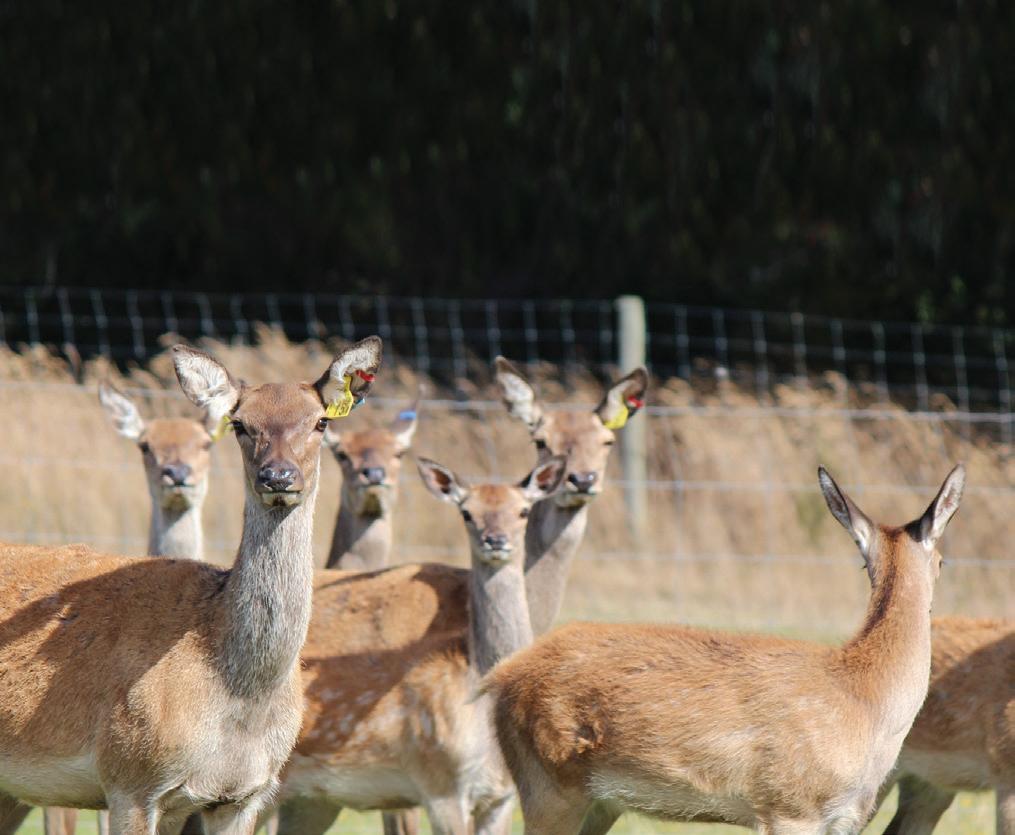
CANTERBURY FARMING November 2022 39LIVESTOCK DP0122
Johne’s disease info
your
Base your deer management decisions on the numbers. Contact DeerPRO for your report. 0800 456 453 or info@deerpro.org.nz 2018 70 65 60 55 50 45 Season Carcass weight 2019 2020 2021 20232022
]
The Government’s proposed changes to the agricultural emissions pricing
structure are disappointing to say the least.
‘Now is the time for the industry to stand united and strong on the important aspects of its original proposal.



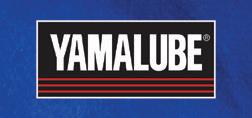











40 November 2022 CANTERBURY FARMING www.yamaha-motor.co.nz FIND YOUR LOCAL DEALER AT: *Disclaimer: Finance offer provided to approved personal applicants only. 6 months interest free offer for a credit limit up to $7500 on Yamaha Blue Card line of credit account to purchase any eligible Yamaha fun bikes. Applicable models: PW50, TTR50, TTR110, TTR125LW, YFZ50R, YFM90R, YFM90RYX. The 6 month interest free period will commence on the date the eligible transaction is debited from the account between the offer period commencing 21 June 2022 to 31 December 2022. After the 6 month interest free period, a variable interest rate of 19% p.a. will apply to the outstanding balance. Minimum monthly repayments of the higher of $60 or 4% of the outstanding balance is required. A $0 establishment fee, $0 monthly account fee and $55 annual fee applies. Other fees and charges may apply such as dishonour fee or late pay ment fee. Offer is available from 21 June 2022 to 31 December 2022 at participating Yamaha dealers while stocks last and subject to the finance application being approved and settled on or before 31 December 2022. Credit criteria, fees, charges, terms and conditions apply. Finance is provided by Yamaha Motor Finance New Zealand Ltd. NZBN 9429036270798 FSP 9622. $55 Annual Fee Applies 6 MONTHS INTEREST FREE*O N SELECTED YAMAHA FUN BIKES
Case IH taking it to the max
] Supplied by Case IH
Case IH is there to help you be ready with people who work alongside you that understand your operation and your needs.
We’re there with equipment designed to help you get more done and do it more efficiently.

Livestock, farmers and mixed-farm enterprises can count on Maxxum tractors to be ready for anything the season ahead throws at you.

The Case IH Maxxum dates back to the launch of the legendary 5100 series in 1990, followed by the MX series of which many are still in frontline use around the country.
Today’s Maxxum range has inherited the functional dependability of its predecessors with easy operation to suit operators with various levels of experience.
The Case IH Maxxum range covers 16 models from 110 to 150hp. With the choice of cab or ROPS, four transmissions and four engines, there is a machine to suit everyone.
The Maxxum ROPS comes in 110 and 125hp models, great for our specialist New Zealand demands of livestock farming and also horticulture. It has the no nonsense 16 x 16 semi powershift trans with the option of a 24 x 24 HiLo.
A 4.5 litre four cylinder FPT engine pow-


ers the 110 and the smooth running 6.7 litre six powers the 125. This is rounded out by a 113 lpm hydraulic flow to run any implement or loader efficiently.
The cabbed Maxxum Tier 3 has been a mainstay on Kiwi farms for years; solid and dependable, it has been well proven in New Zealand.
The same Tier 3 FPT engines from the ROPS power the Cab machines with a four cylinder in the 110 and the six cylinder in the 125 and 140.
With honest power these tractors take the toughest jobs in their stride. The simple and efficient 40 km/h 16 x 16 trans, and the optional 50 km/h 17 x 16 keep you moving at the right speed.
There is a braked and suspended front axle with diff lock for true 50 km/h. The cab is straightforward and uncluttered with all levers close to hand.

Maxxum Stage 5 combines the latest emissions level engines with class leading transmissions and all the features available on its bigger Puma sibling.
This range has electronically controlled engines from 115 to 150hp (unboosted) with an extra 30hp available when using PTO, Hydraulics or at road speeds.
The 115 to 145 models have a 4.5 litre four cylinder, with the 150 running the 6.7

Range: The Case IH Maxxum range covers 16 models from 110 to 150hp.
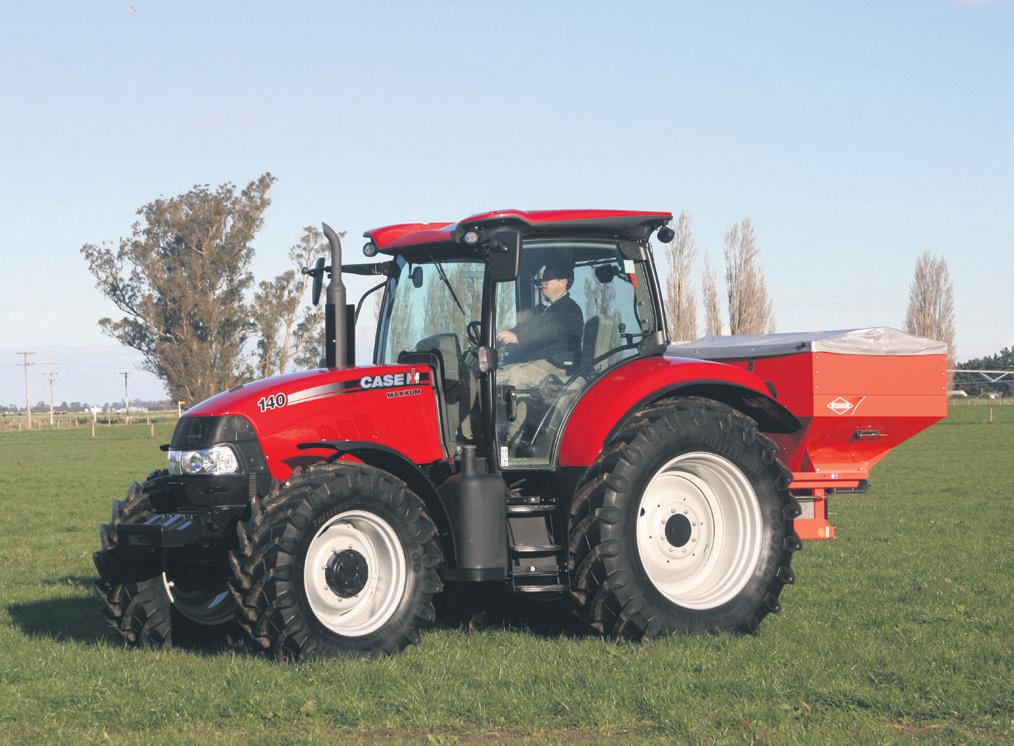

litre six. These FPT engines are coupled to either the CVT or the Active Drive 8 double clutch, semi power shift transmission.
The Active Drive 8 has eight gears with three ranges, creeper and 50 km/h options, brake to stop, auto change among other features all adding up to make a pleasurable operating experience.
The Case IH CVT has an easy to operate
transmission with a higher mechanical component than the competition, it goes from 30 metres/ hour to 50 km/h without any gear changes.
The Maxxum has a high hydraulic flow and a big rear linkage lift capacity. All these features are controlled by the logical Multicontroller armrest in the comfortable suspended cab.
CANTERBURY FARMING November 2022 41
Every year, a growing world demands more food, more fibre, more fuel and we have to produce it with less land, less resources and a greater focus on sustainability.
Choosing the right all-terrain vehicle
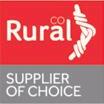

When you’re in the market for a all-terrain vehicle (ATV), it can be pretty overwhelming to sift through all the options. After all, you want to find the one that’s going to serve your individual riding style.
] Article supplied by
Northern Power Sports

The first thing you’ll want to do is decide what type of ATV you should buy, which means you also need to consider your intended purpose.
Each machine offers a different set of fea tures that are often meant for a specific use and riding style. One way to ensure you re ceive the full potential of your ATV is to buy the one that’s right for your needs.
One popular choice is the utility model, which offers a bulky and boxy appearance.
These ATVs usually include several heavyduty features, such as tow hitches, cargo racks, and two-up seats. If you plan to use your machine for completing challenging tasks on the job site, this is the perfect mod el for you.
The rock-solid construction makes them ideal for enjoying hours of fun on the trails as well. This means you can use your quad for both fun and work.

Another common option is the sport mod el, which offers an improved suspension sys tem for superior performance when you’re chasing those thrills.
It’s important to remember that this type of ATV is mostly used for entertainment pur poses. Therefore, if it’s endless adrenaline rushes you’re after, this might be the perfect quad for you. You’ll be able to hit top speeds
and have unmatched agility when taking cor ners and handling bumps.
Most ATV riders will do well with a stand ard model that offers the basics when it comes to power and performance.

If you’re more advanced in your riding style or simply crave an extra kick of power, there are models with special features you can choose from.
For example, you can search for models


There are plenty of options when it comes to choosing an ATv for your farm, and then are those designed for fun in mind. Photo supplied by Action Power Sports.
with larger seating accommodations and a suspension that’s capable of handling extra weight without sacrificing performance.
If it’s comfort you’re after, look for quads with fenders that’ll keep the mud off you.
42 November 2022 CANTERBURY FARMING
]
What the headlines don’t show
So here we are now looking down the barrel of huge taxes on the farming industry to show the world we are leading the fight against global warming.
] with rob Cope-Williams

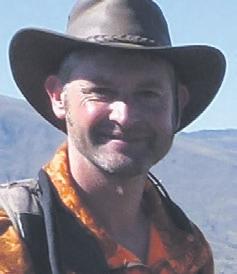




I am not going to start talking about we will do something when India and China do, that would be a waste of time and effort.
However, there seems to be more to just a tax on emissions and the whole population will get sucked into the whirlpool.
I do not need to tell you that the tax was being set up ages ago when the Government Ministers admitted they wanted dairy cow numbers to be reduced. Nor do I need to point out that the free trade agreement with the UK did not include anything to do with red meat or dairy produce.
Even an extra tax on farm utes was introduced to slap the farming industry around a bit. Naturally the move was trumpeted overseas as a positive step to reduce emissions.
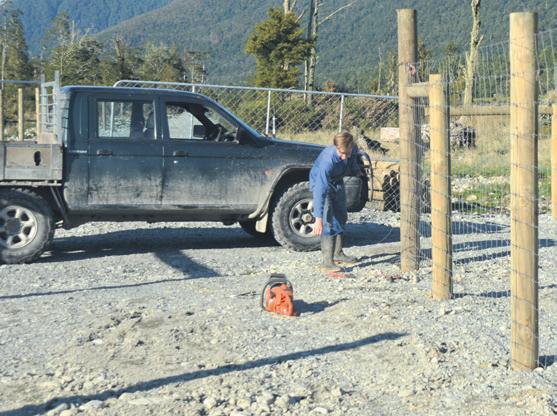

People are already screaming about the cost of dairy produce, cheese and such, but that will double as the cow numbers drop and
volumes disappear. I note that Air New Zealand are already making adjustment ant using soy milk rather than dairy milk on some flights.
So, the fine print for farmers planting trees.
To get into the scheme, you must plant 1 hectare or more with trees that grow to 5m high, canopy of 30 percent, and a 30m canopy at maturity.
Shelterbelts, fruit and nut trees and native blocks that existed prior to 1990 are not included.
Forests that were planted pre-1990 (as per the Kyoto protocol January 1 1990), can be harvested but if not replanted or there’s a change in land use, credits will have to be paid back for those emissions. So, 30 years of emissions tax.
As different species produce different levels, you need to work out levels on the “lookup” tables if under 100 hectares or do a physical measure if over 100 hectares.

There will be a raft of overseas investors who have bought blocks of land and are planting trees so they can get the credits, which they were planning to sell overseas.
The fear was that the understanding was that they plant trees and walk away from them without any maintenance with timber production in mind.

Whoops, they have just walked into a very


Front row seats
severe trap and will need to pay locals to measure the credits due as per the set rules.
Well, that is a small win in an obscure way.
I am sorry, but I for one, cannot understand the reason one would kill off the main income of any business because the company wants to look good in the competitions eyes.
You and I are seated in the front row of a truly extraordinary show. A show never before seen and never to be repeated. A show that will go down in history time after time. But never quite as it happened.
] by Solis Norton

The curtain has rolled back, the lights dim, a hush falls.



We are about to see first-hand how our population and our systems deal with a postgrowth world.
Since World War II we have known only growth. Interspersed by rare and minor shortlived flashes of economic stagnation. Global GDP has risen in this time at around three percent per annum. Economists believe this indicates a healthy economy, balancing growth, unemployment, and inflation.
The growth has been enabled by expansion of the global energy supply. This factor has also increased at three percent per annum in the same period. Three point one to be exact. Not a coincidence.
In 1944 the new international ‘Bretton Woods’ monetary system was established.
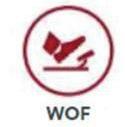
Its purpose to coordinate the distribution of resources needed to rebuild from the aftermath of the war. One resource in particular was energy, especially oil.
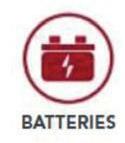
By the early 1970s with this rebuild largely accomplished growth had become an integral part of our psyche. The world dominant US dollar detached from the gold standard to become a floating currency. Other major currencies followed suit.
Float is an interesting term. In essence they came to float on our energy supply. So as it expanded, so too could the cash. The world economy’s voyage in the fifty years since has been huge, beautiful and steady.
Until now. Oil production has begun to decline. At a rate of six percent per year, according to the Amin Nasser, CEO of the world’s largest oil company Saudi Aramco.
Six percent is twice as much as three percent, so probably quite a lot really compared to what we’re used to. It’s drop since 2017 was obscured by COVID and now other hot media items.
He says also that investment in the oil industry has dropped by half in the last five years. True divestment. So the decline cannot be reversed quickly or easily, or perhaps even at all.
The show, ladies and gentlemen, is how
we manage the effects of this. The first scene is unfolding now in the European Union as it struggles for gas. The scenes to follow will dwarf and outpace our adaptation to Climate Change so completely you will wonder if we ever really took the latter seriously.
True adaptation is a conversation we need now. Not to climate change. To energy scarcity and it’s impact on every facet of our life. It’ll be tough. But not as tough as justifying the predicament to our children.
CANTERBURY FARMING November 2022 43
‘ even an extra tax on farm utes was introduced to slap the farming industry around a bit.
S T


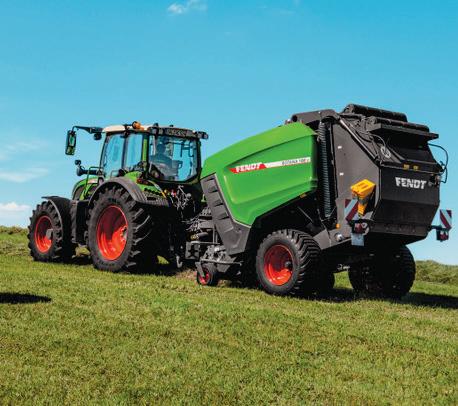
44 November 2022 CANTERBURY FARMING
MF TL-V VERTICAL FOLD MOWER
When it comes to harvesting high quality forage, you need machines that will put you in perfect shape, time and time again Fendt round balers offer uncompromising reliability exactly when you need it, with the HydroFlex system eliminating blockage and the 2 1m camless pick up ensuring high speed operation for maximum productivity While the Constant Pressure System produces consistently high density bales, the reliable netting, fast unloading and ISOBUS monitor make Fendt round balers the perfect choice for any operation A L W A Y
H LE E INNOVATION, RELIABILITY, EXPERIENCE I N S T O C K N O W ! FENDT ROUND BALERS
 ] by Kent Caddick
] by Kent Caddick






































































































































































































































































































 ] by Kent Caddick
] by Kent Caddick



































































































 Eli Paster CEO, PolyJoule
Eli Paster CEO, PolyJoule
































































 ] by Andrew Curtis
] by Andrew Curtis
 ] Primary Insight
] Primary Insight

































 Wool Procurement Manager,
Wool Procurement Manager,





 PGG Wrightson Wool
PGG Wrightson Wool































































